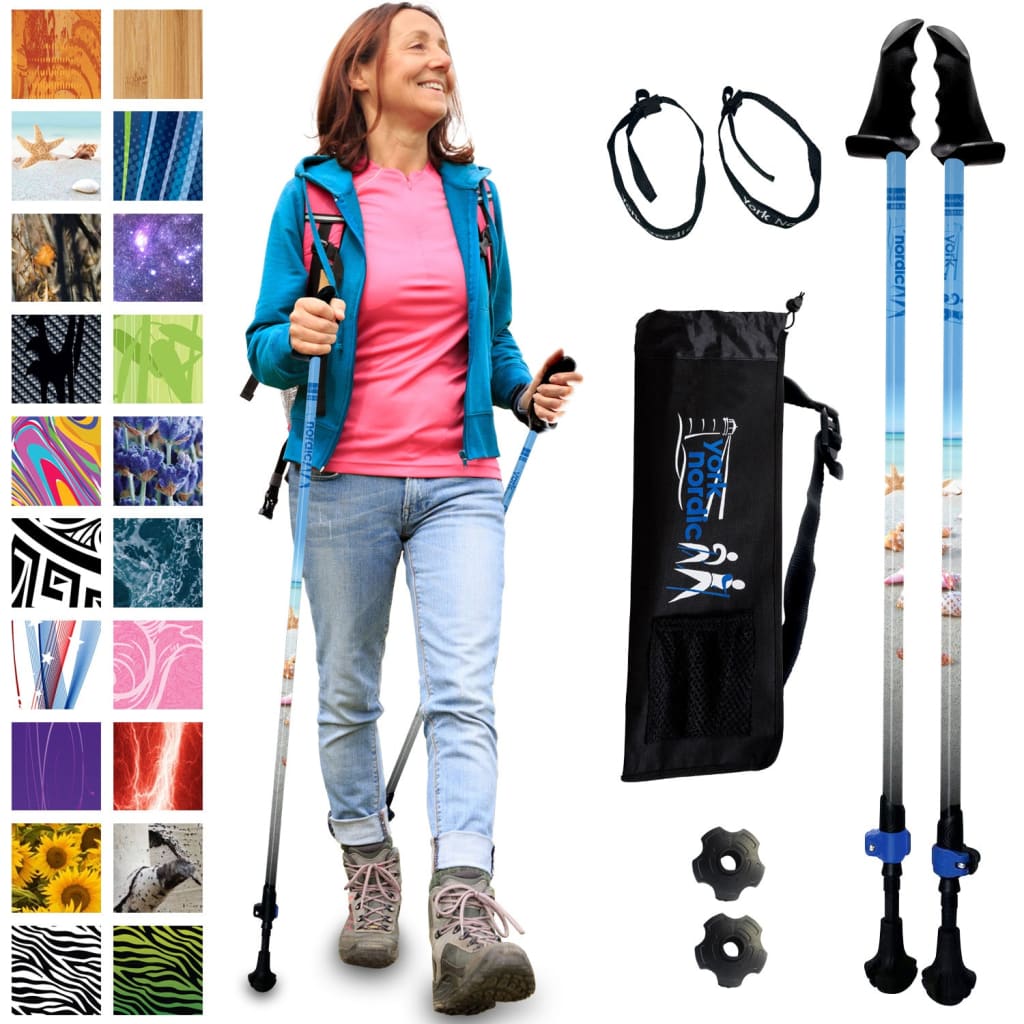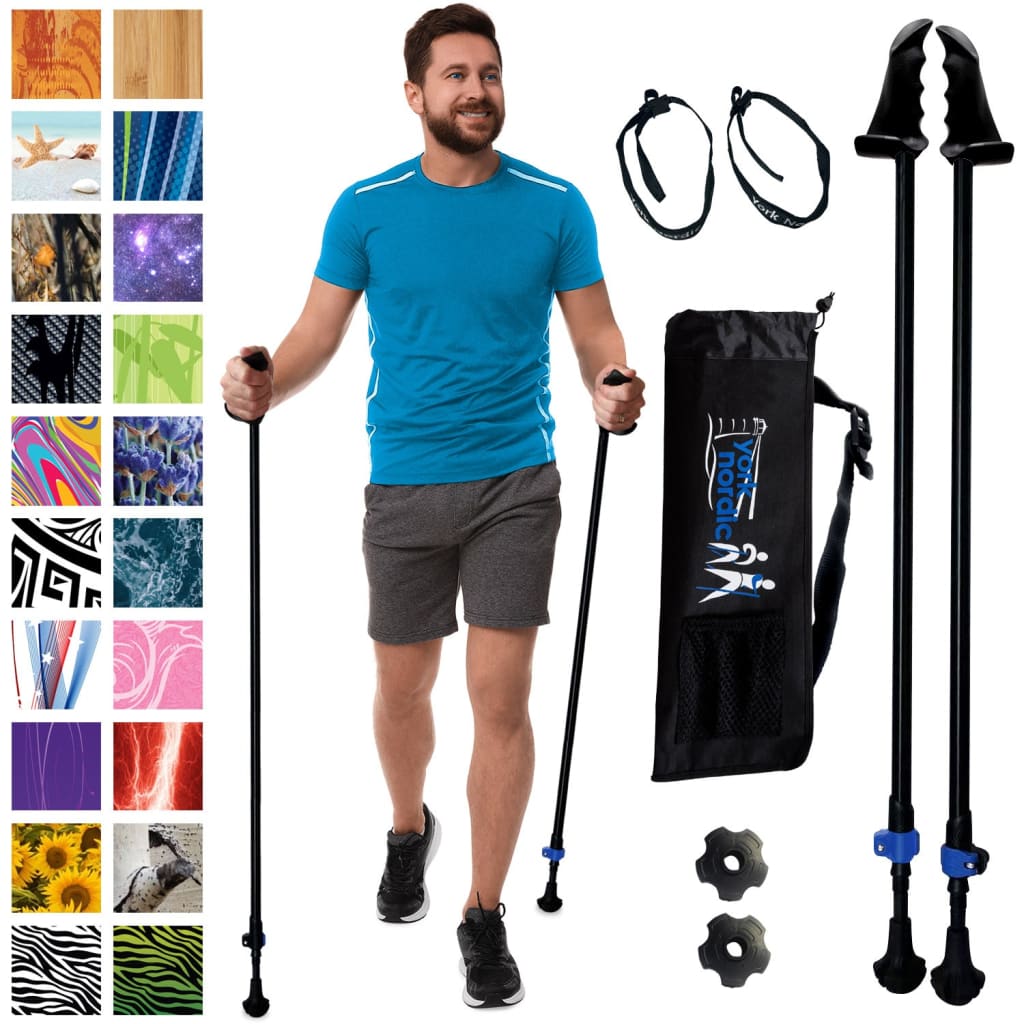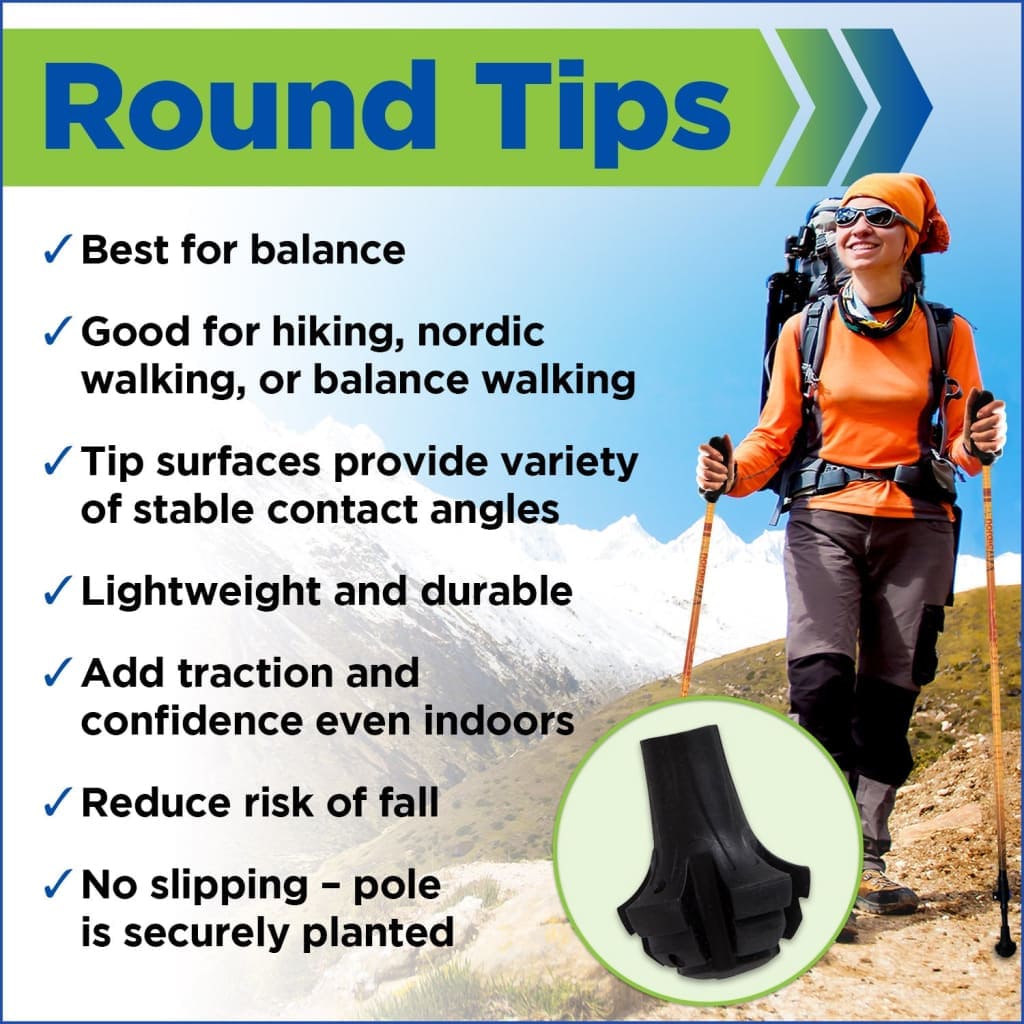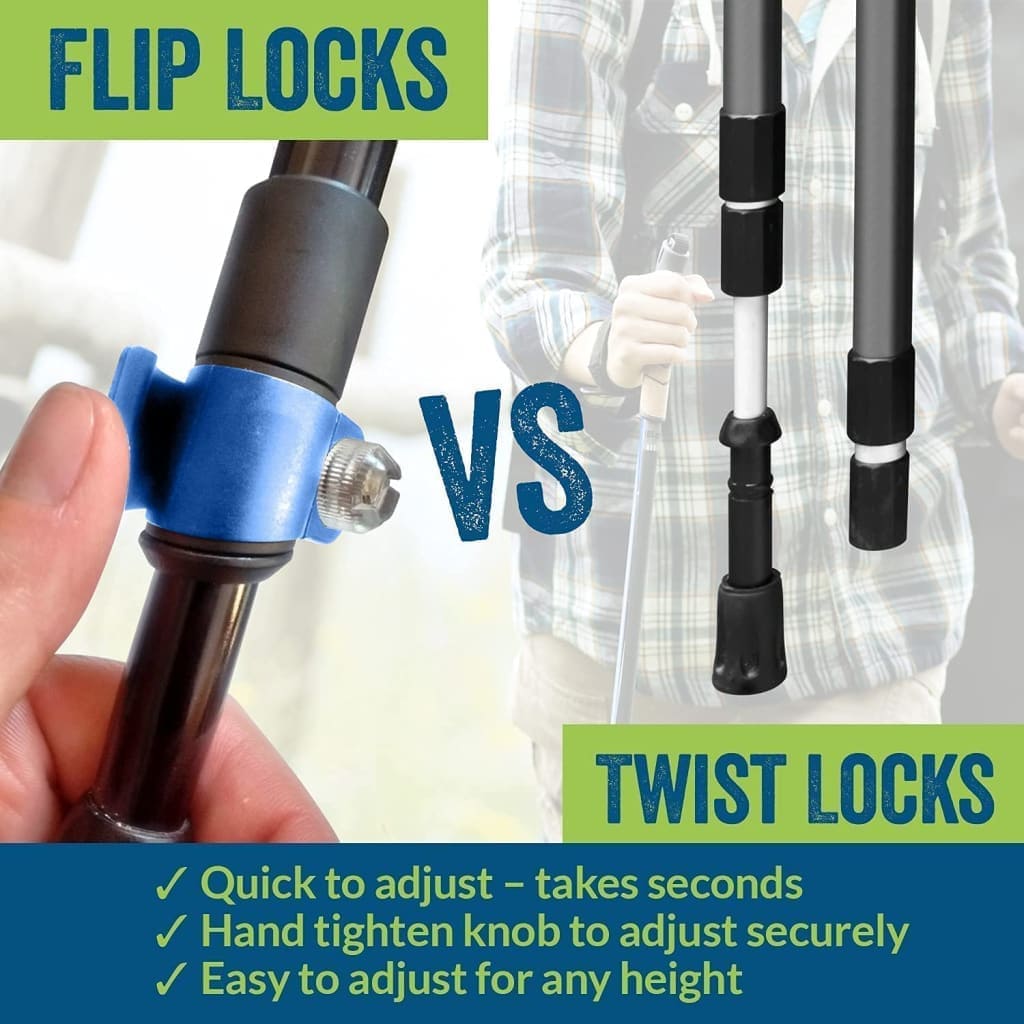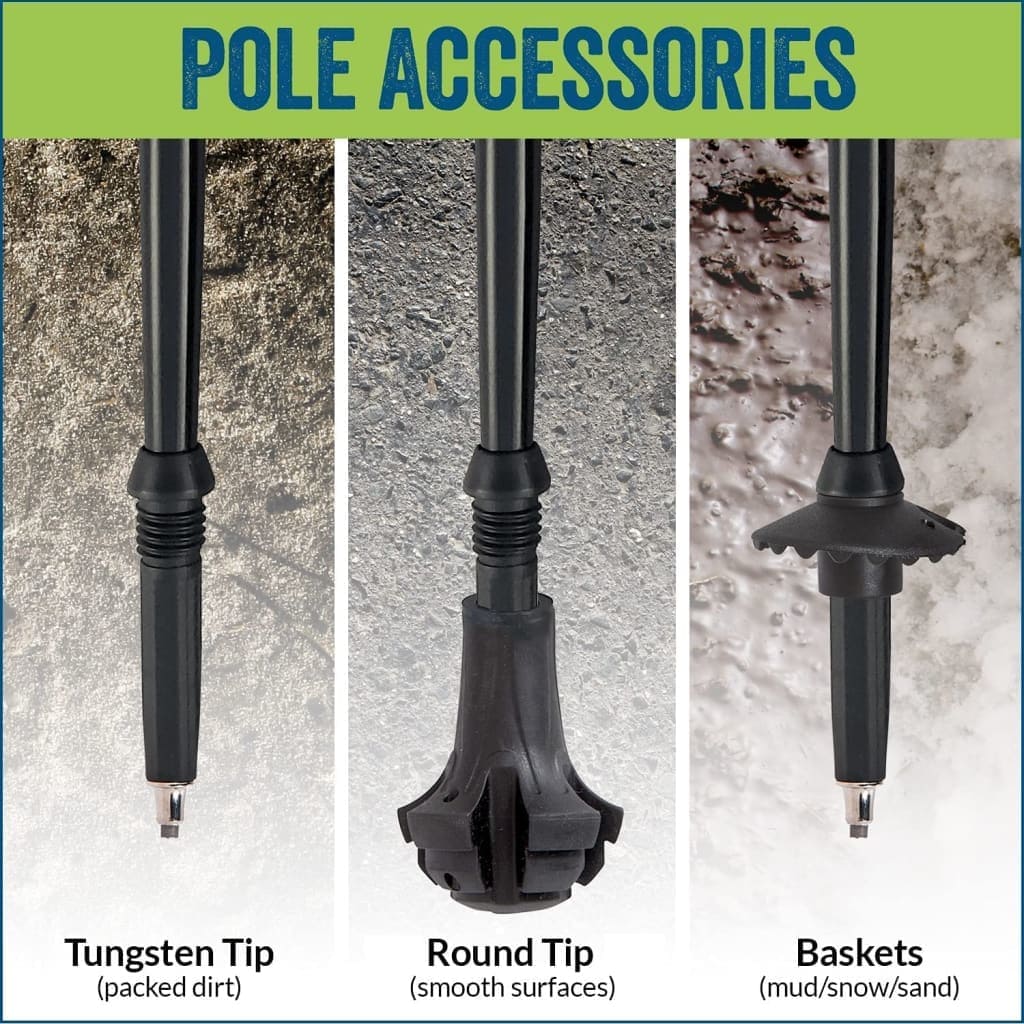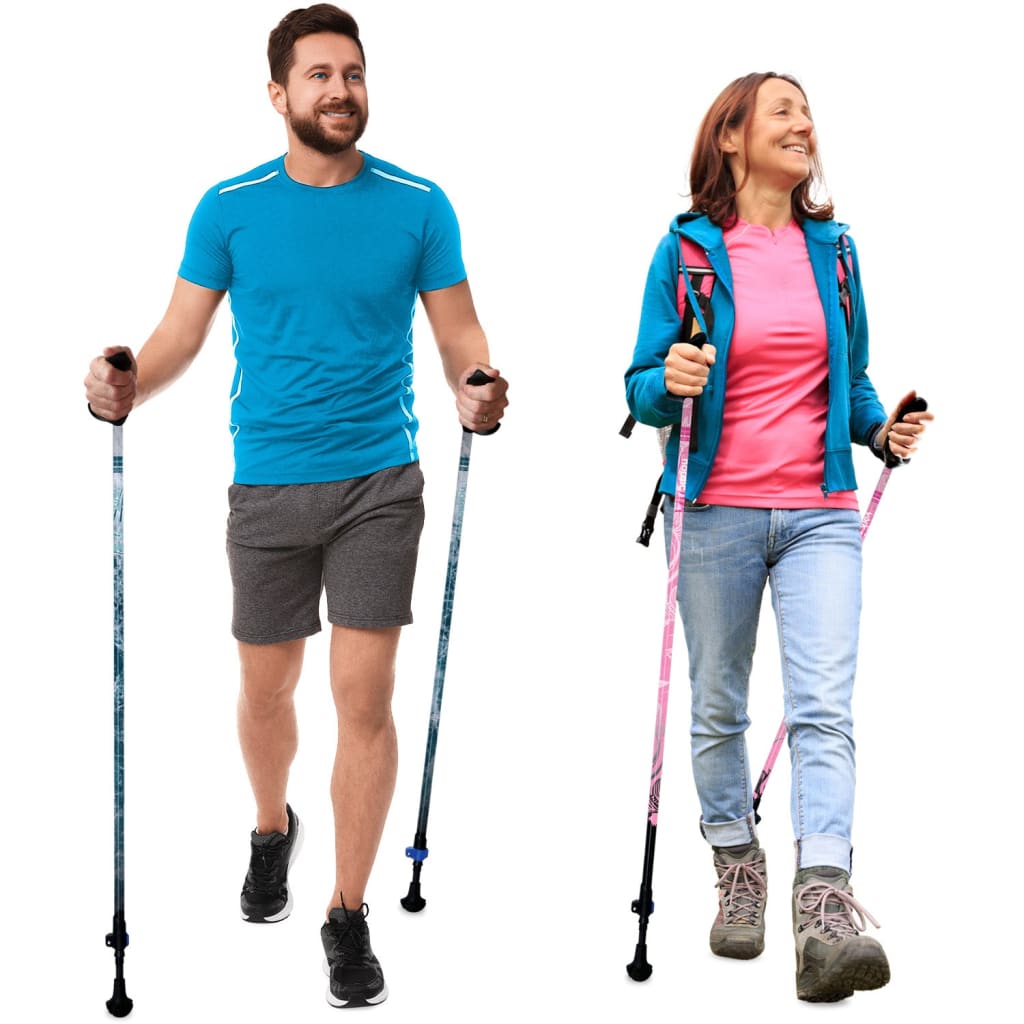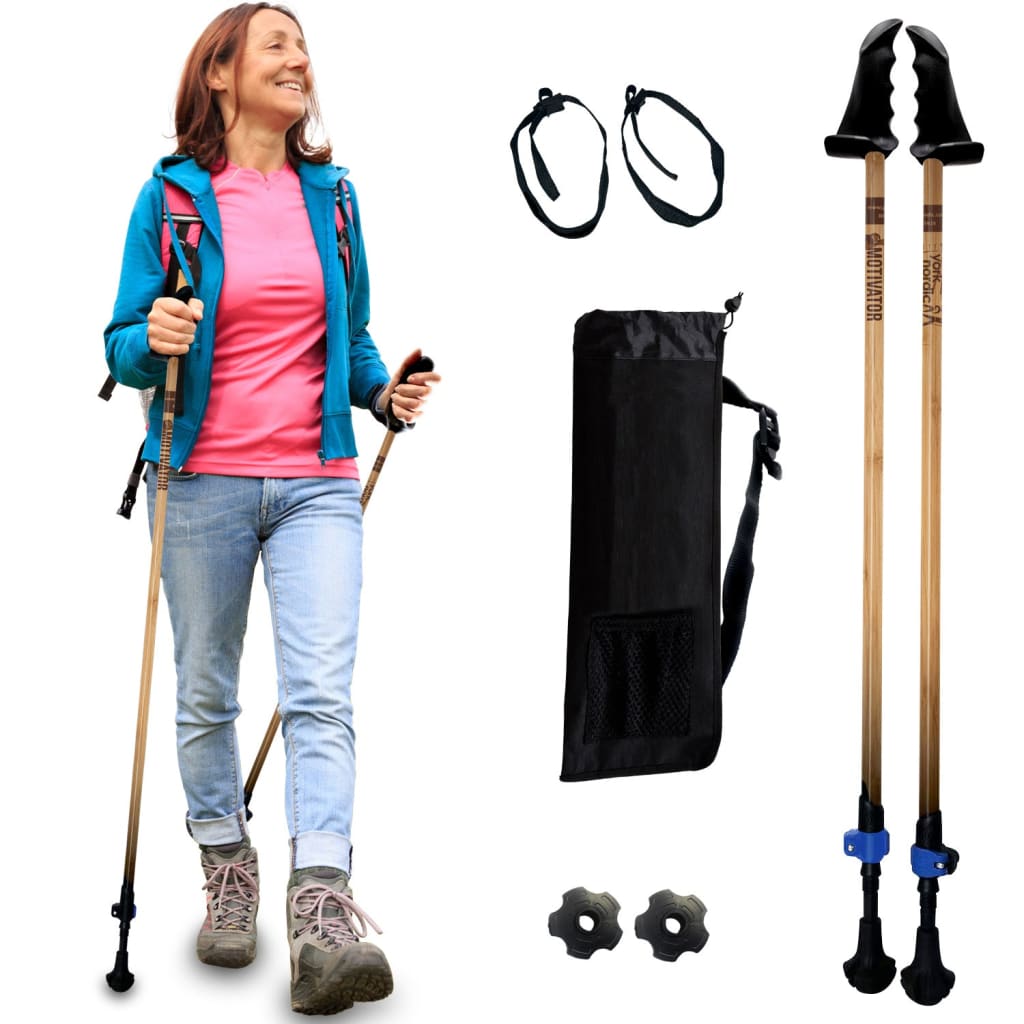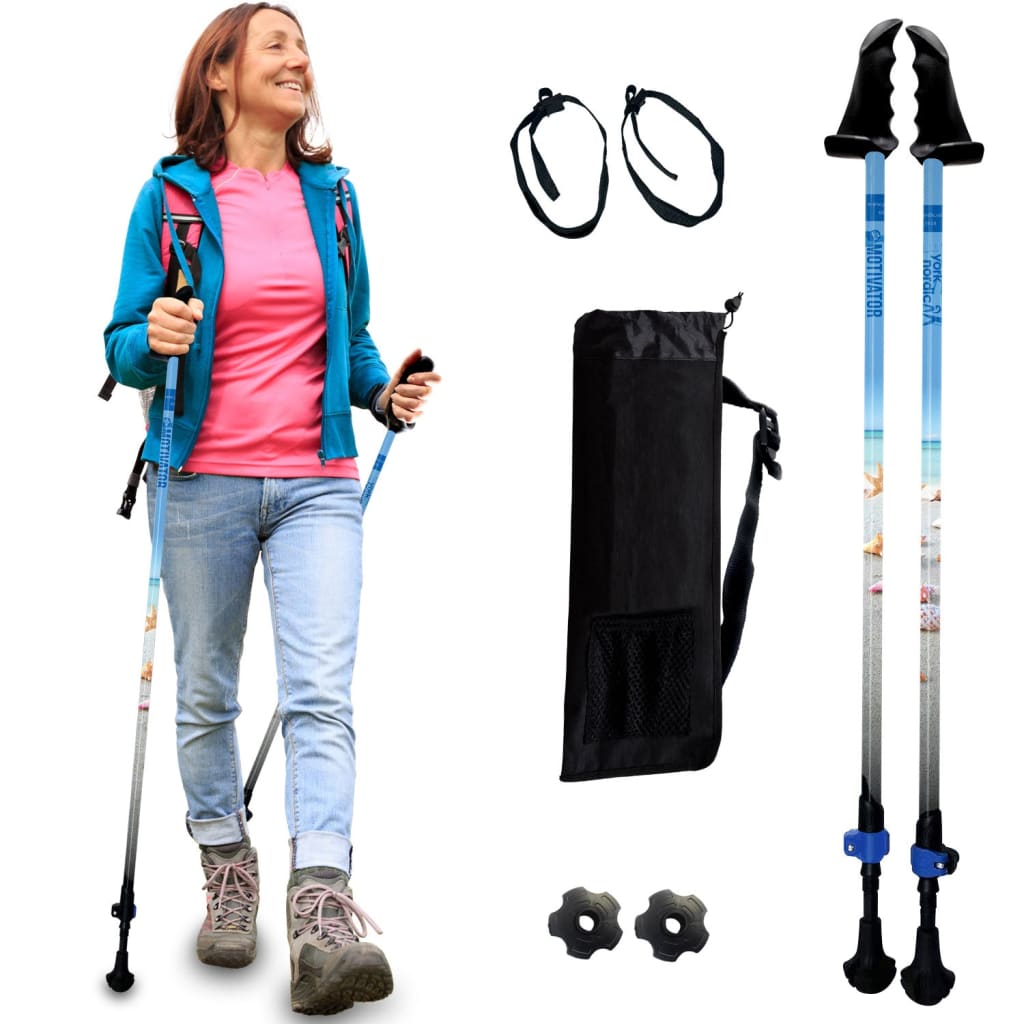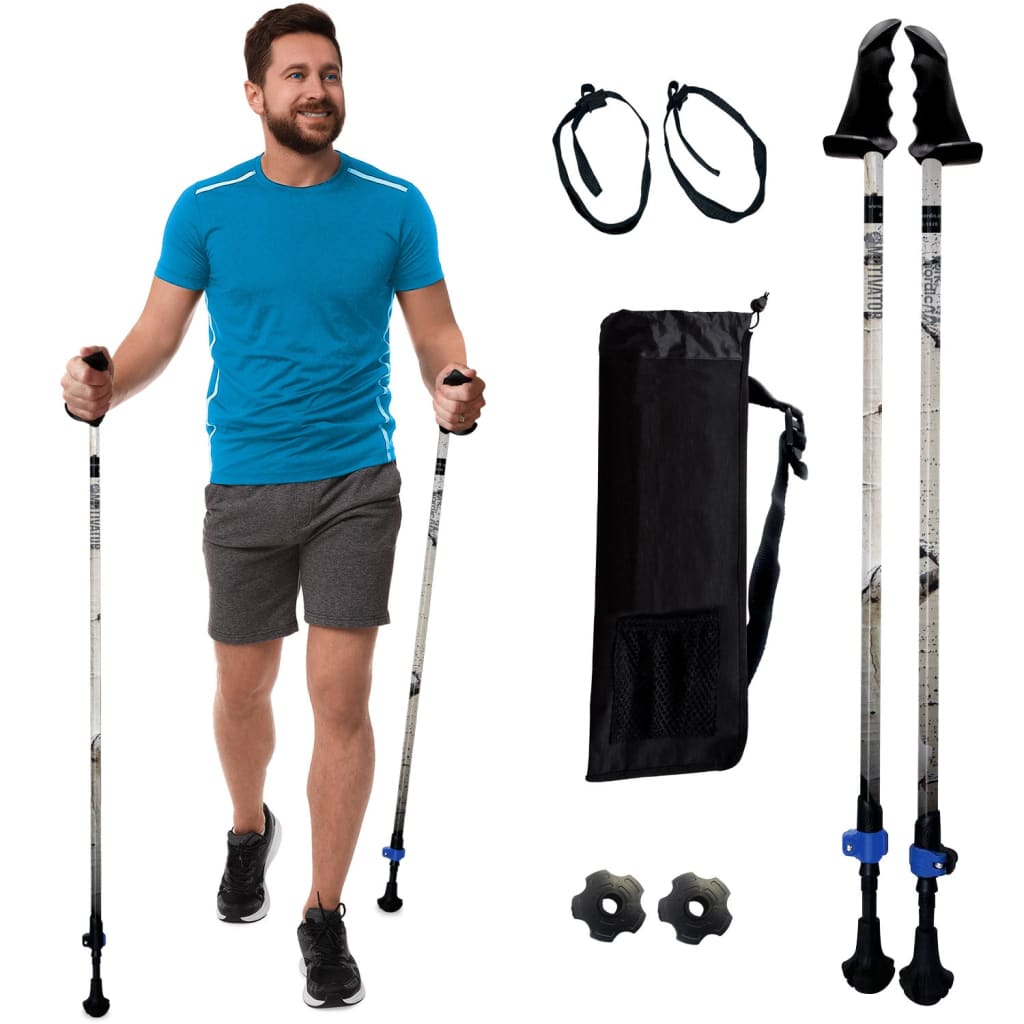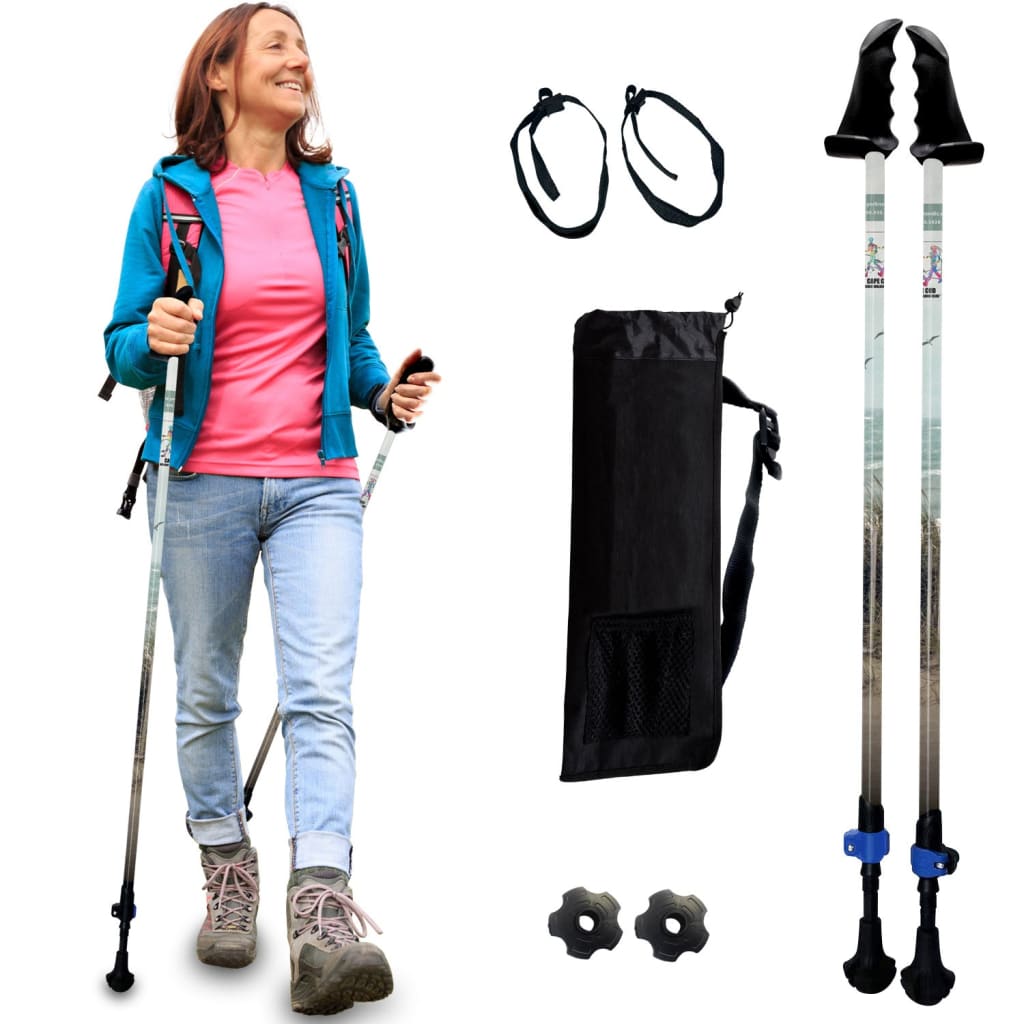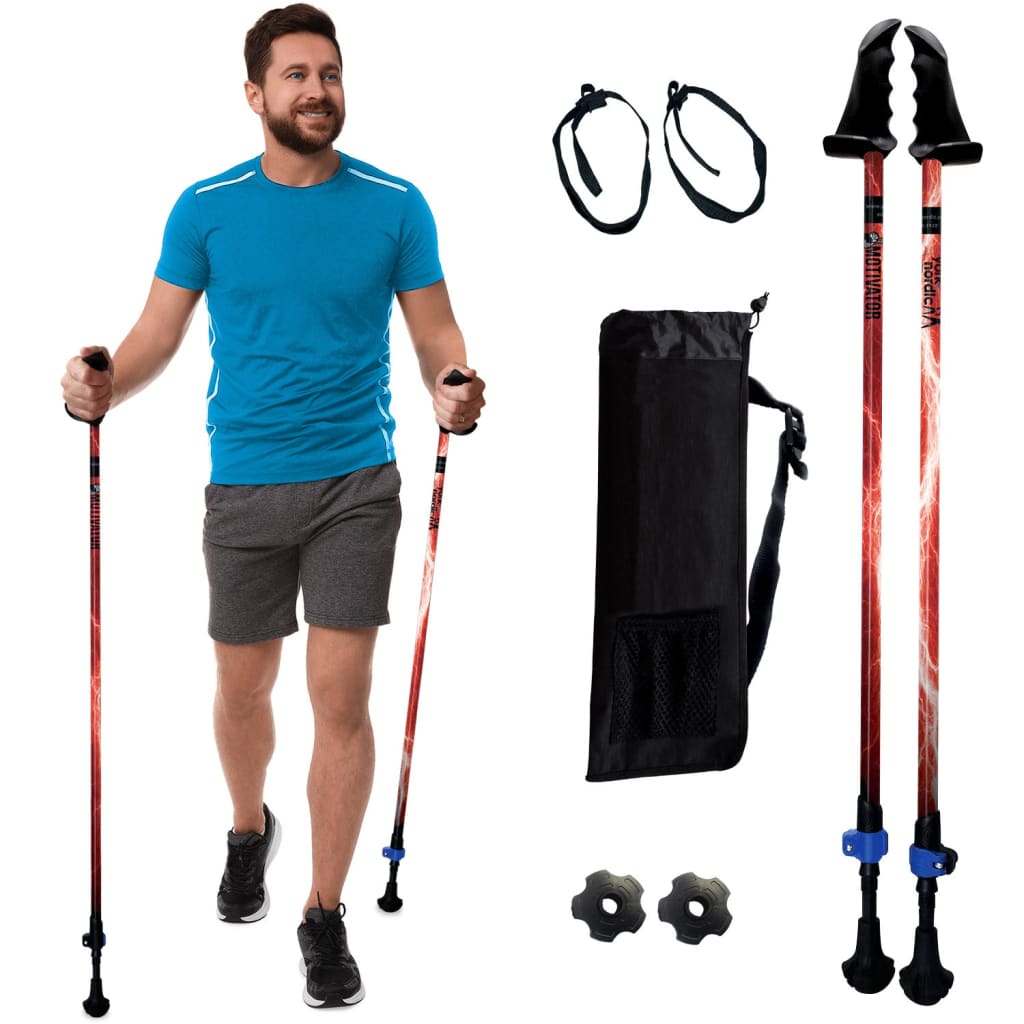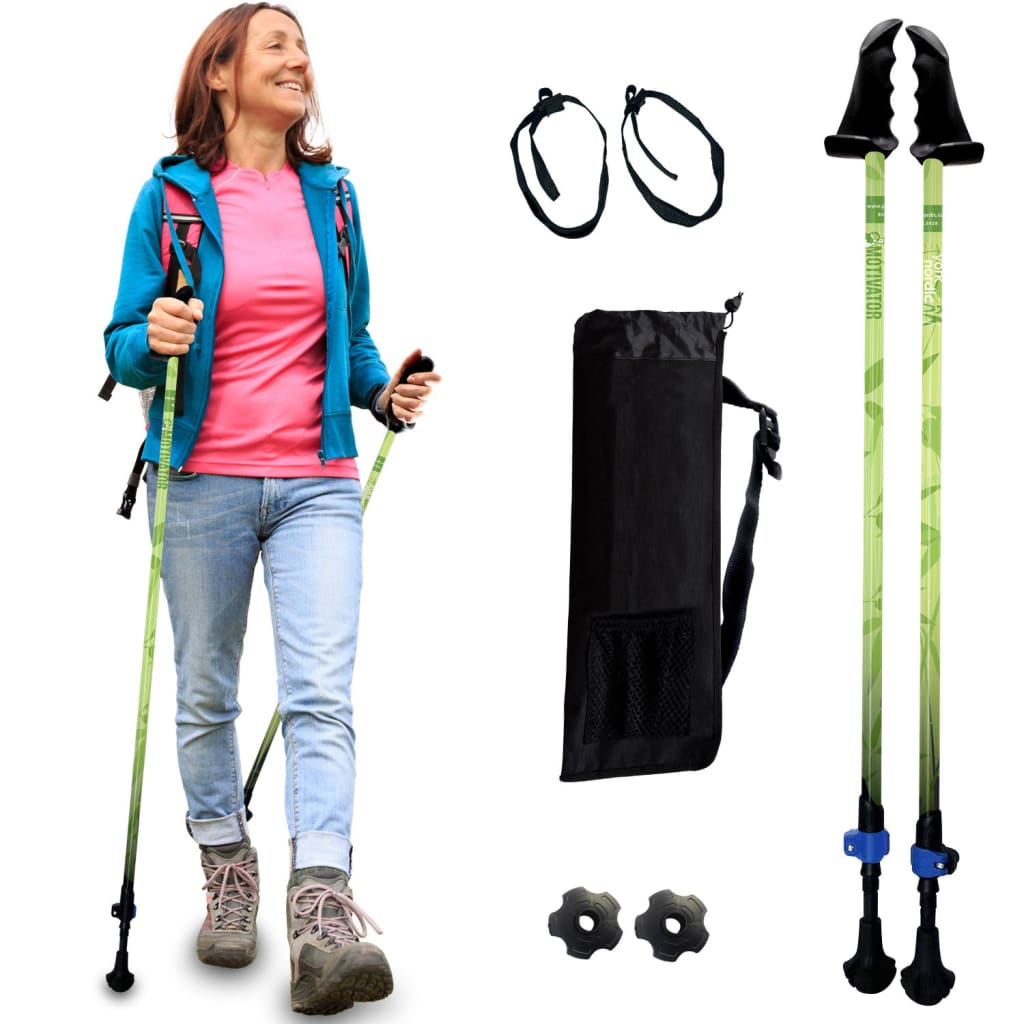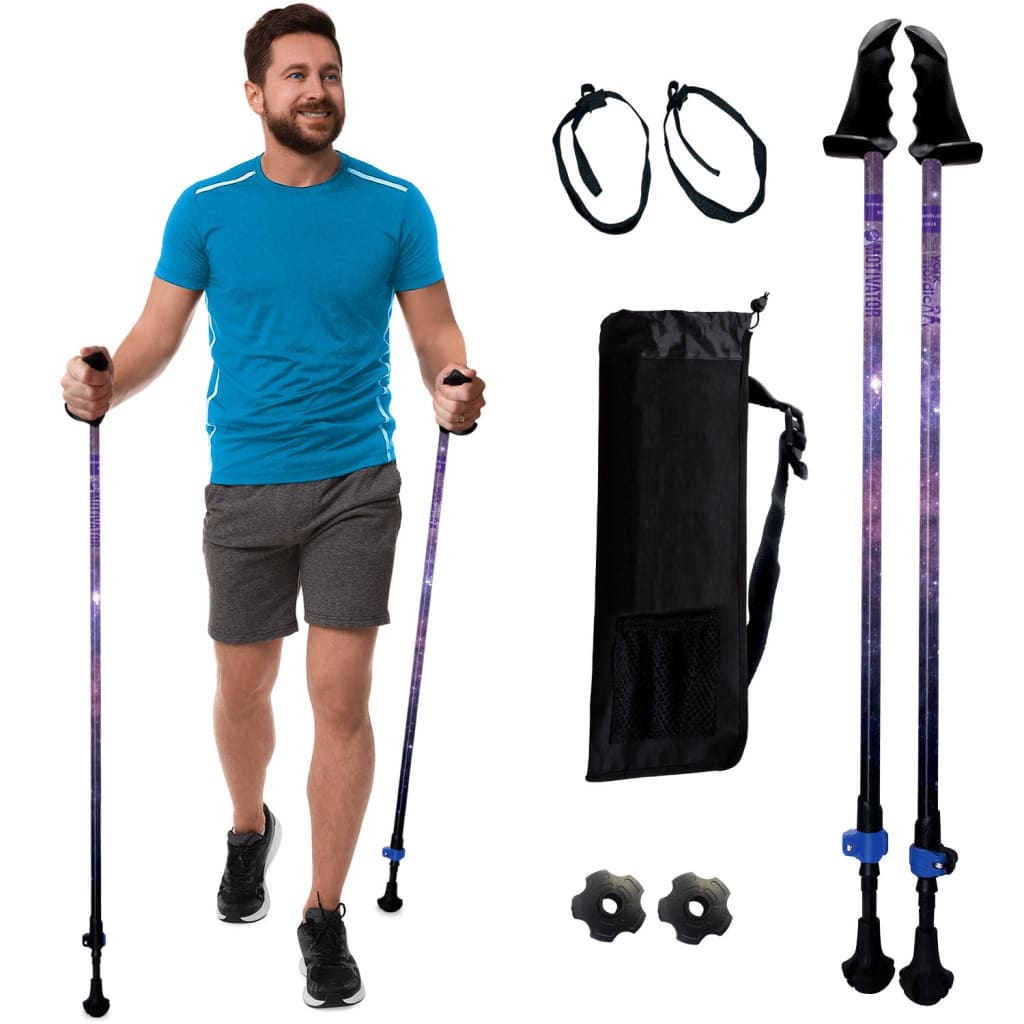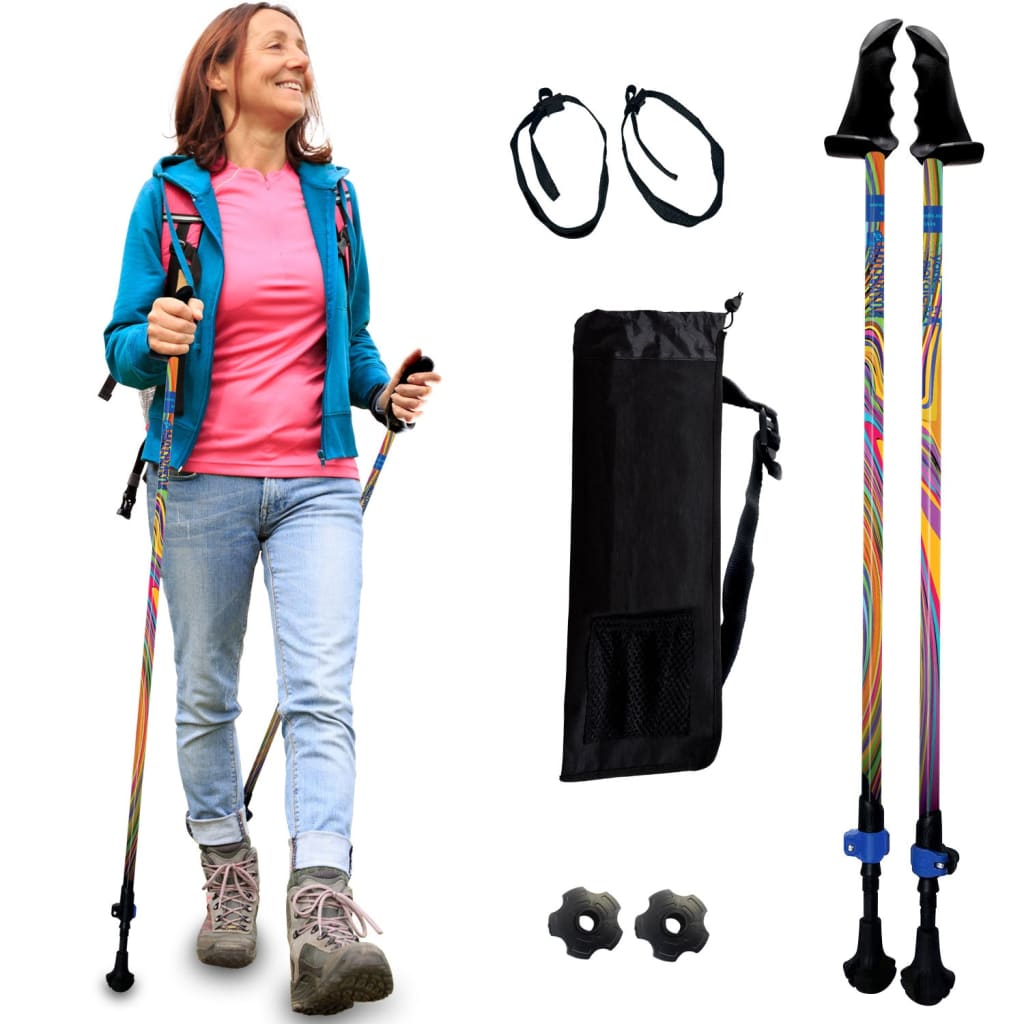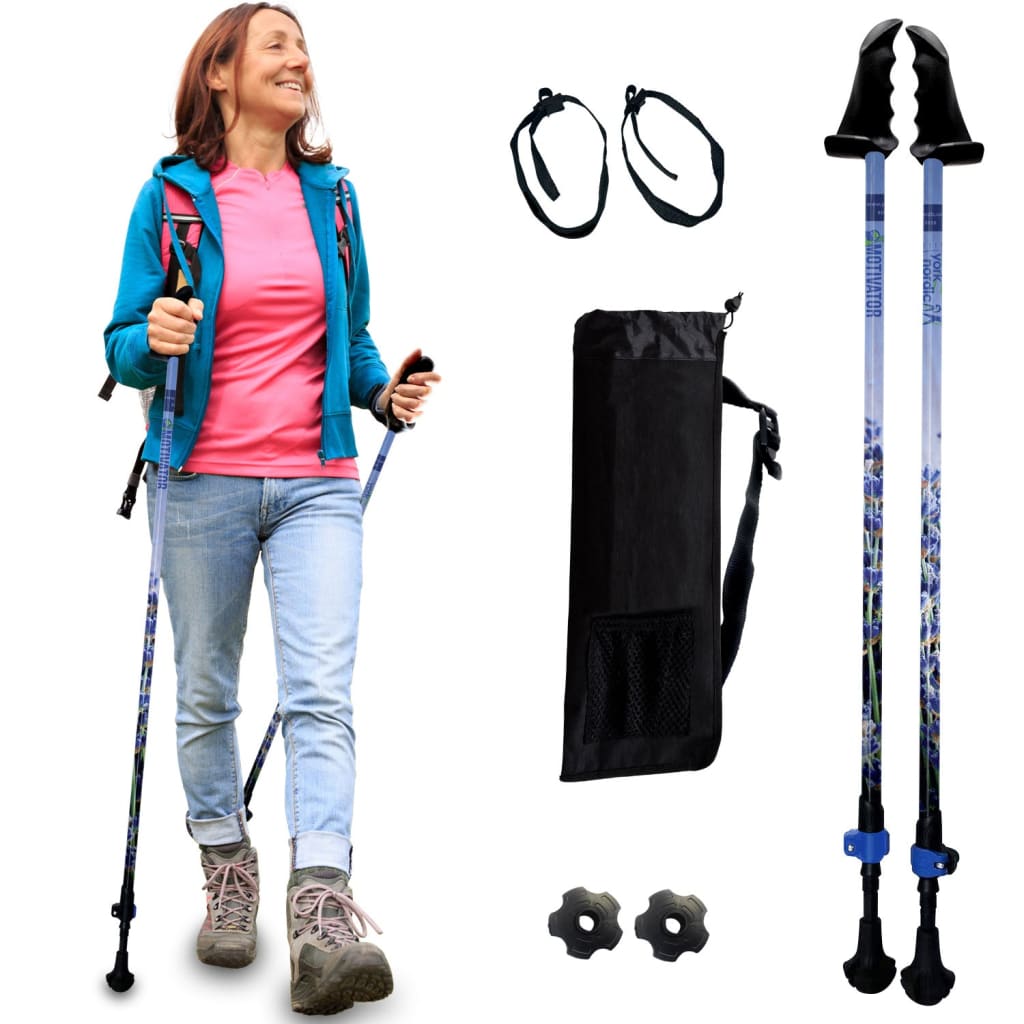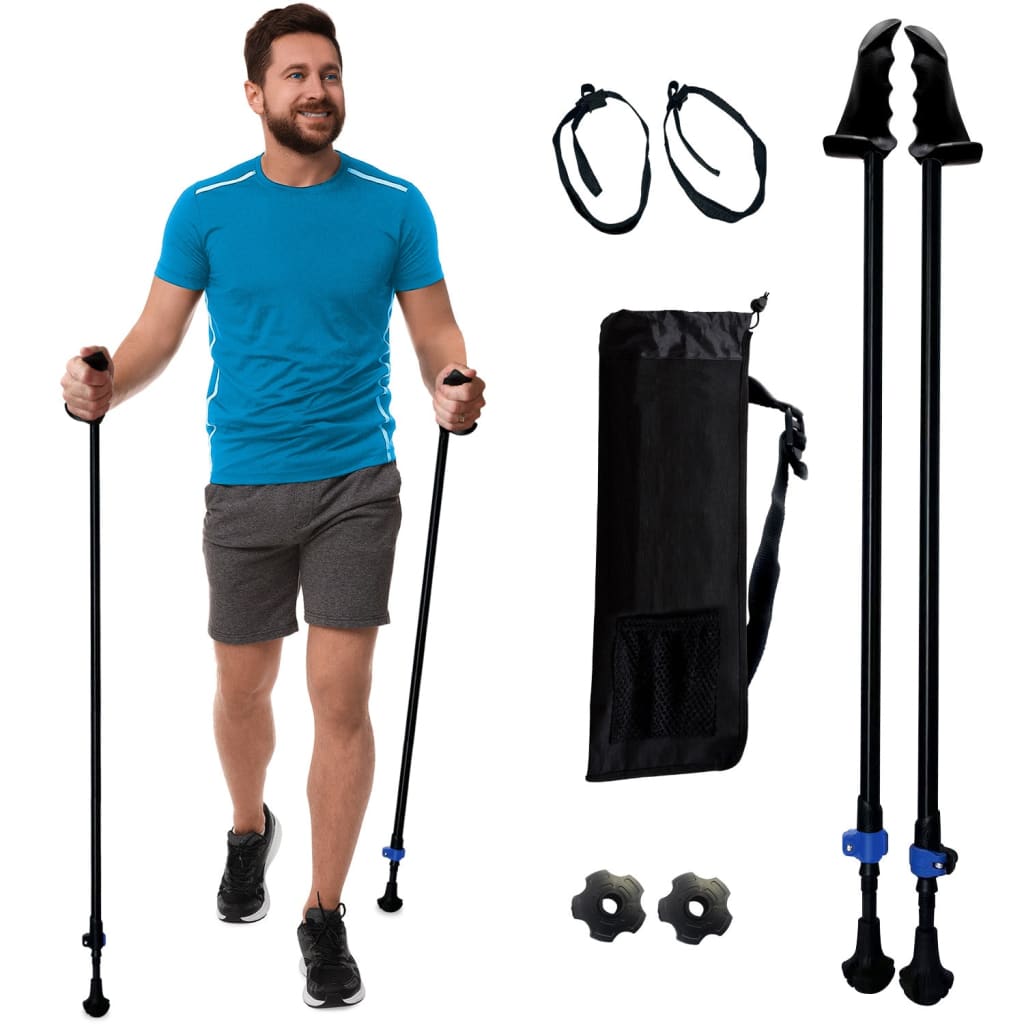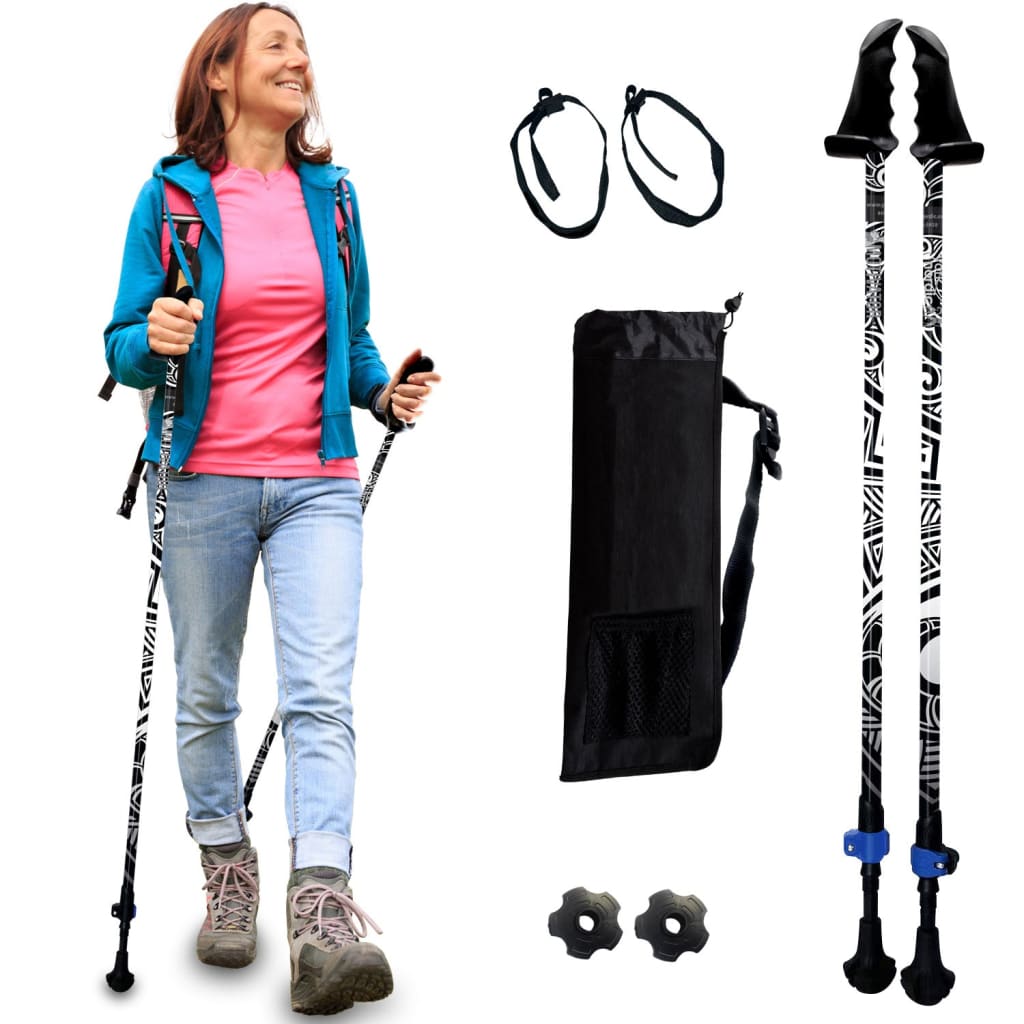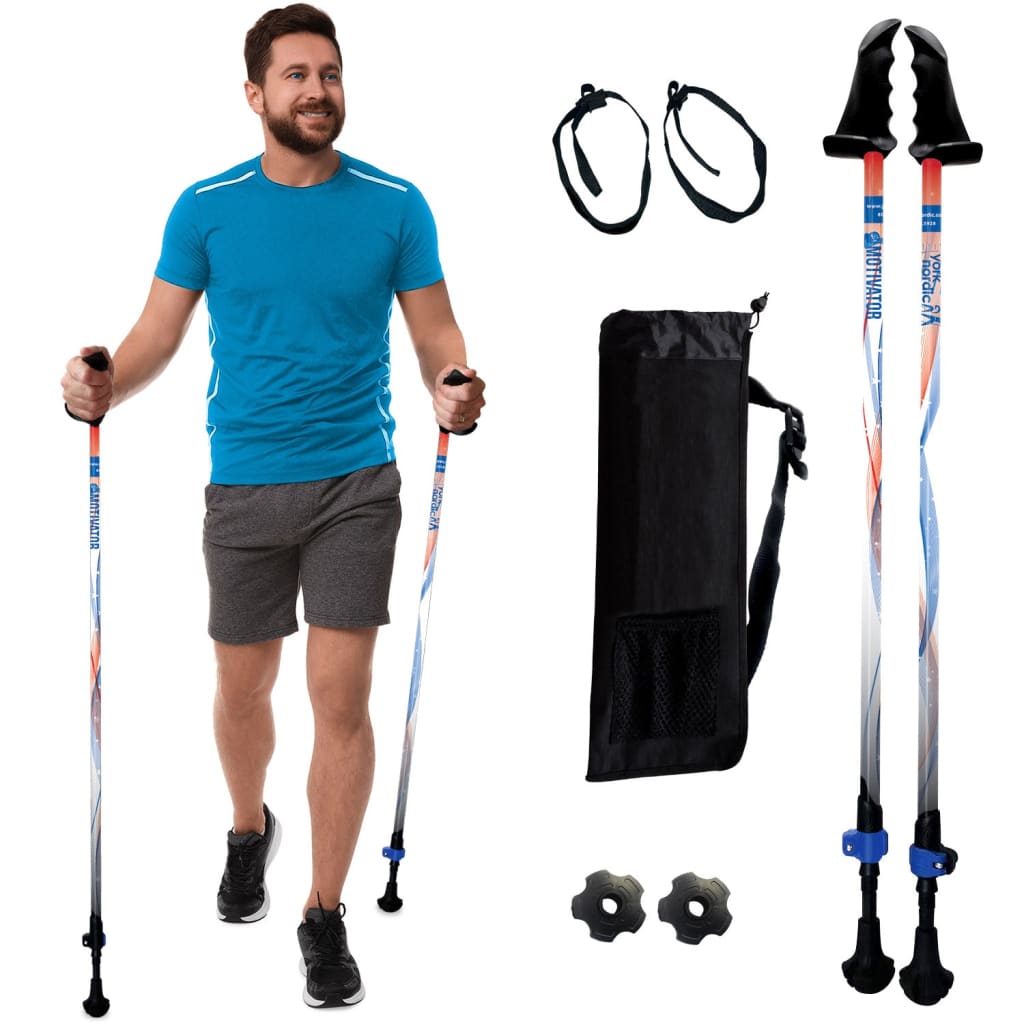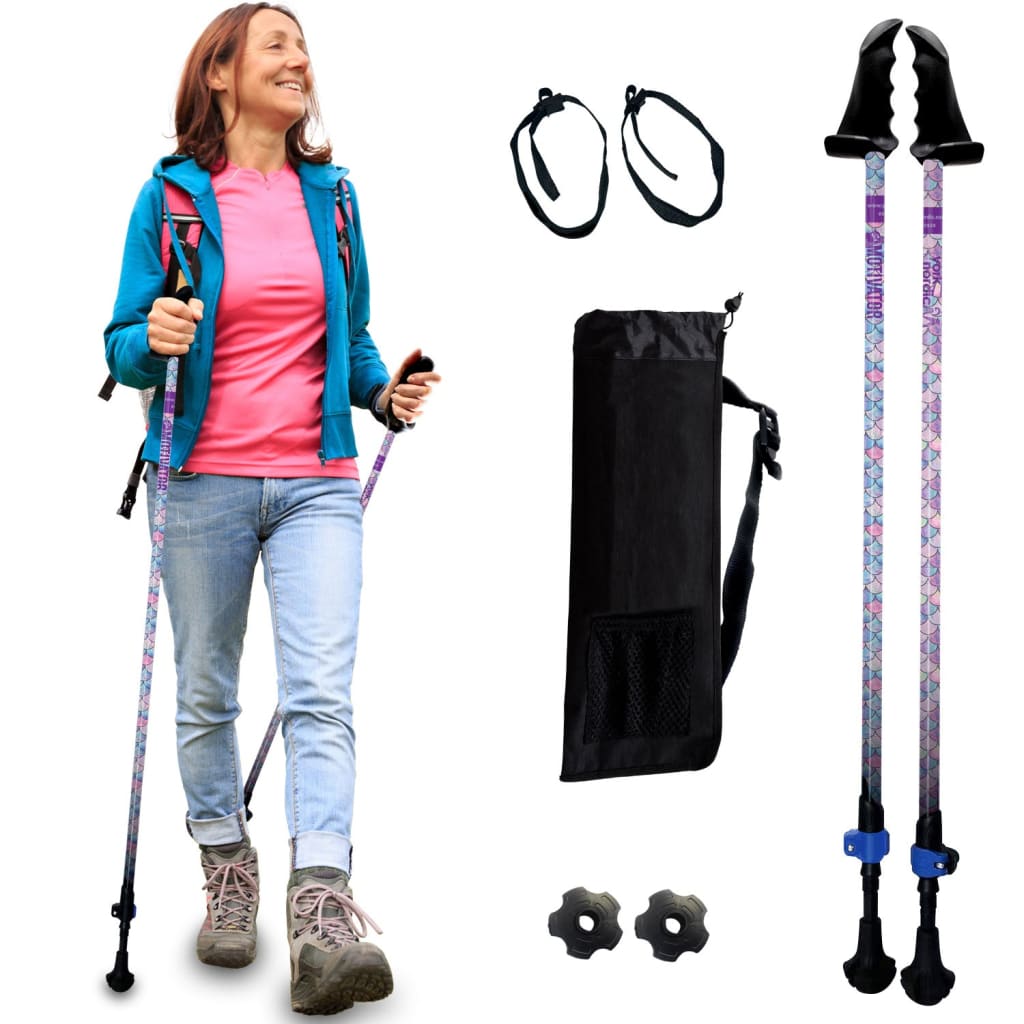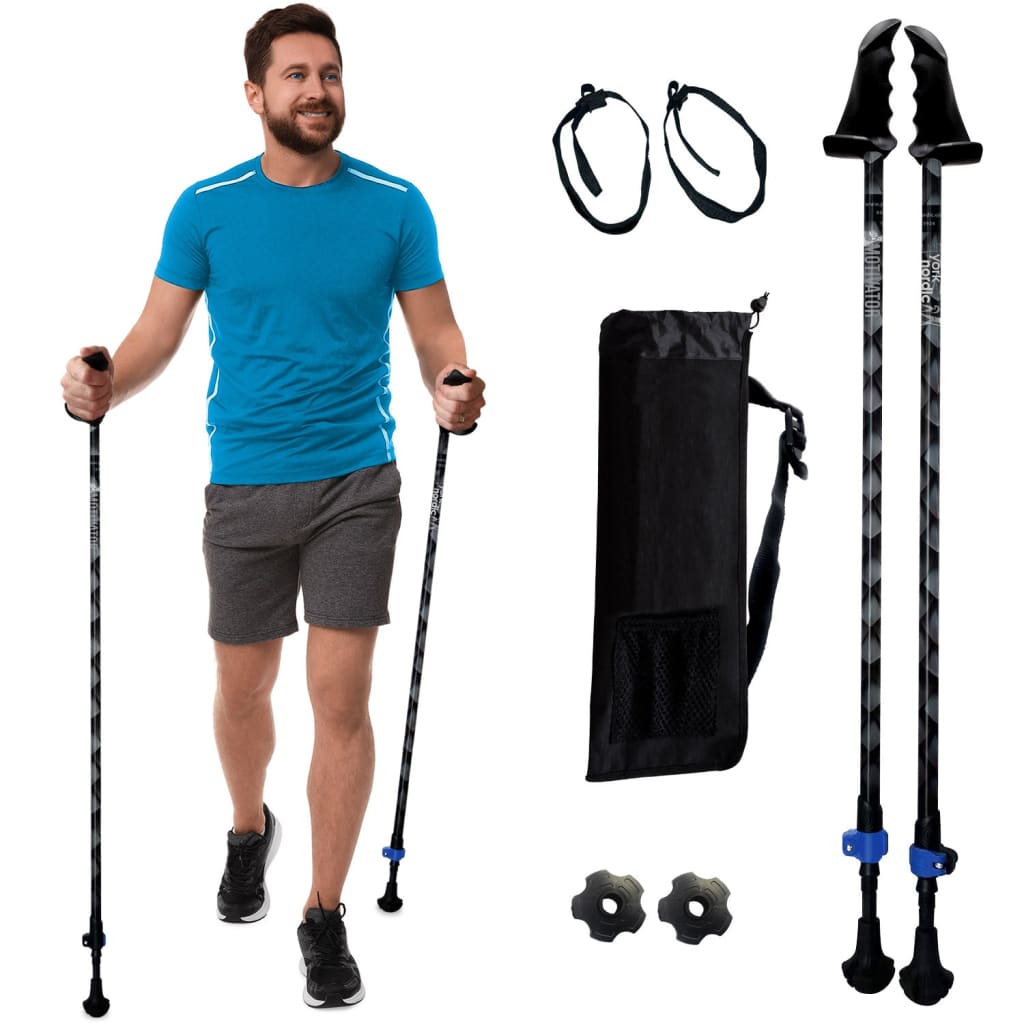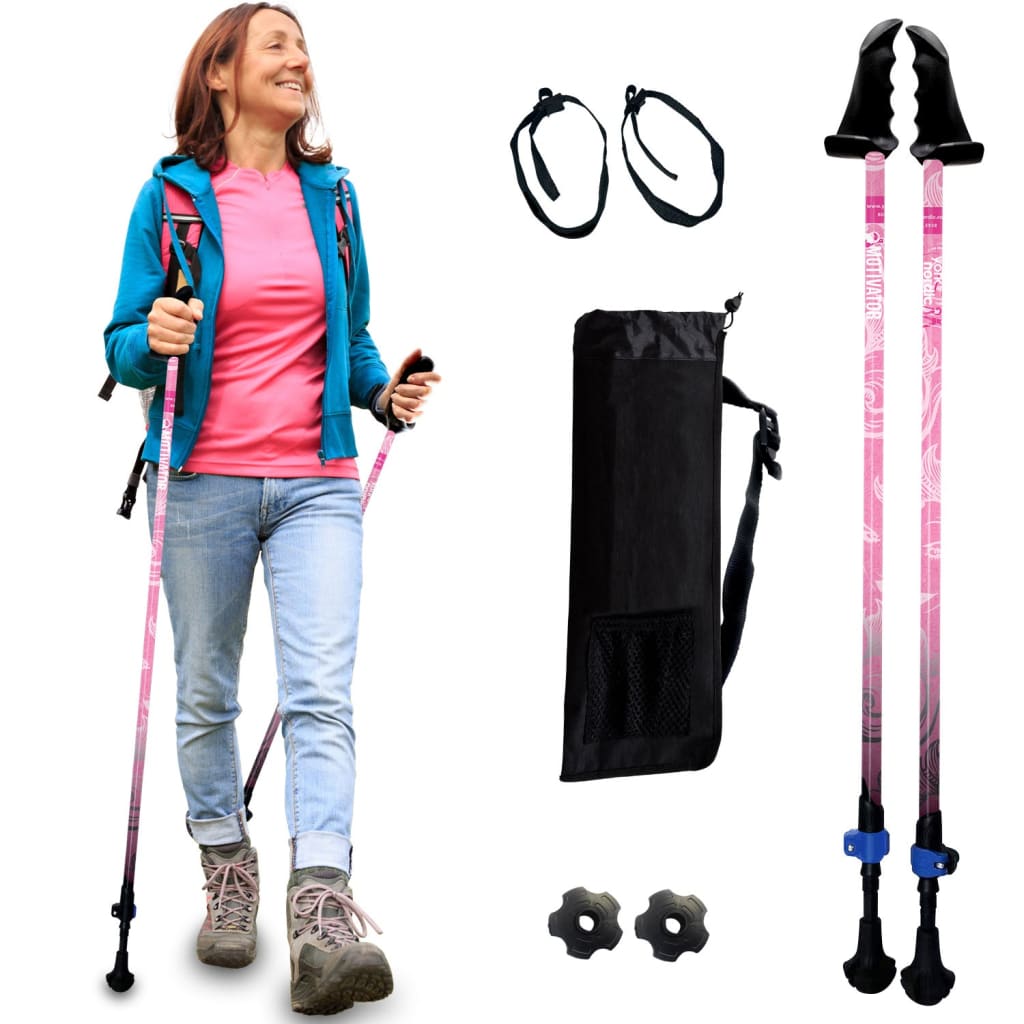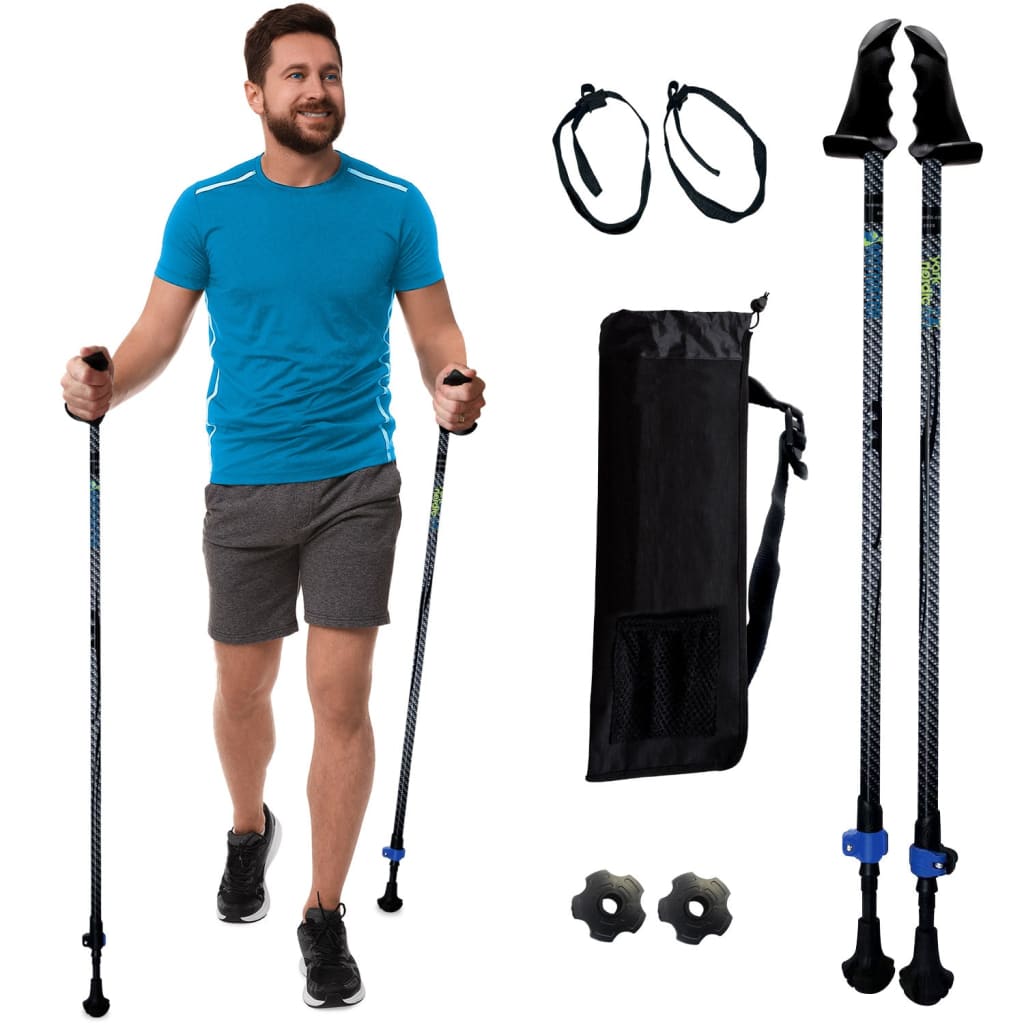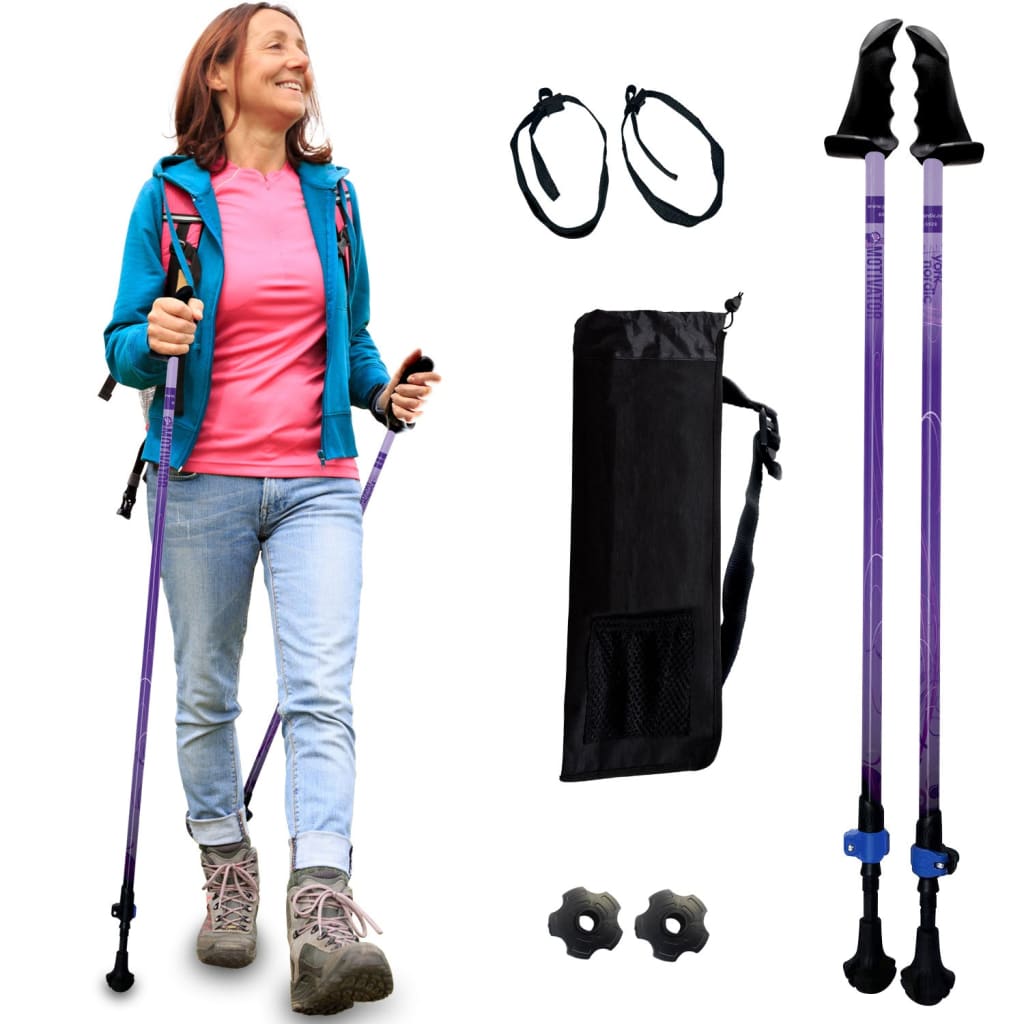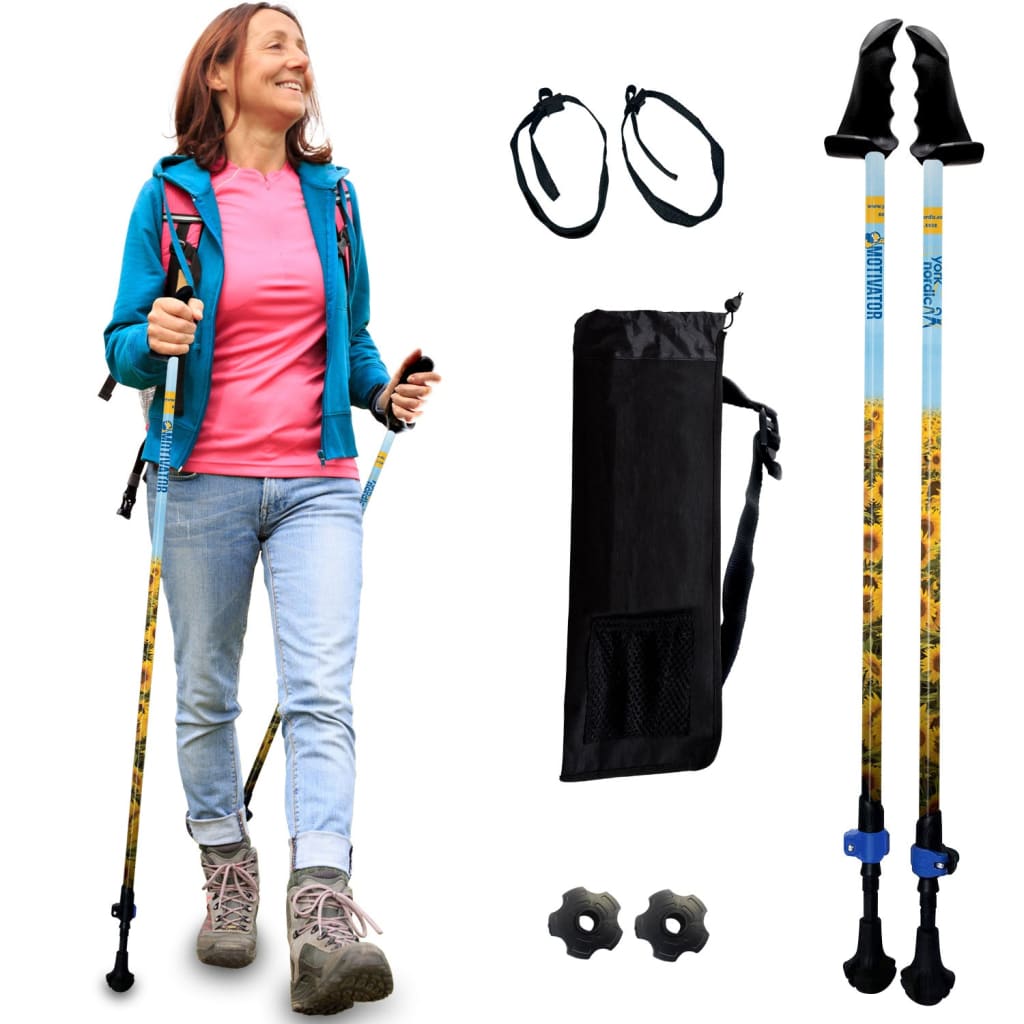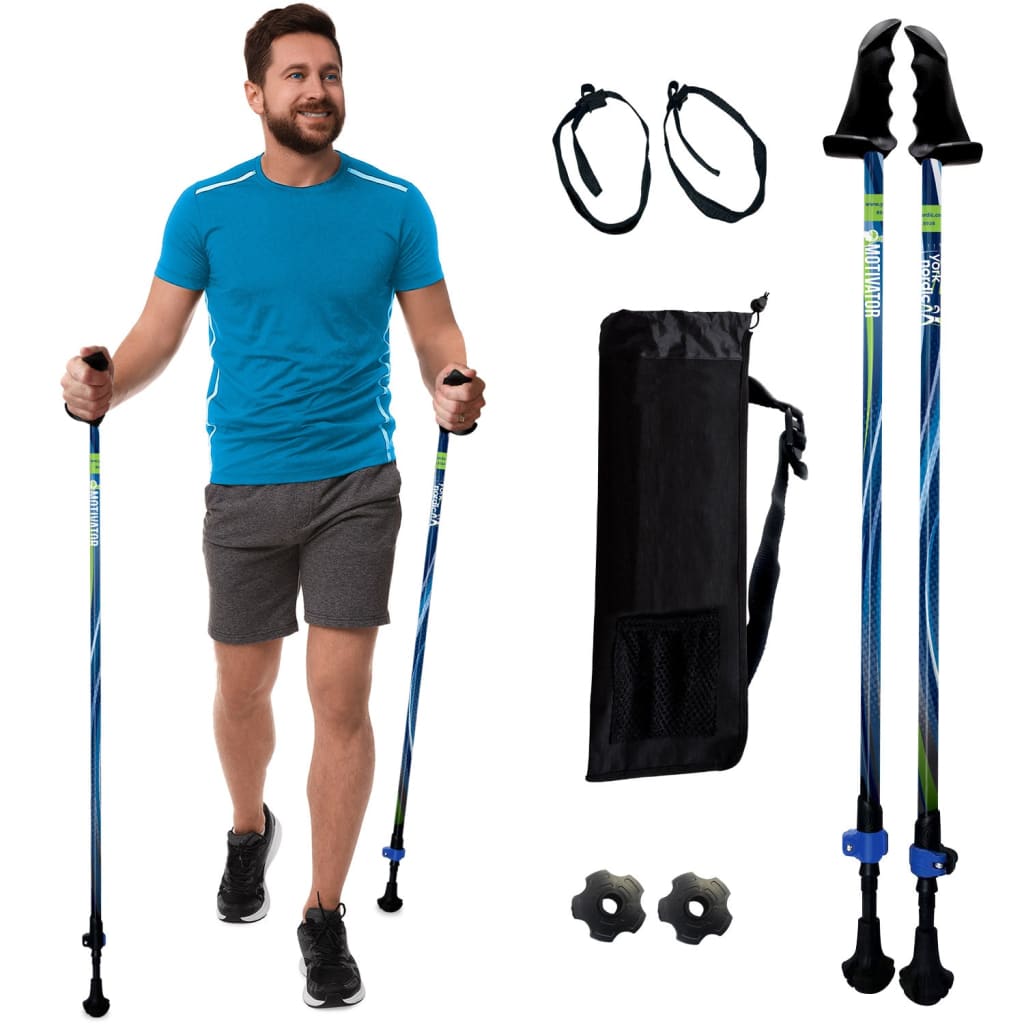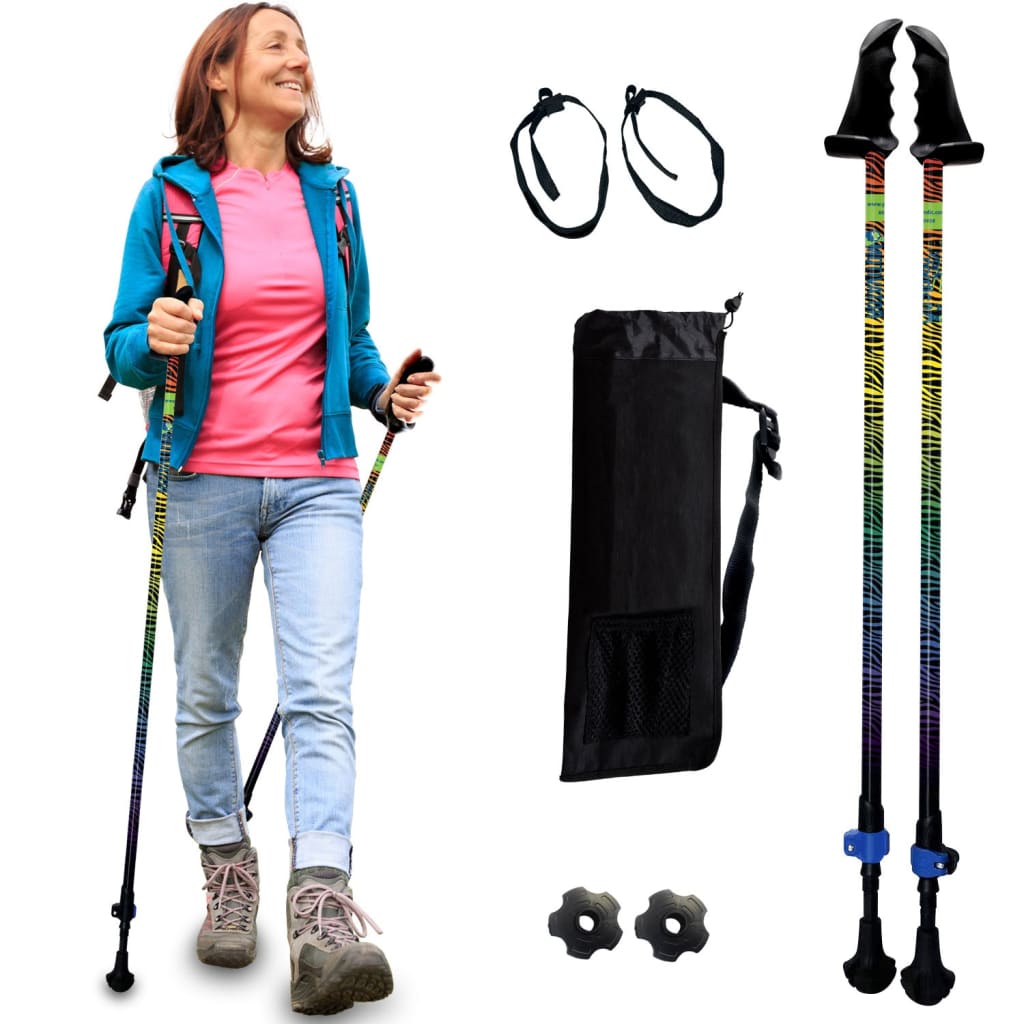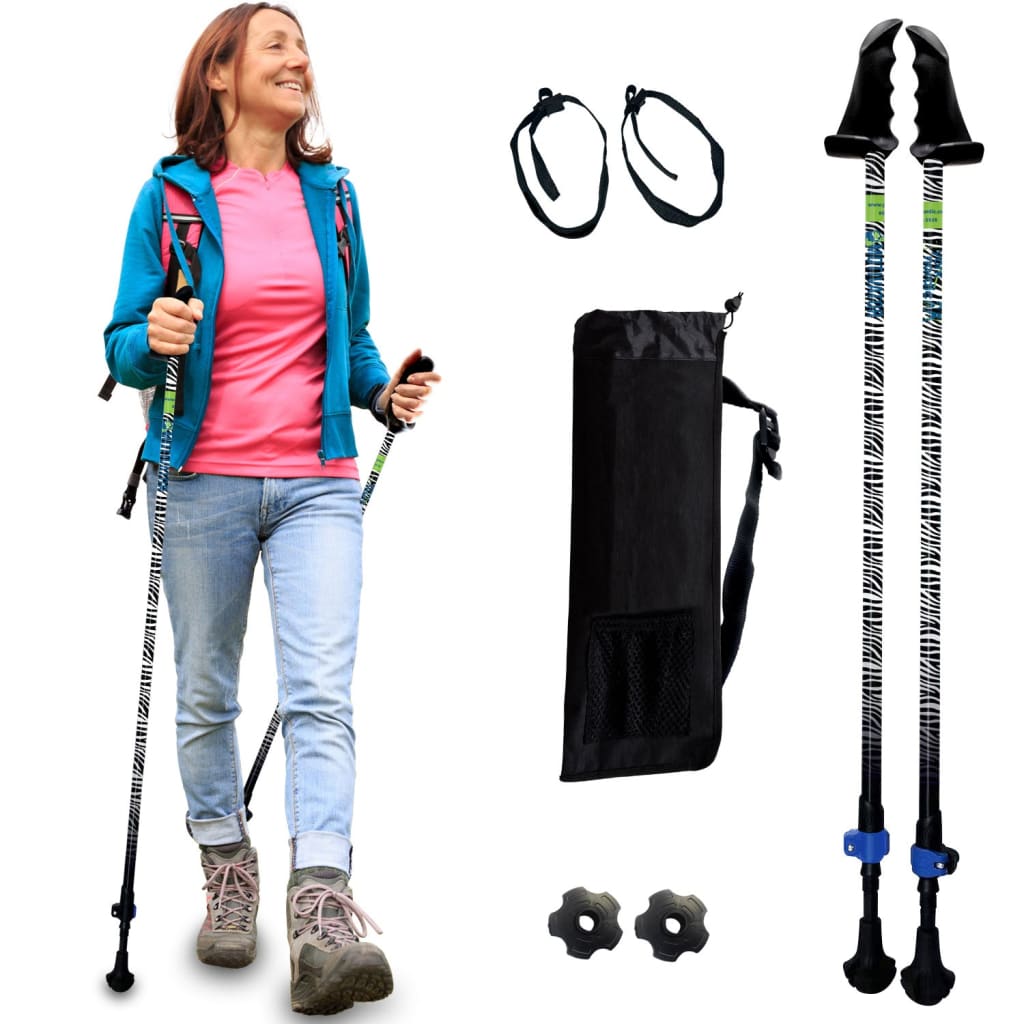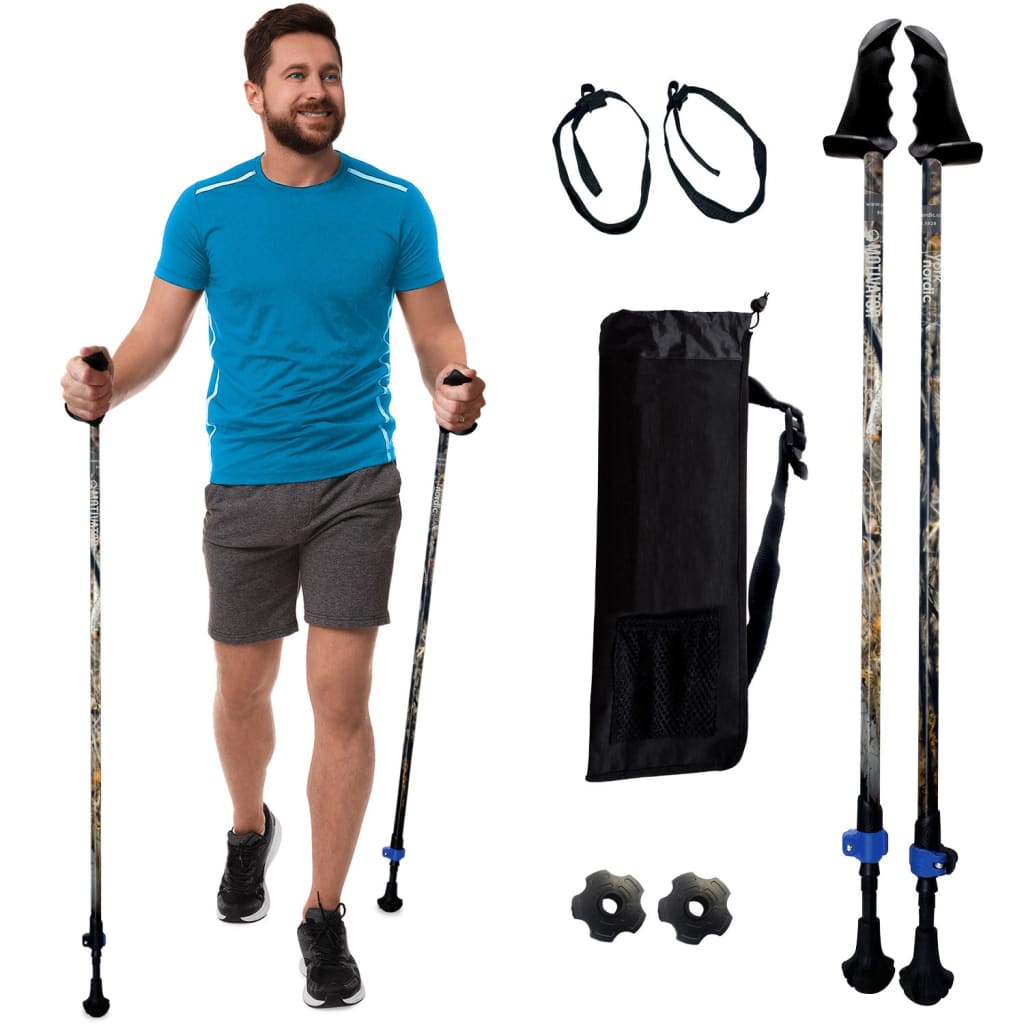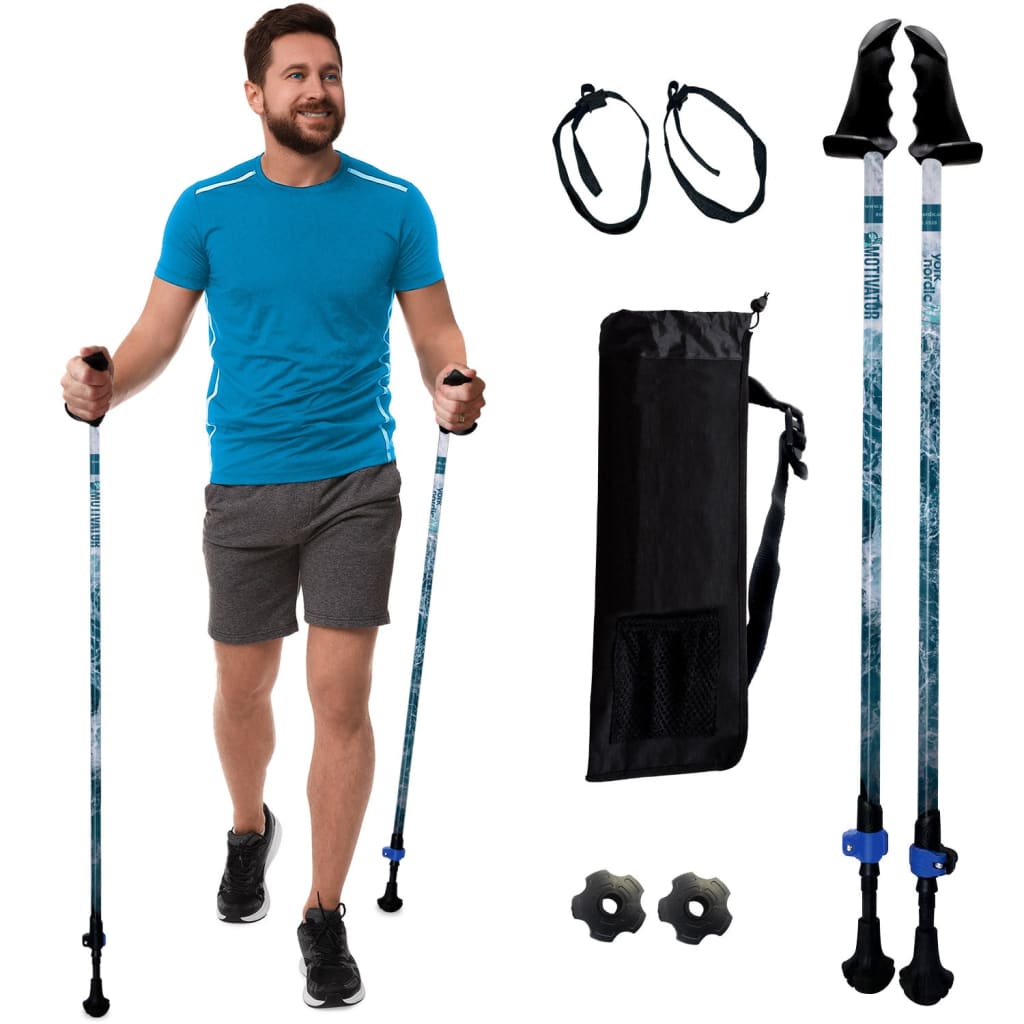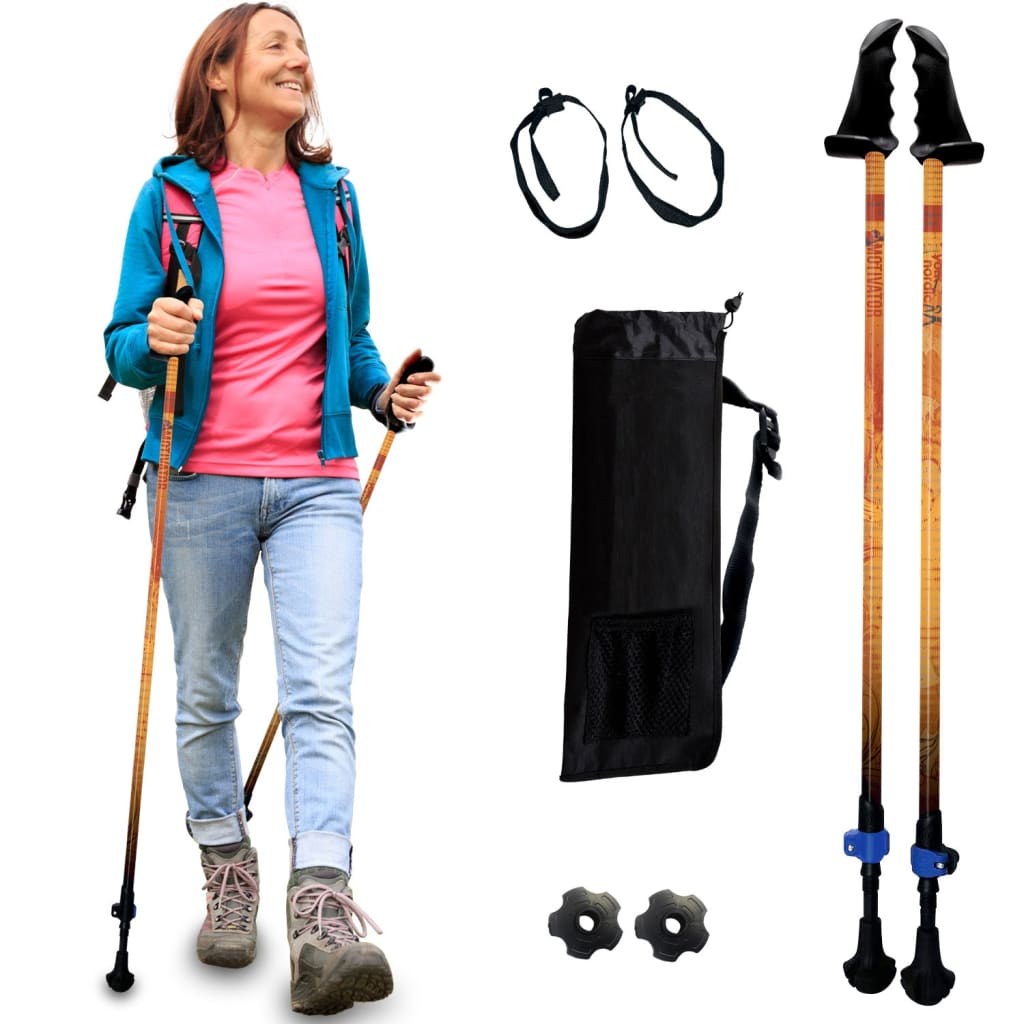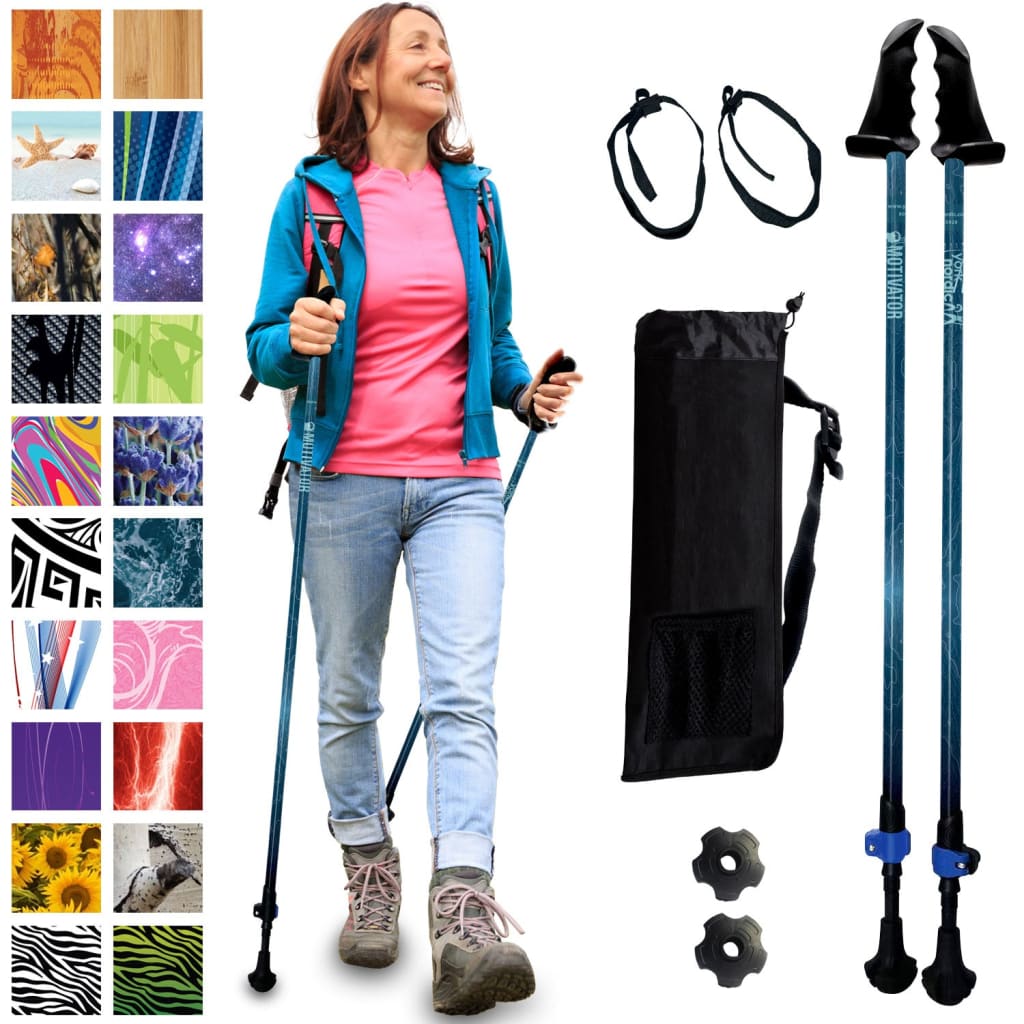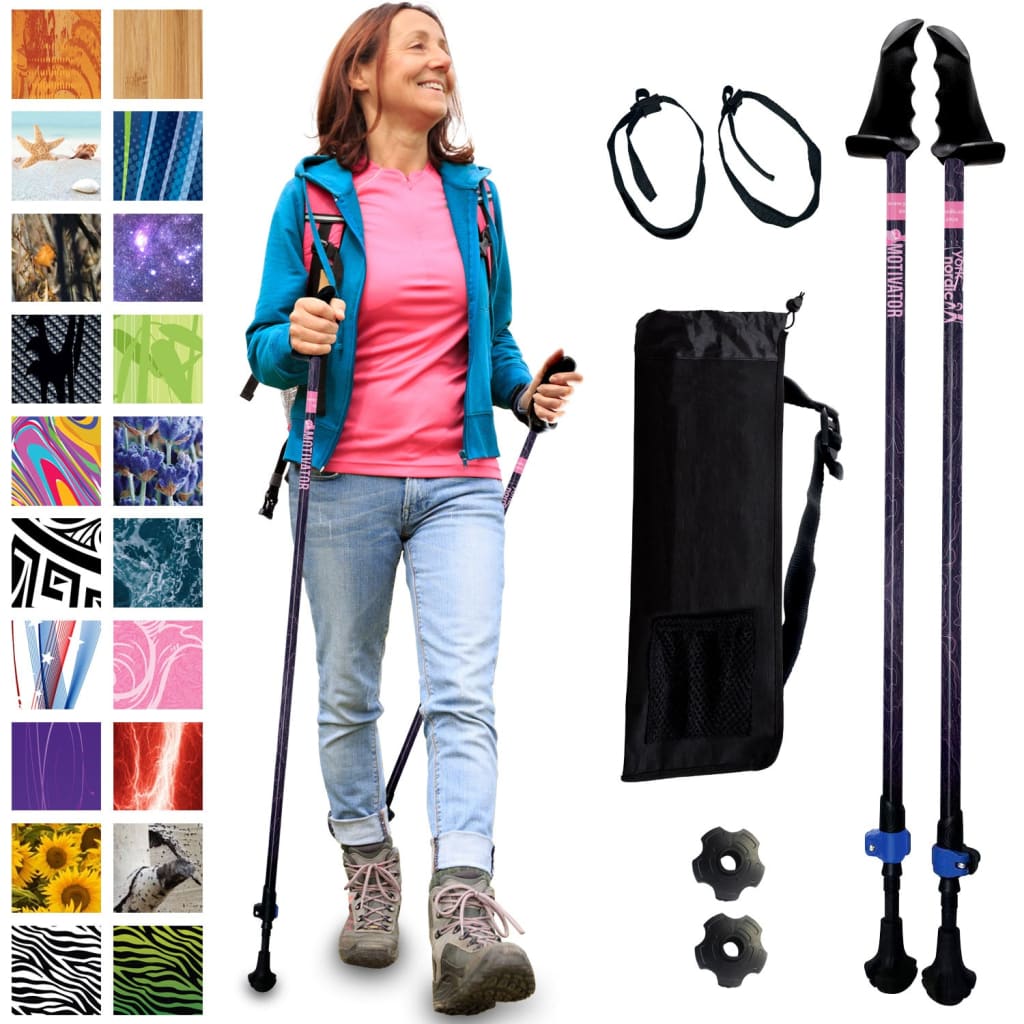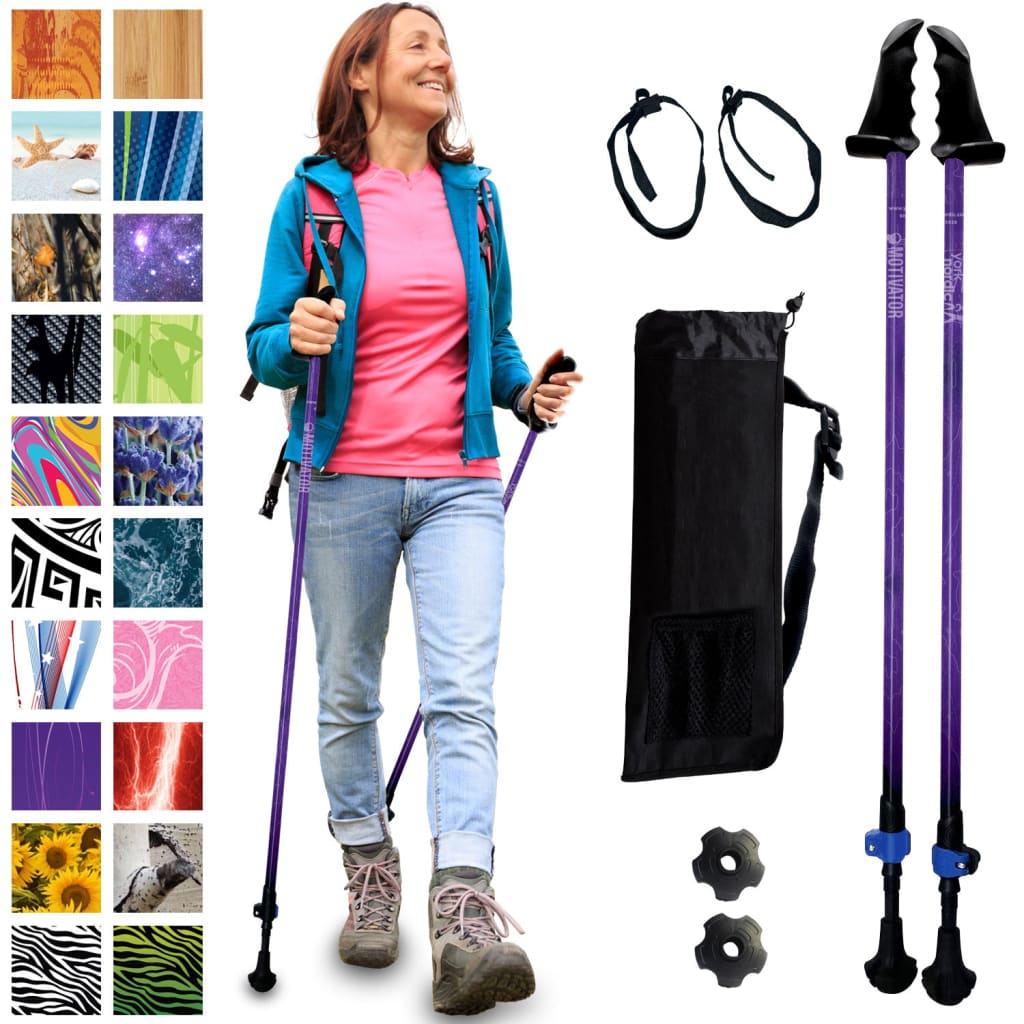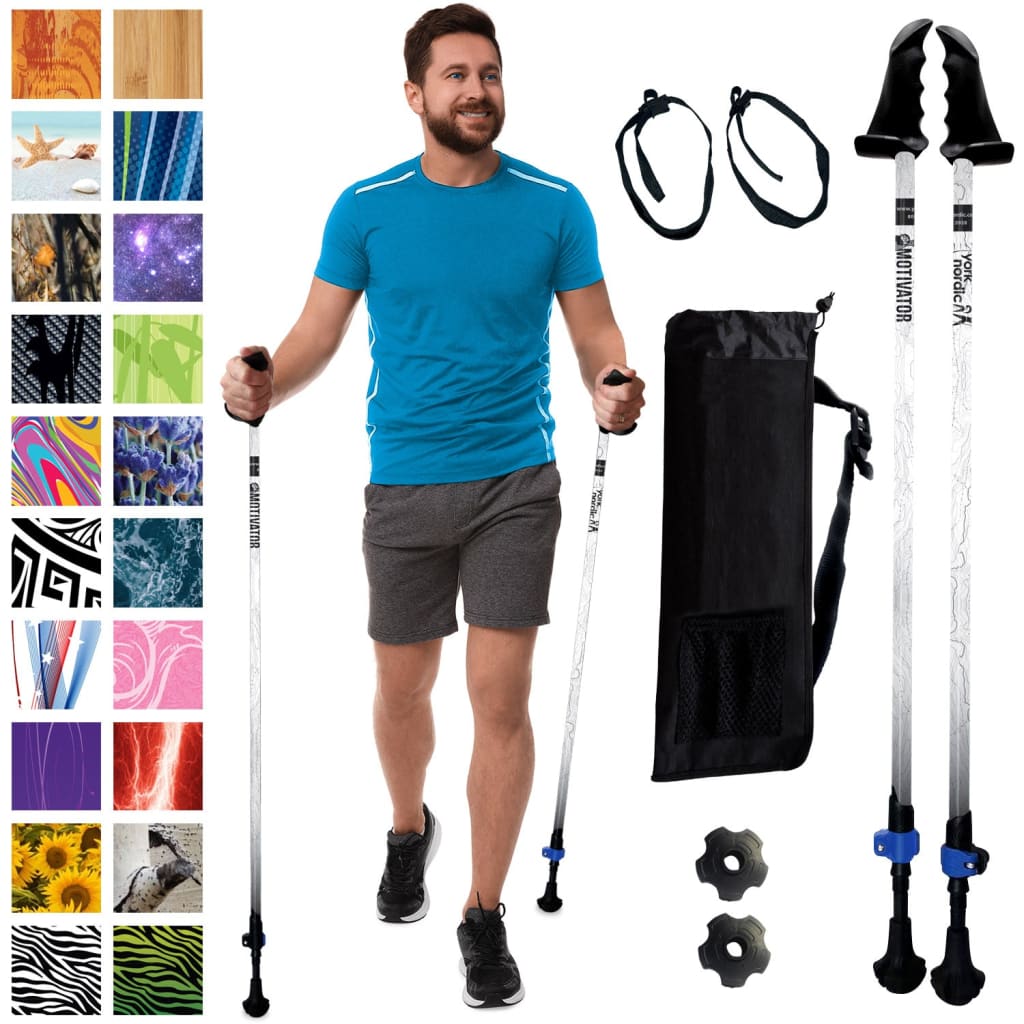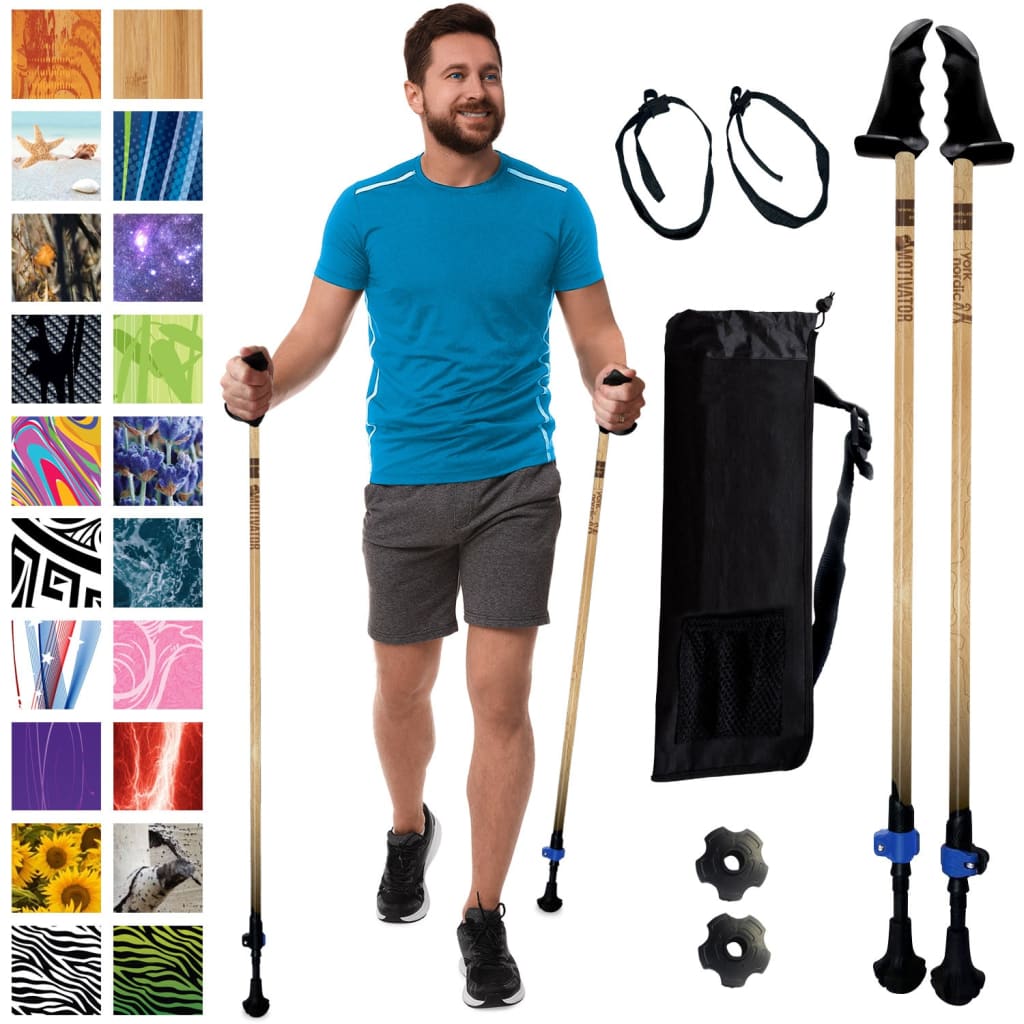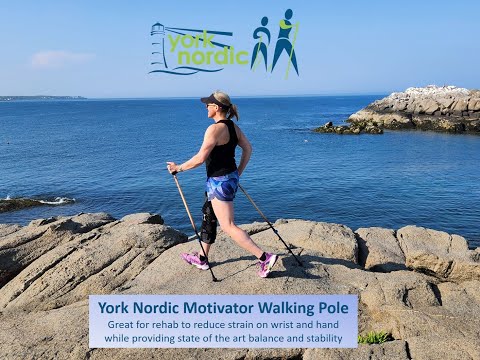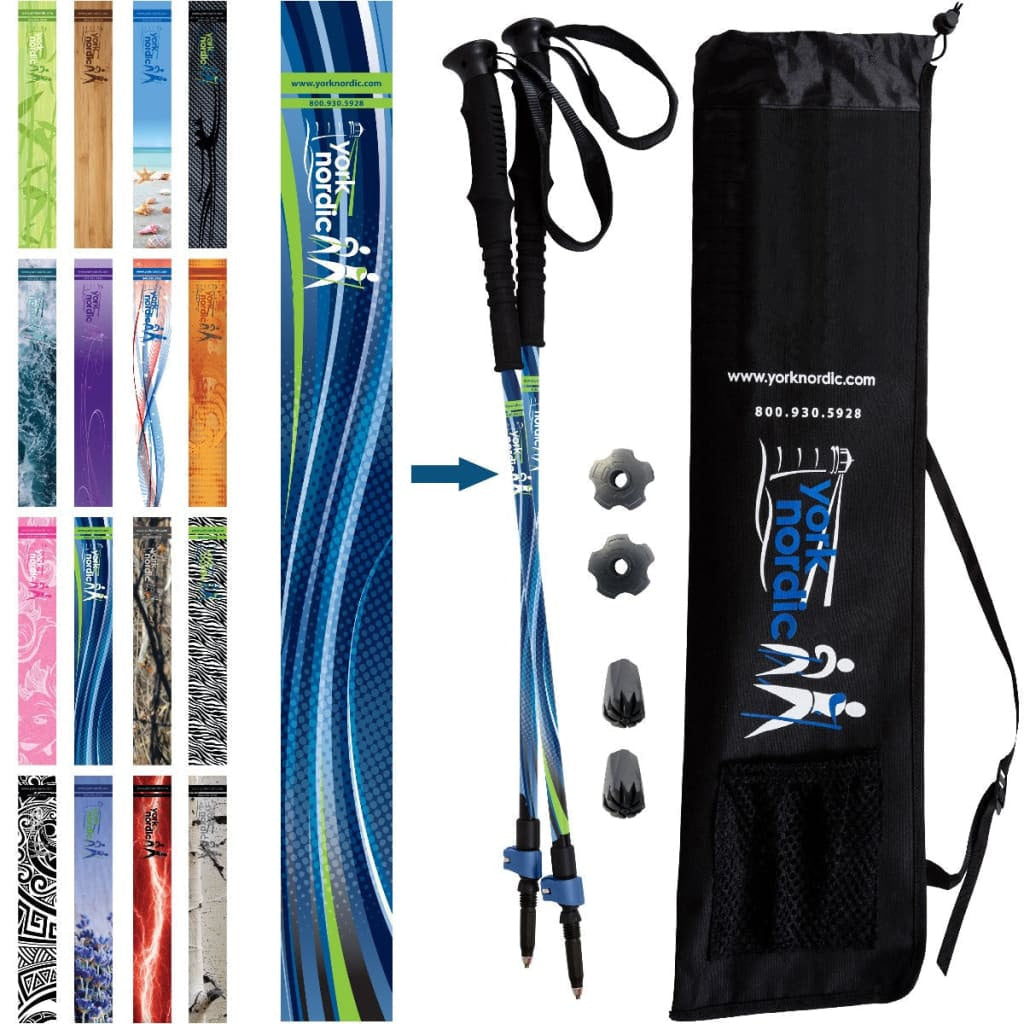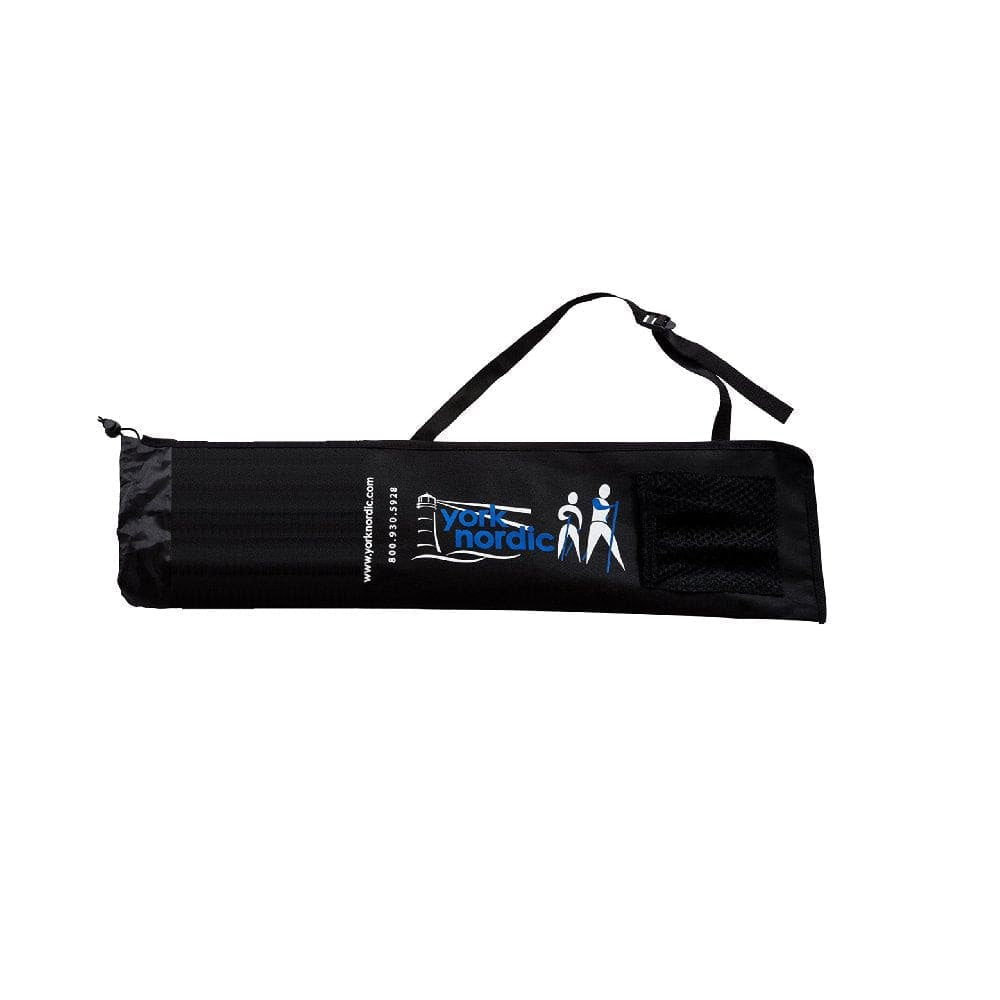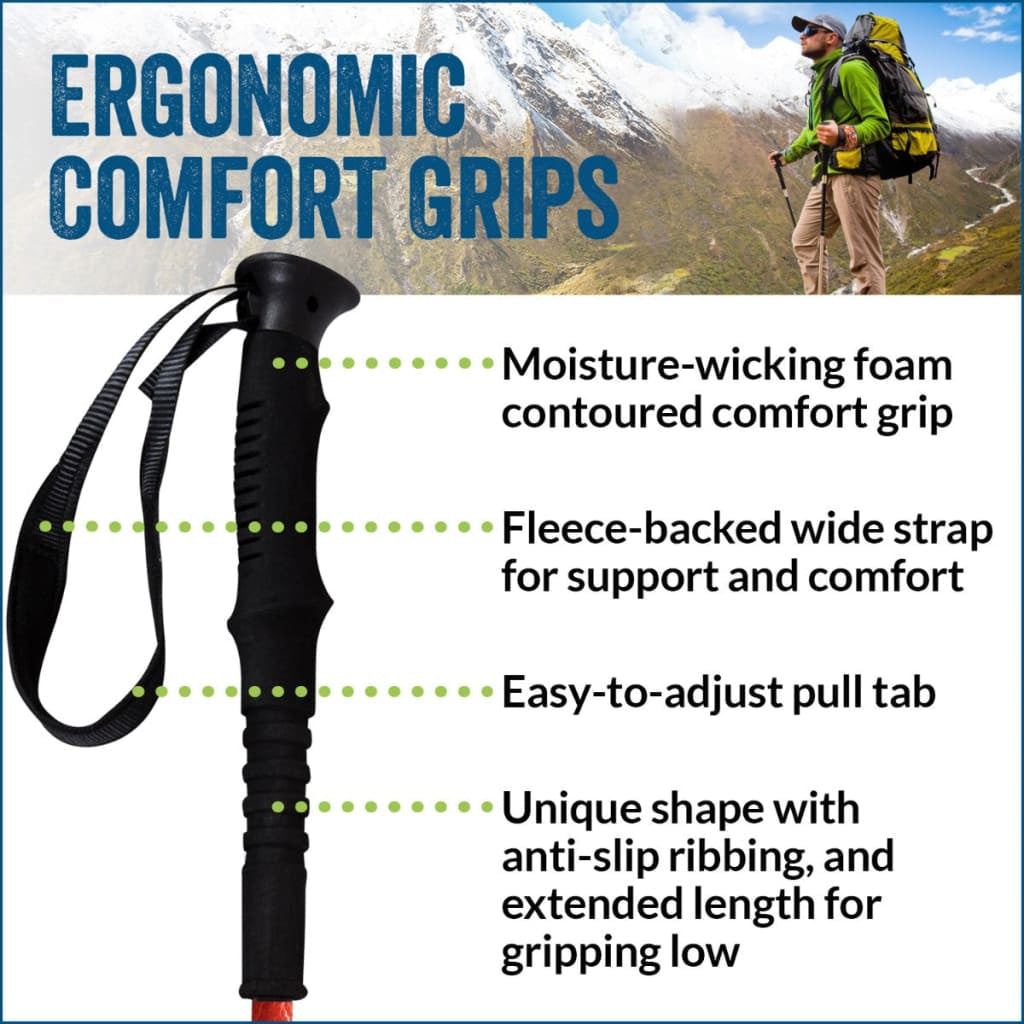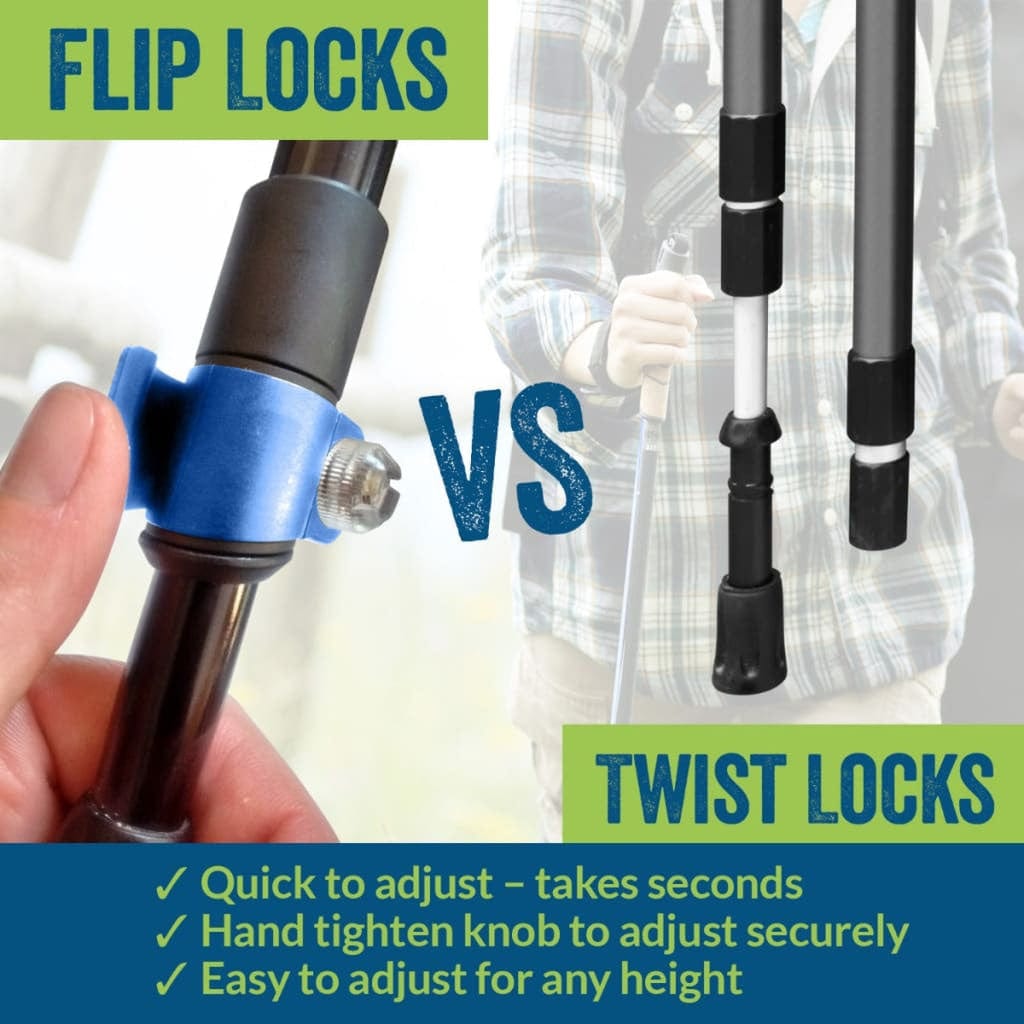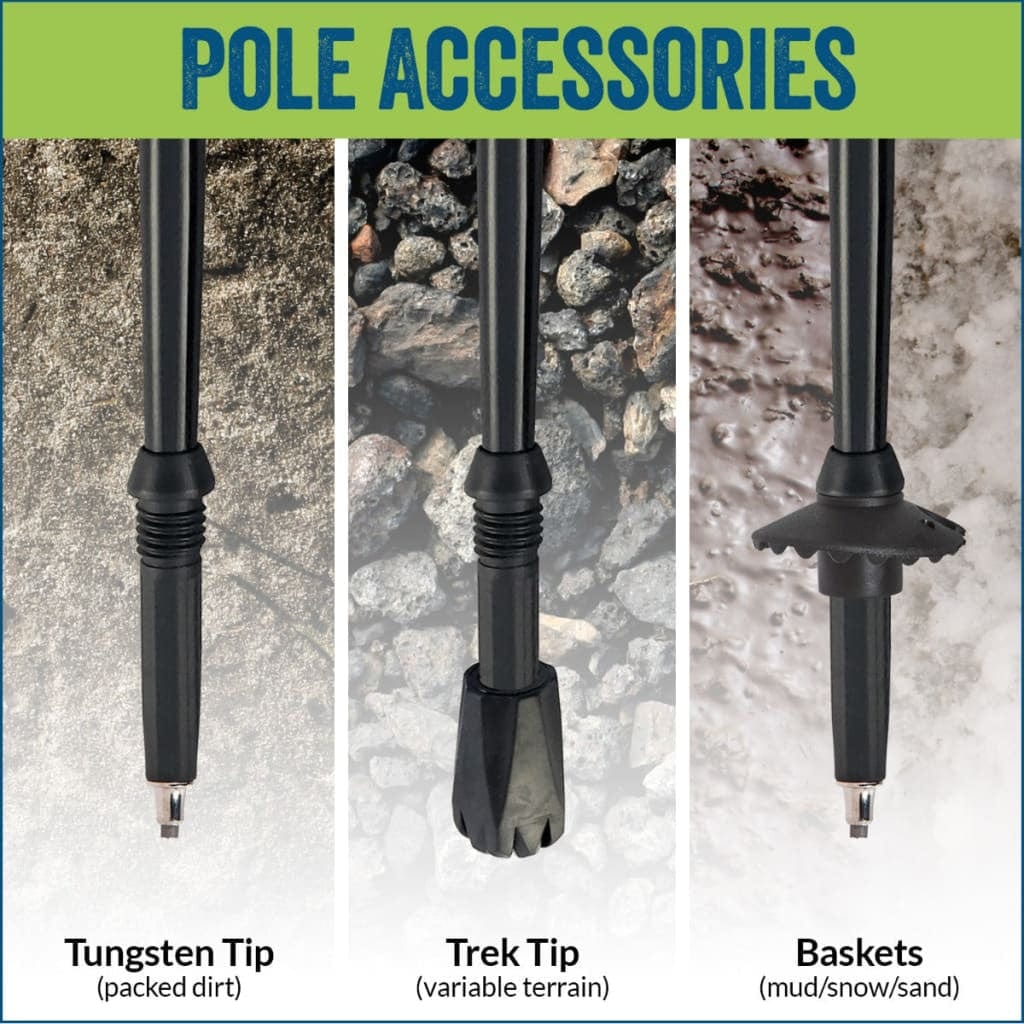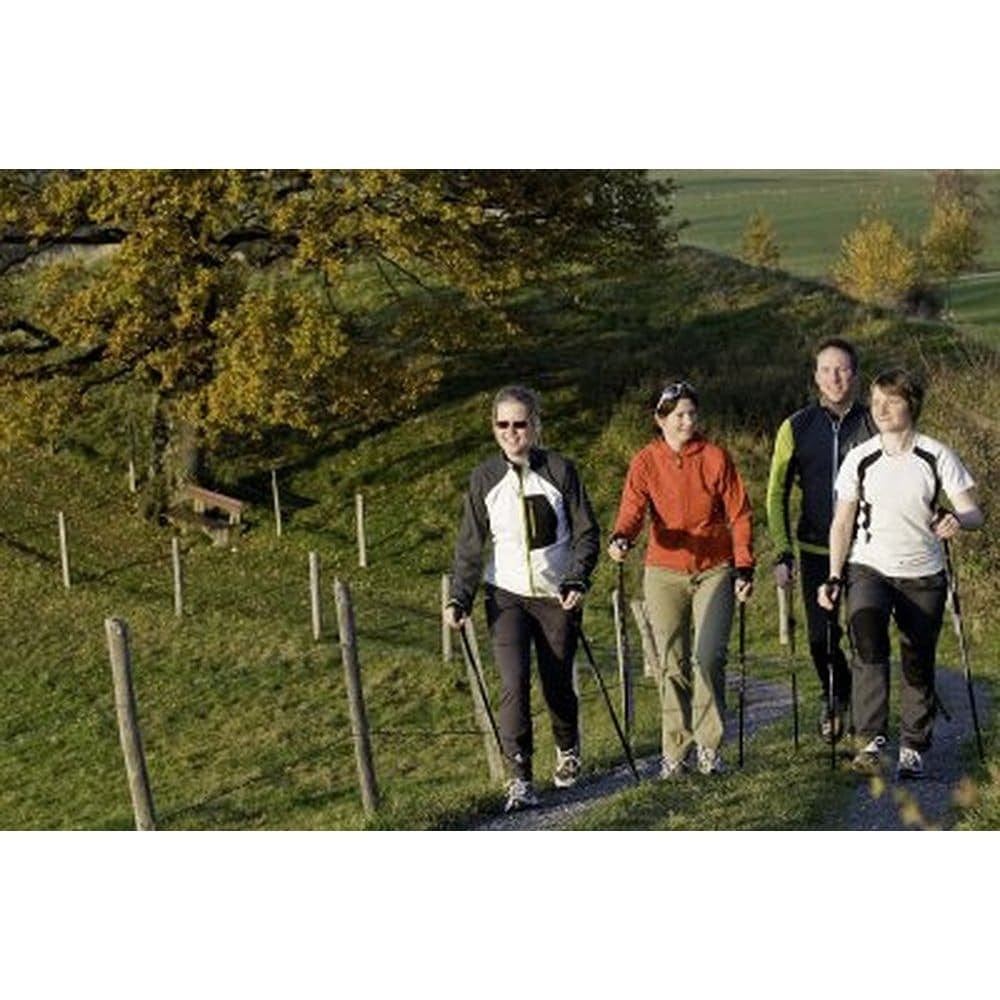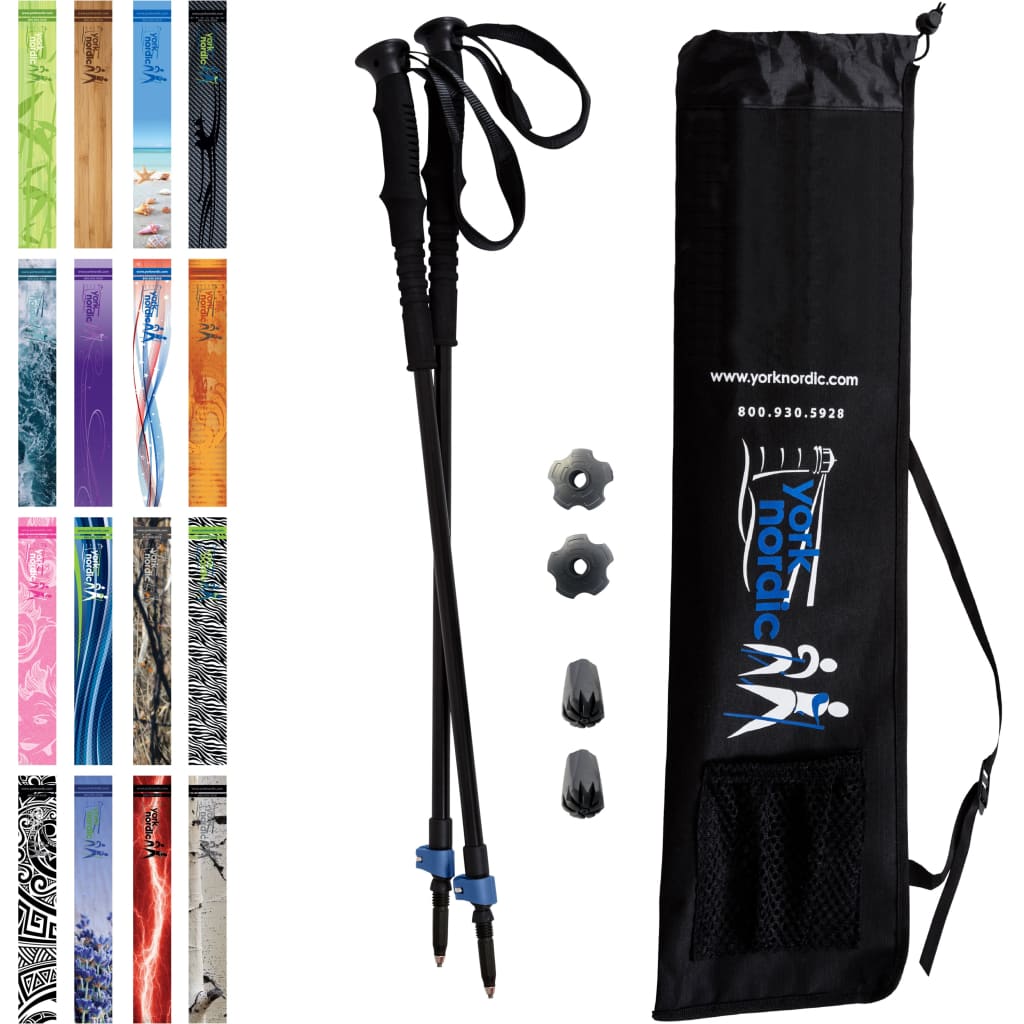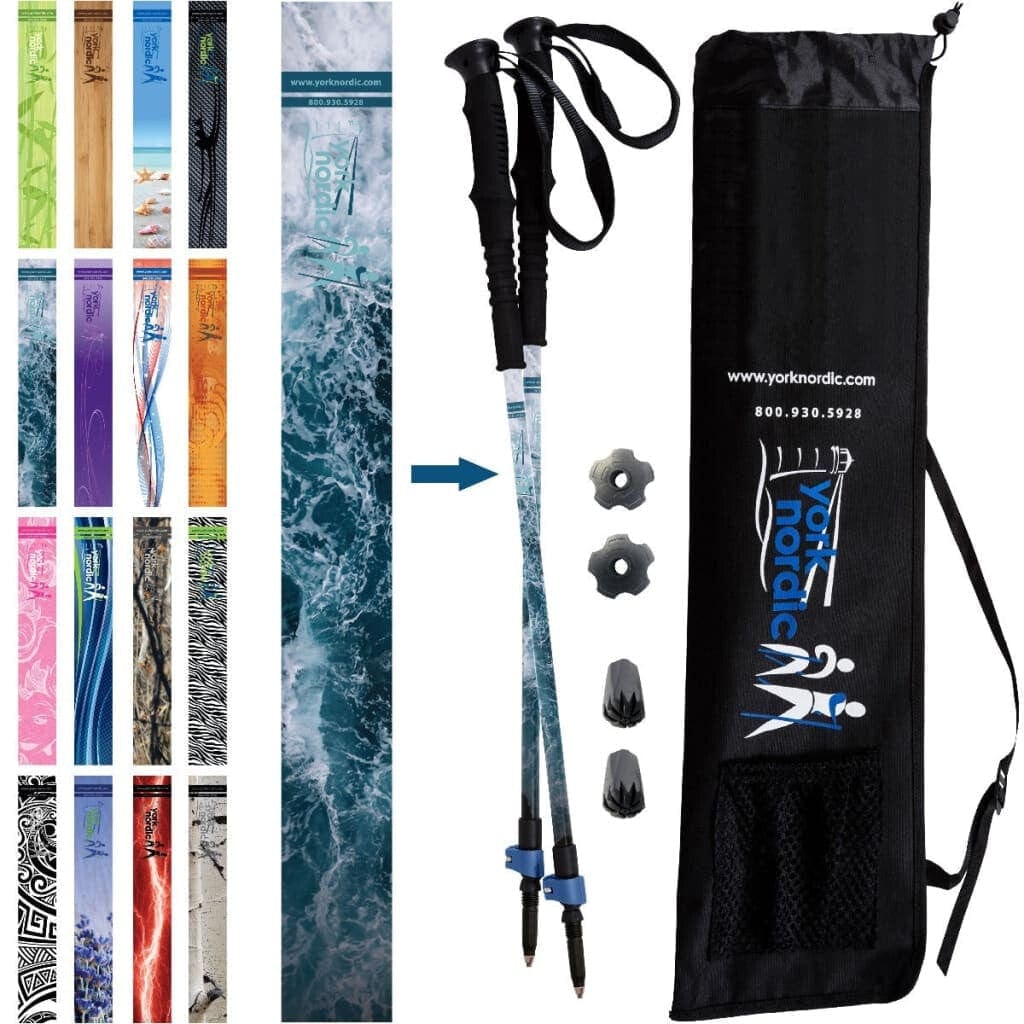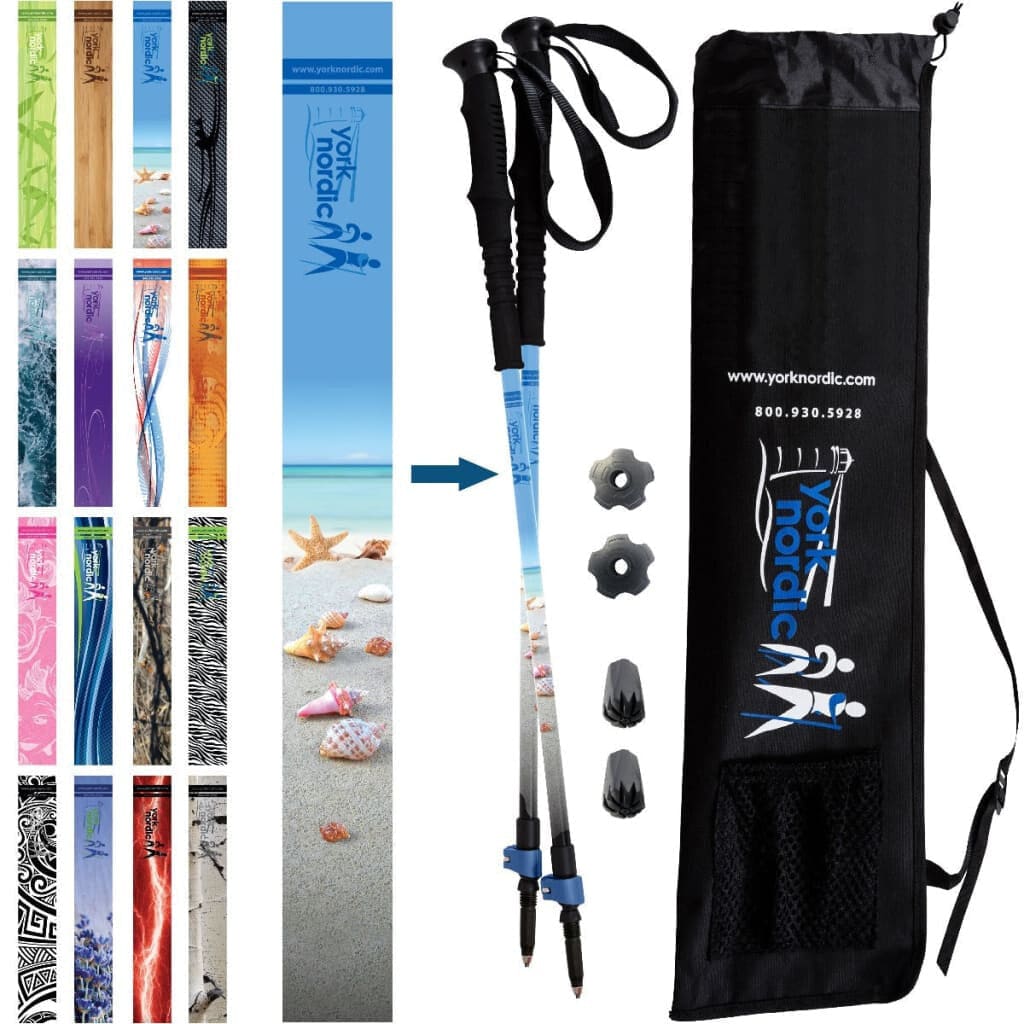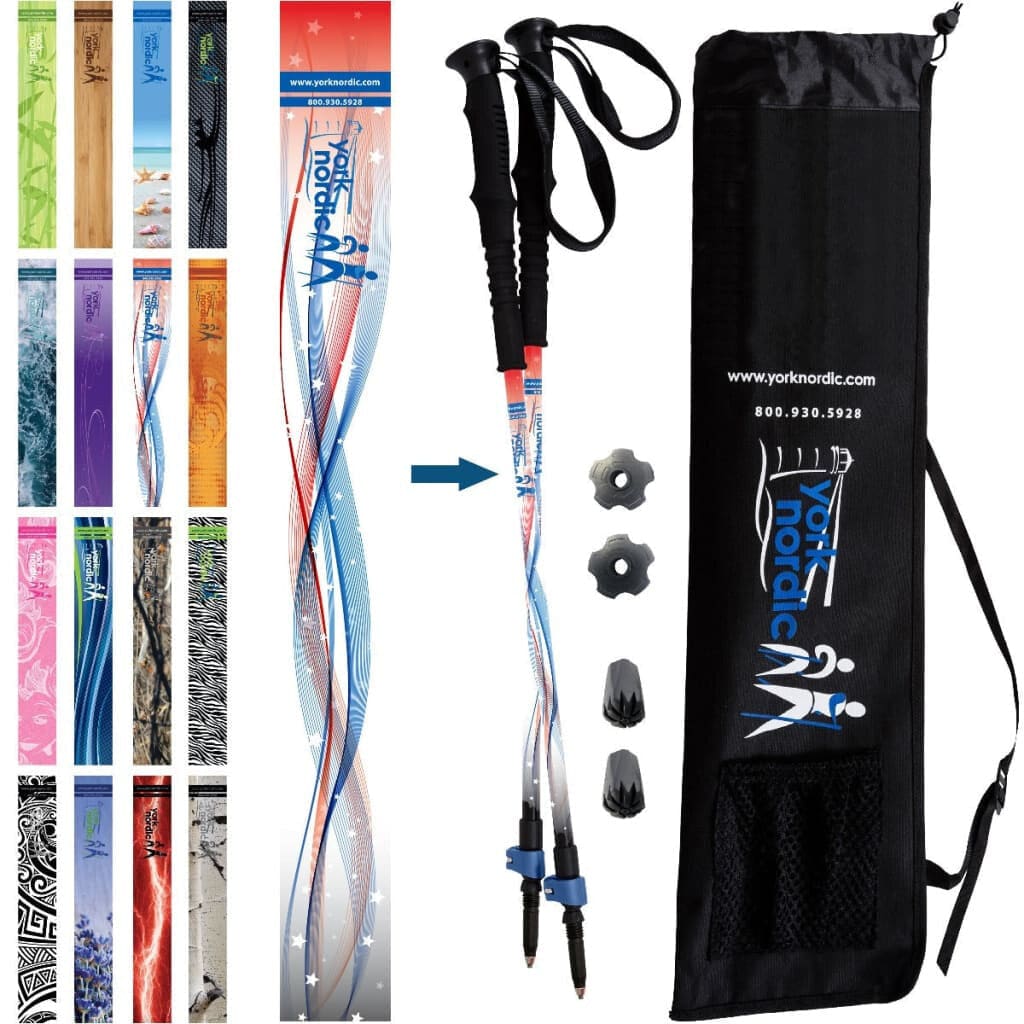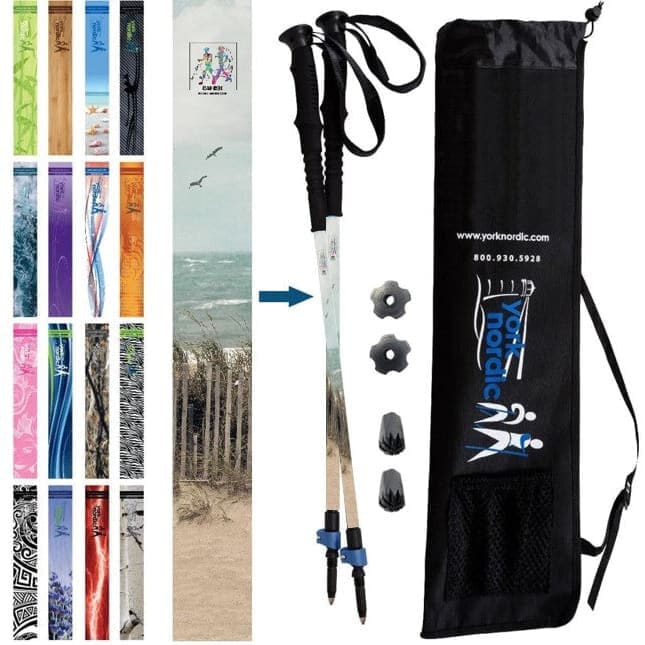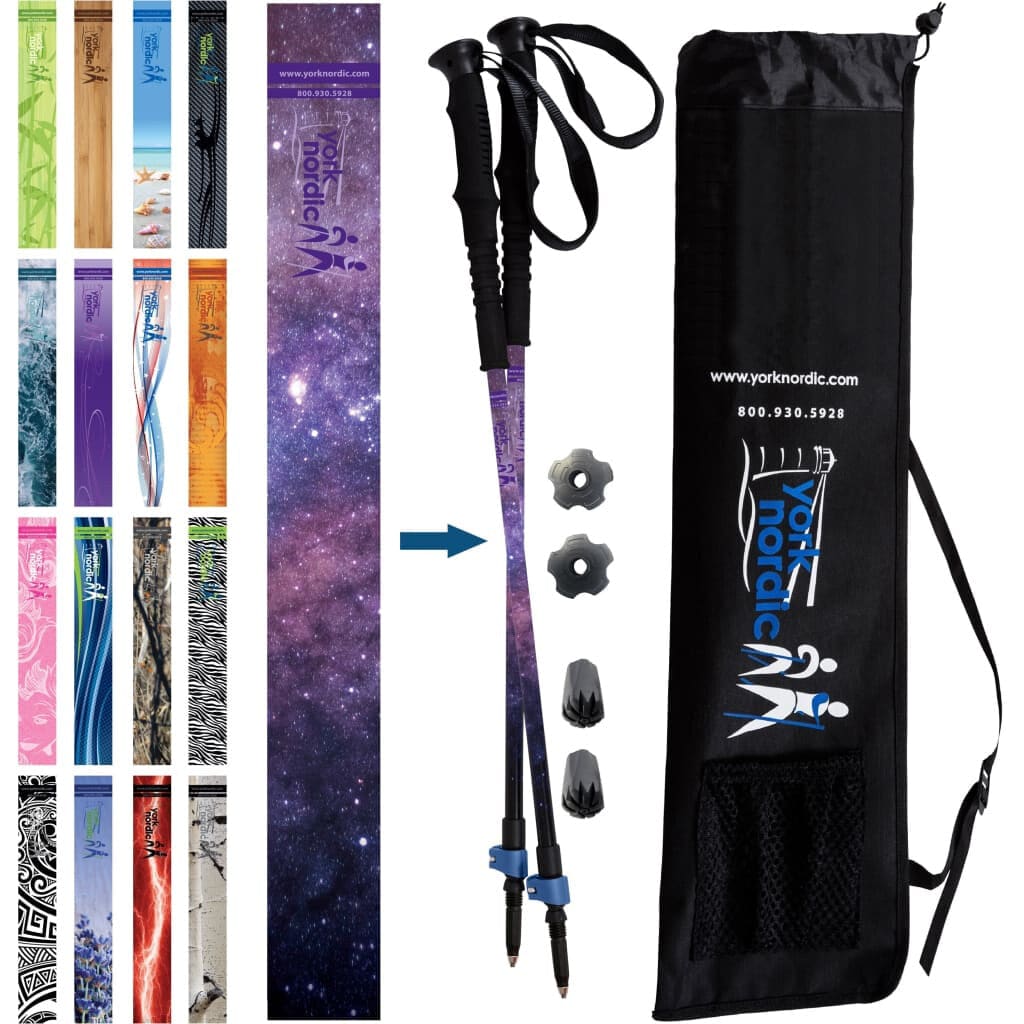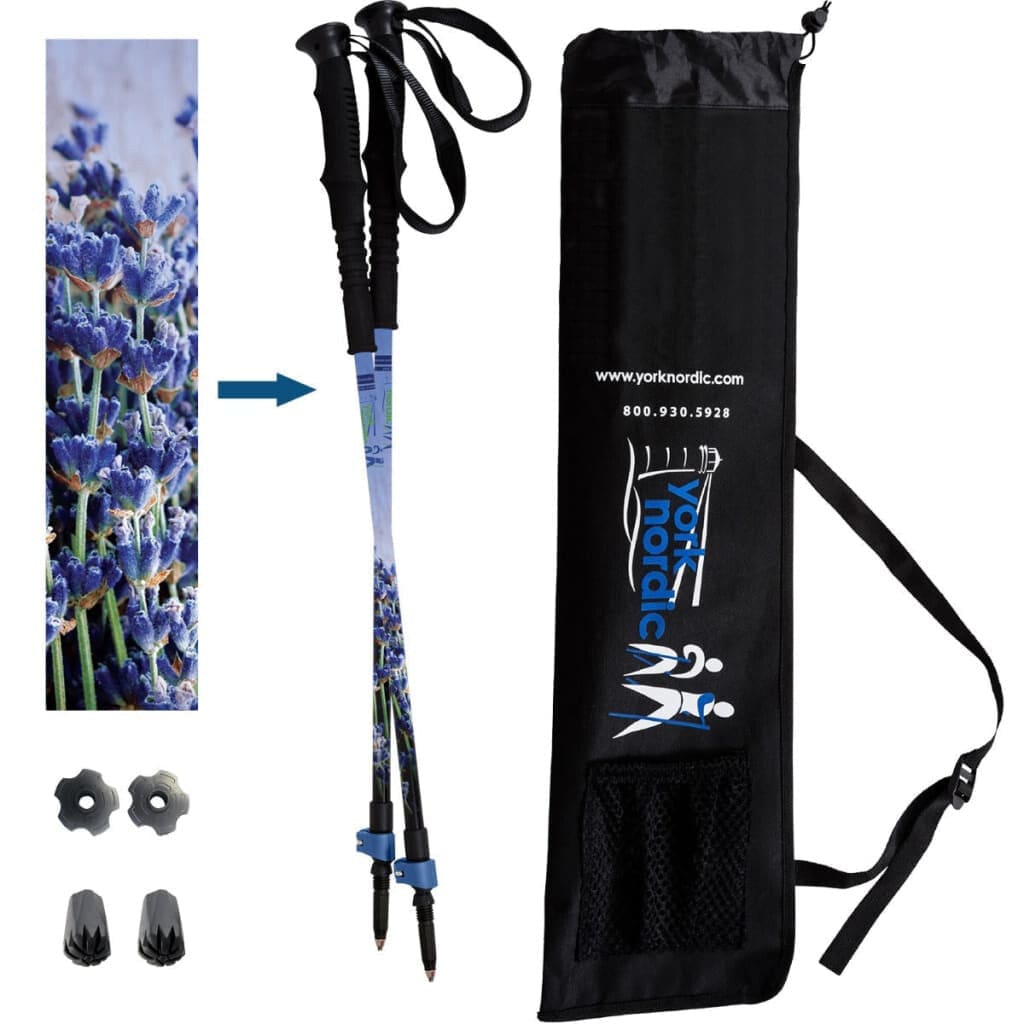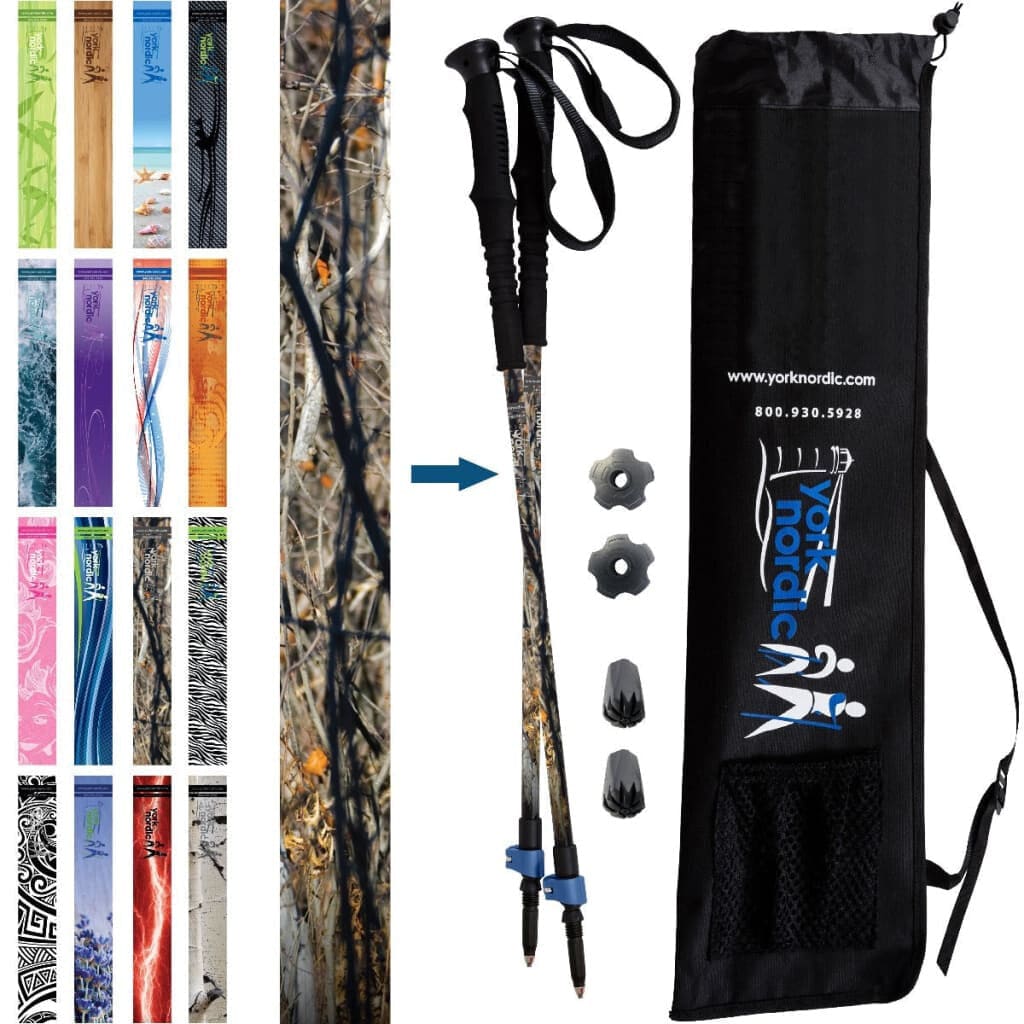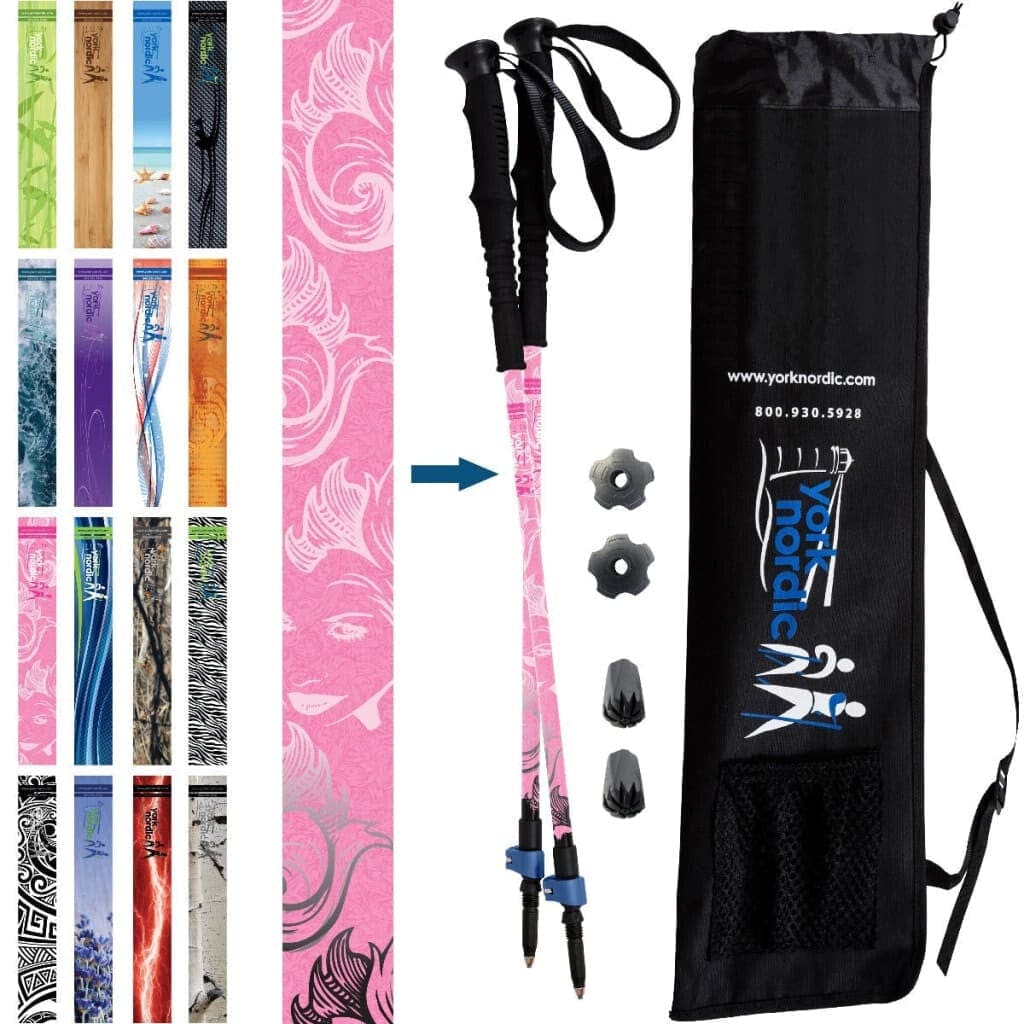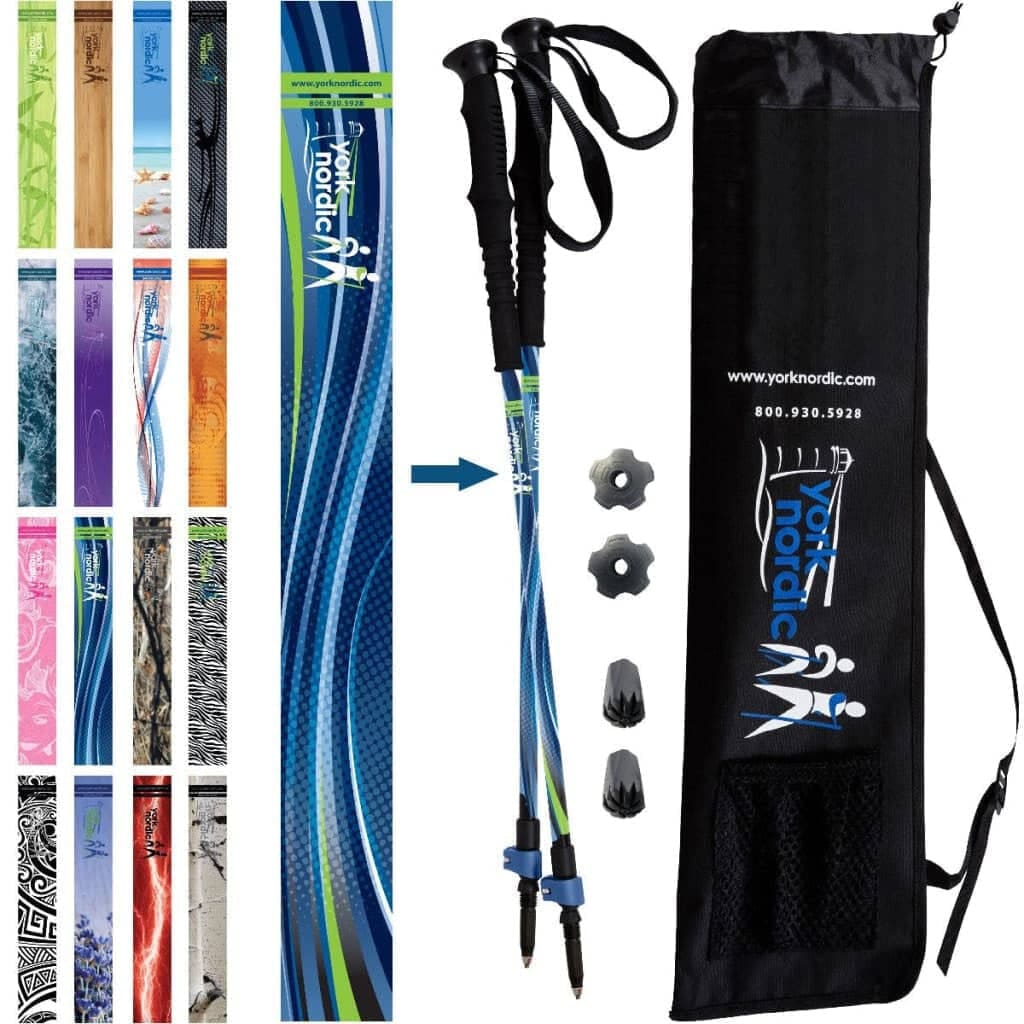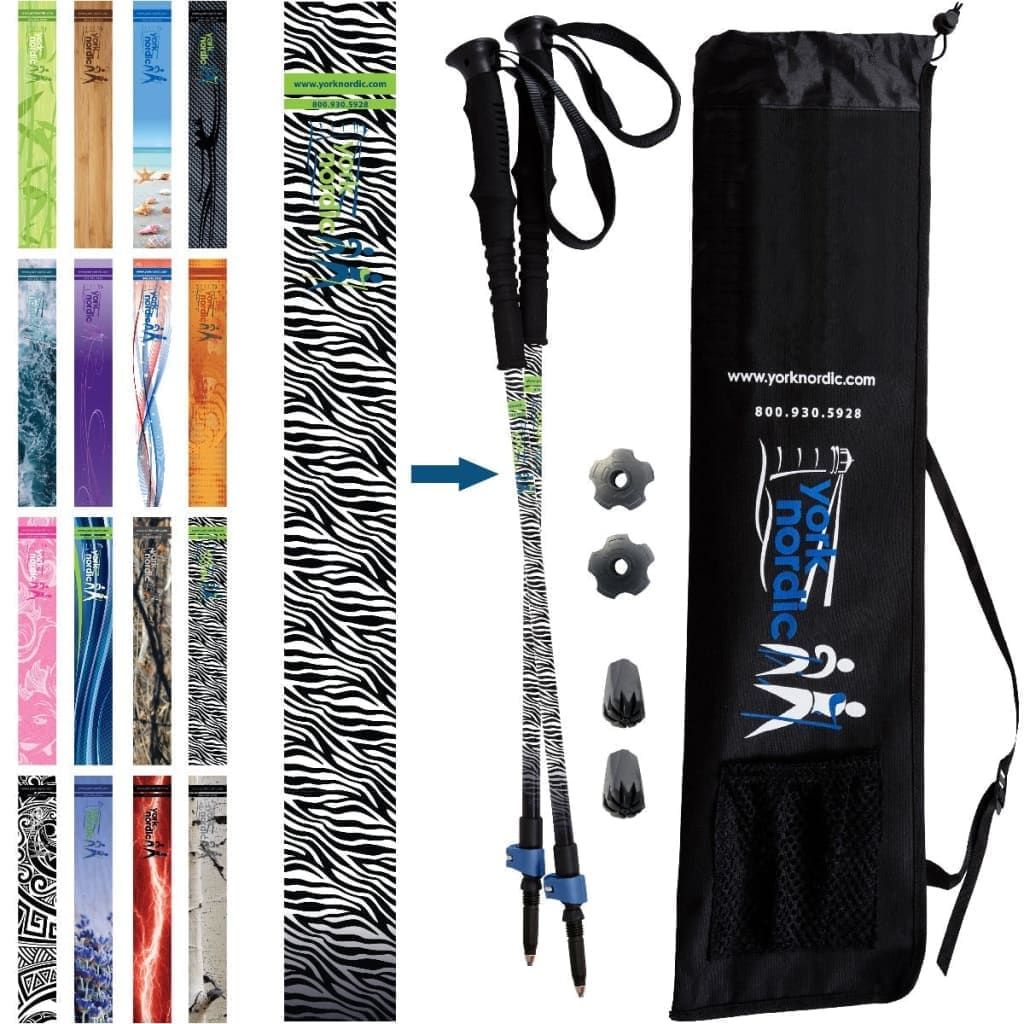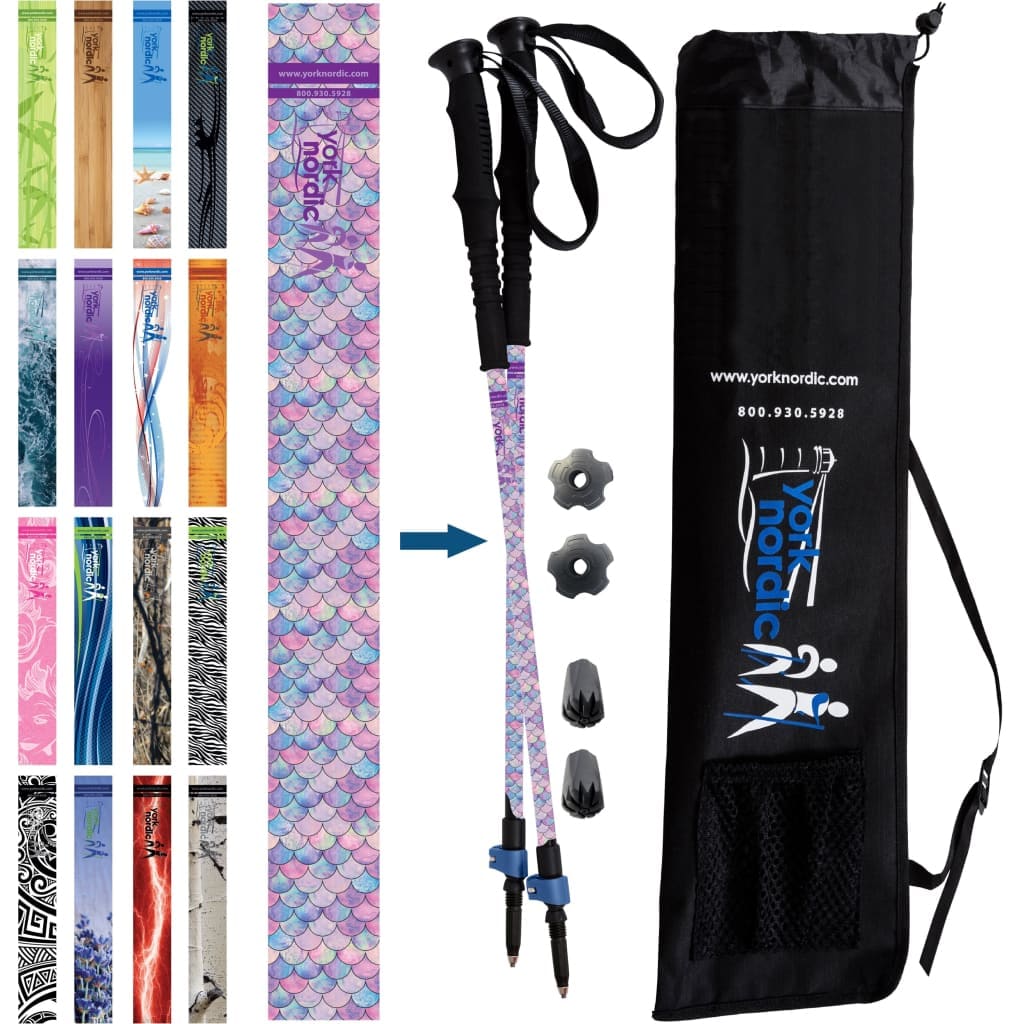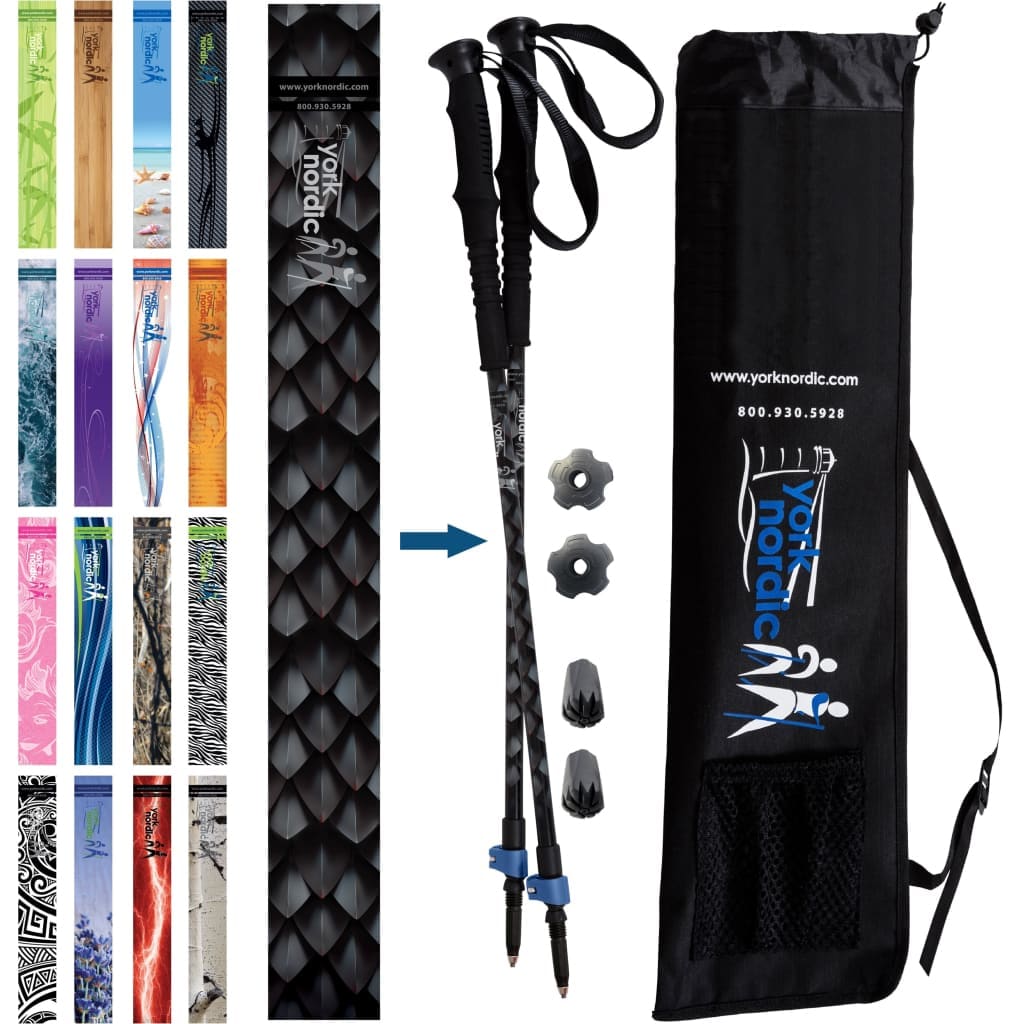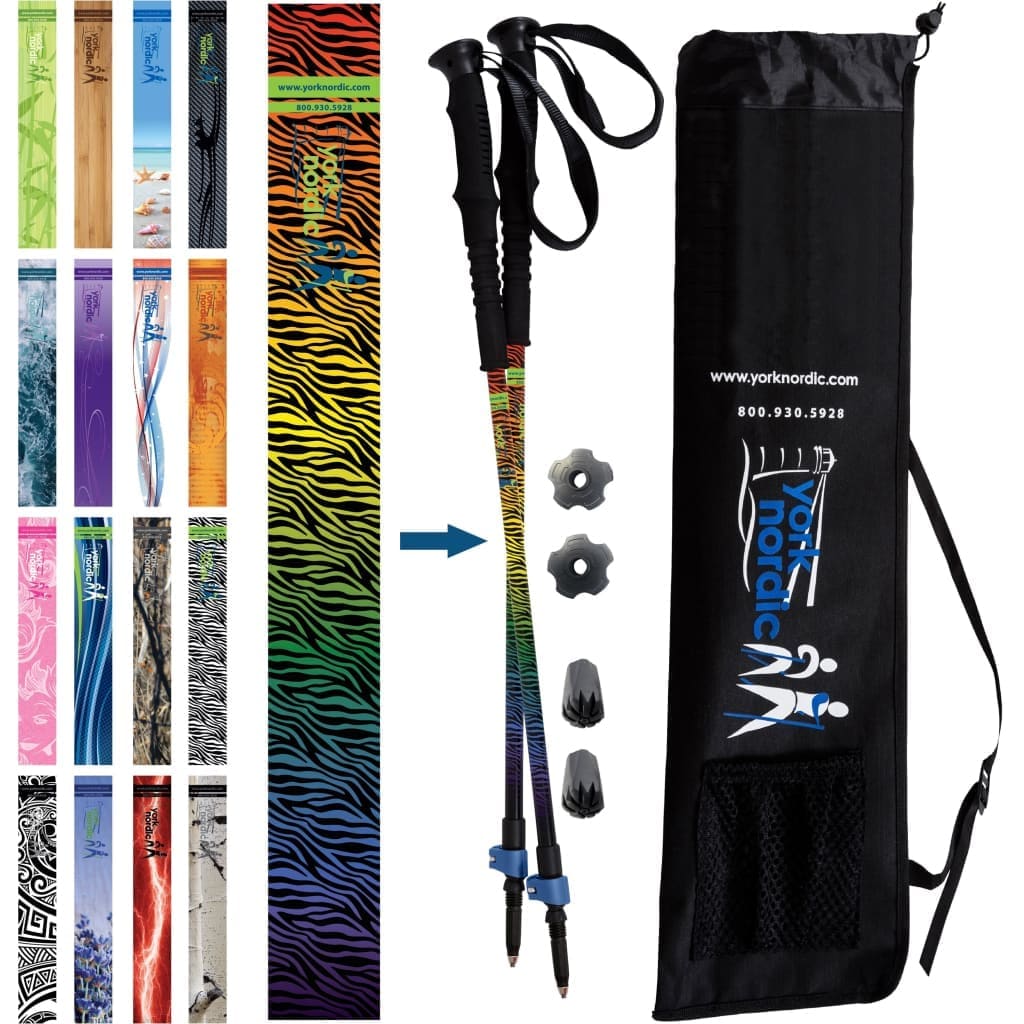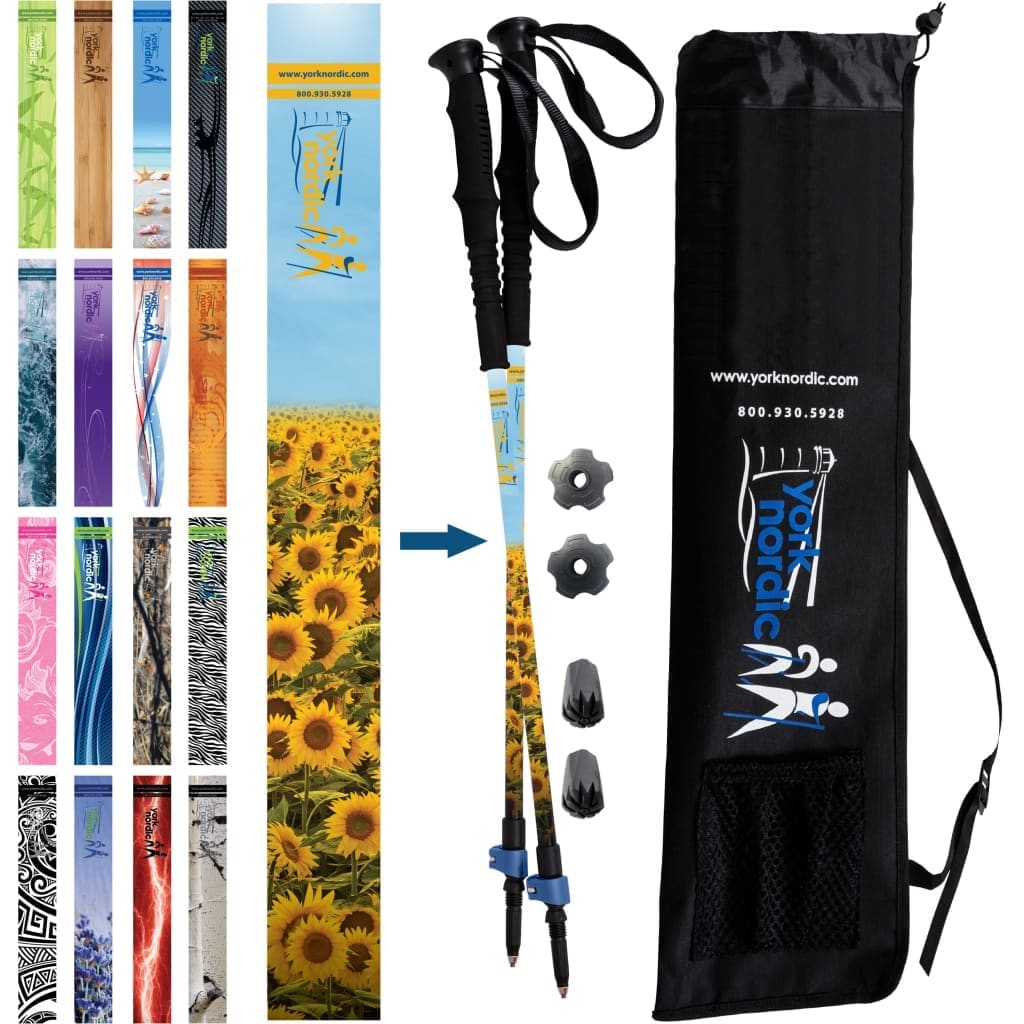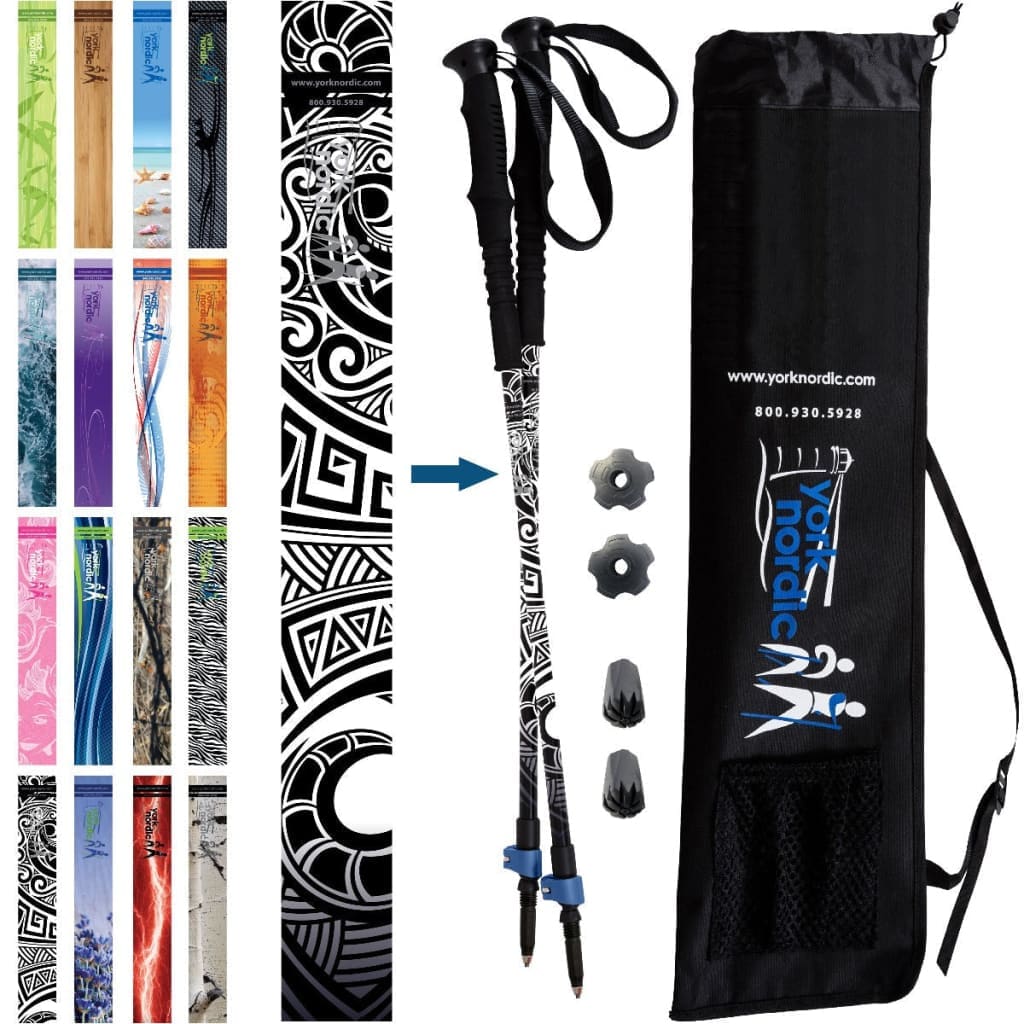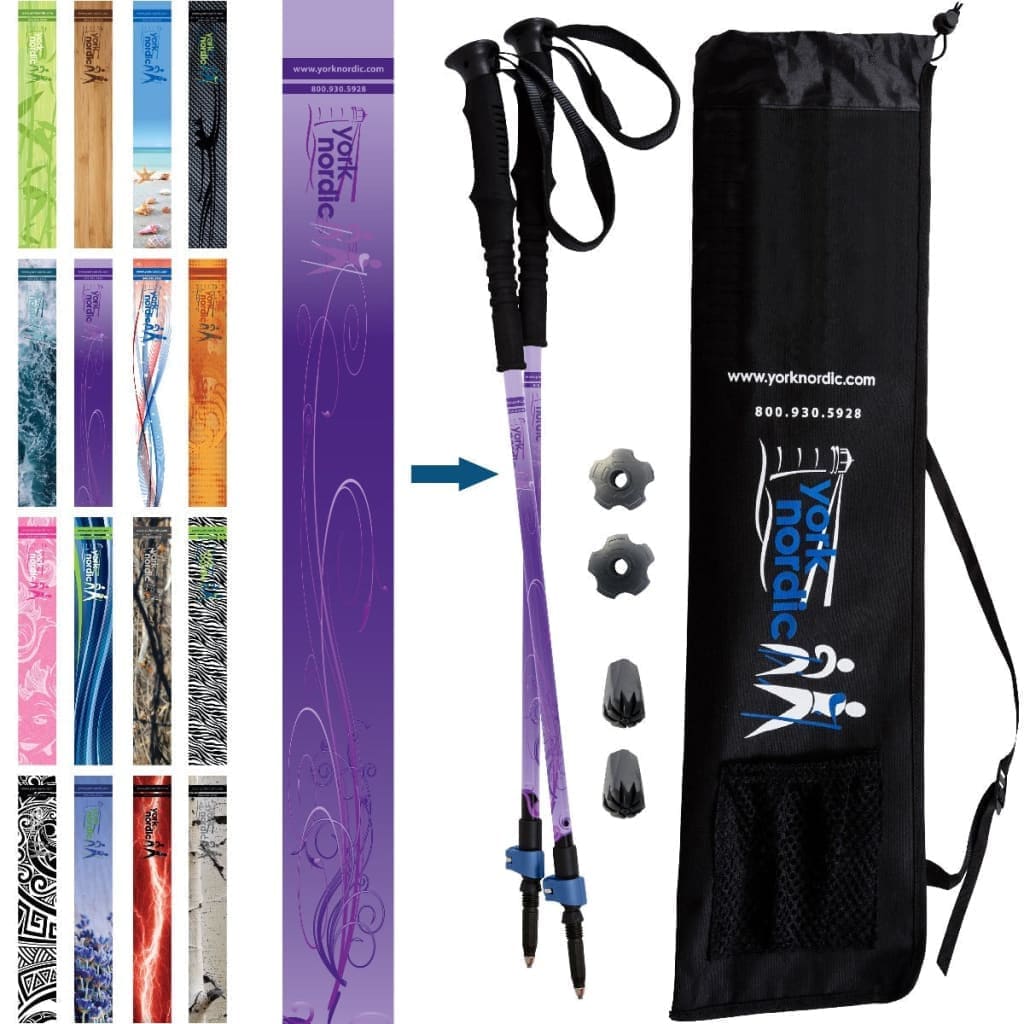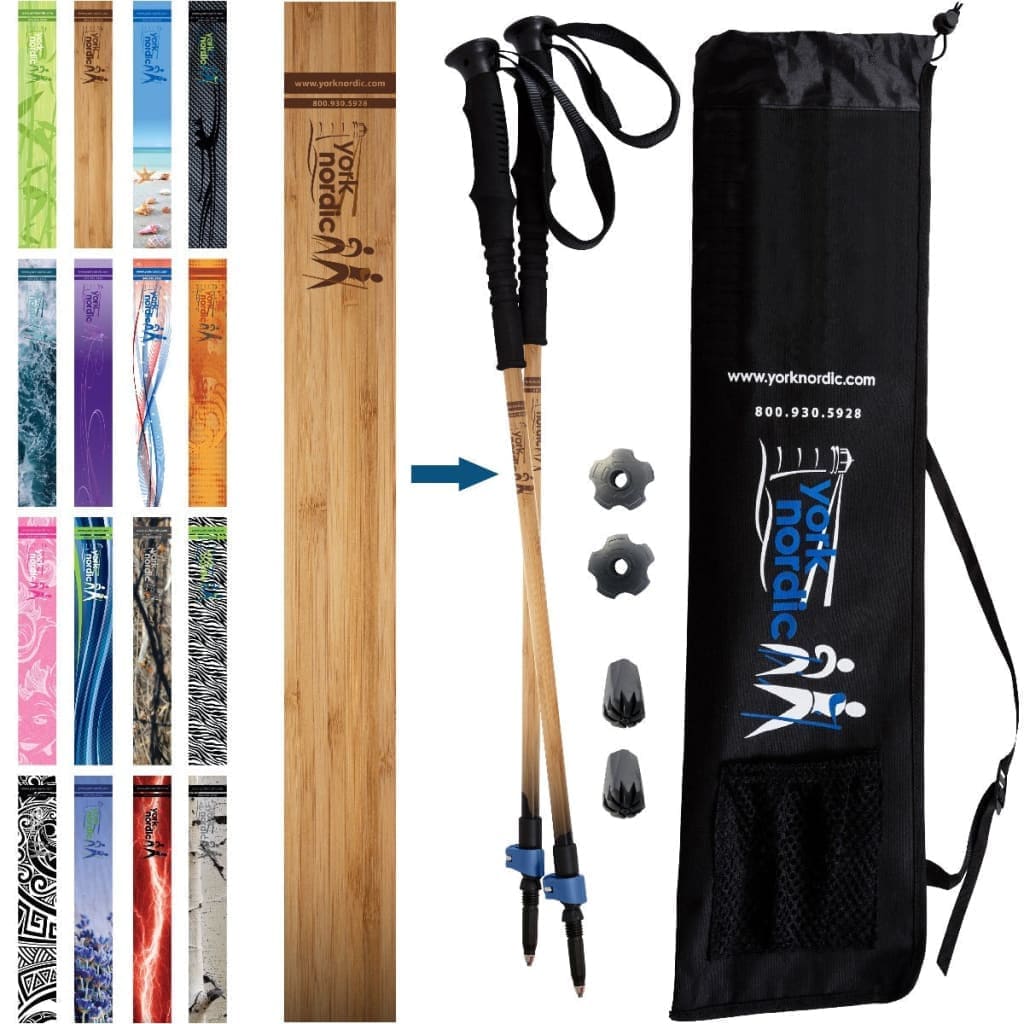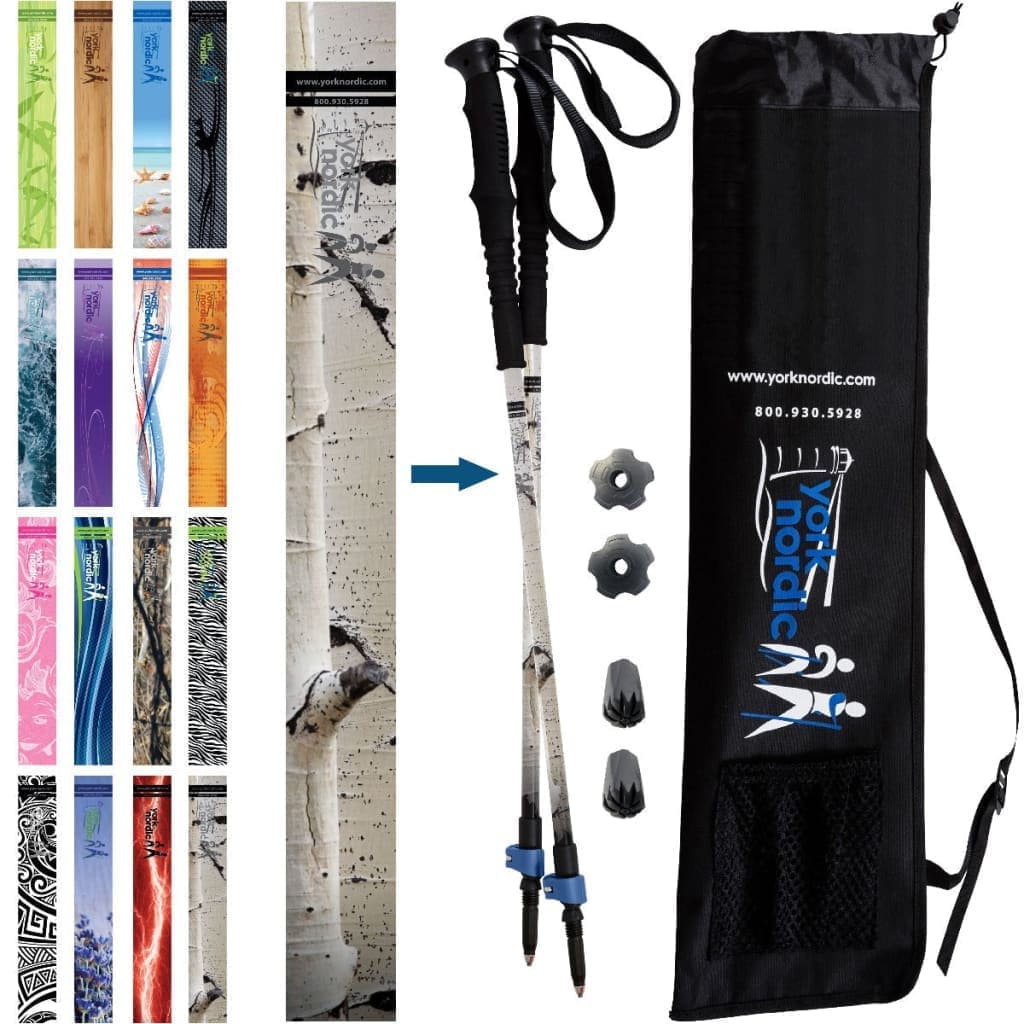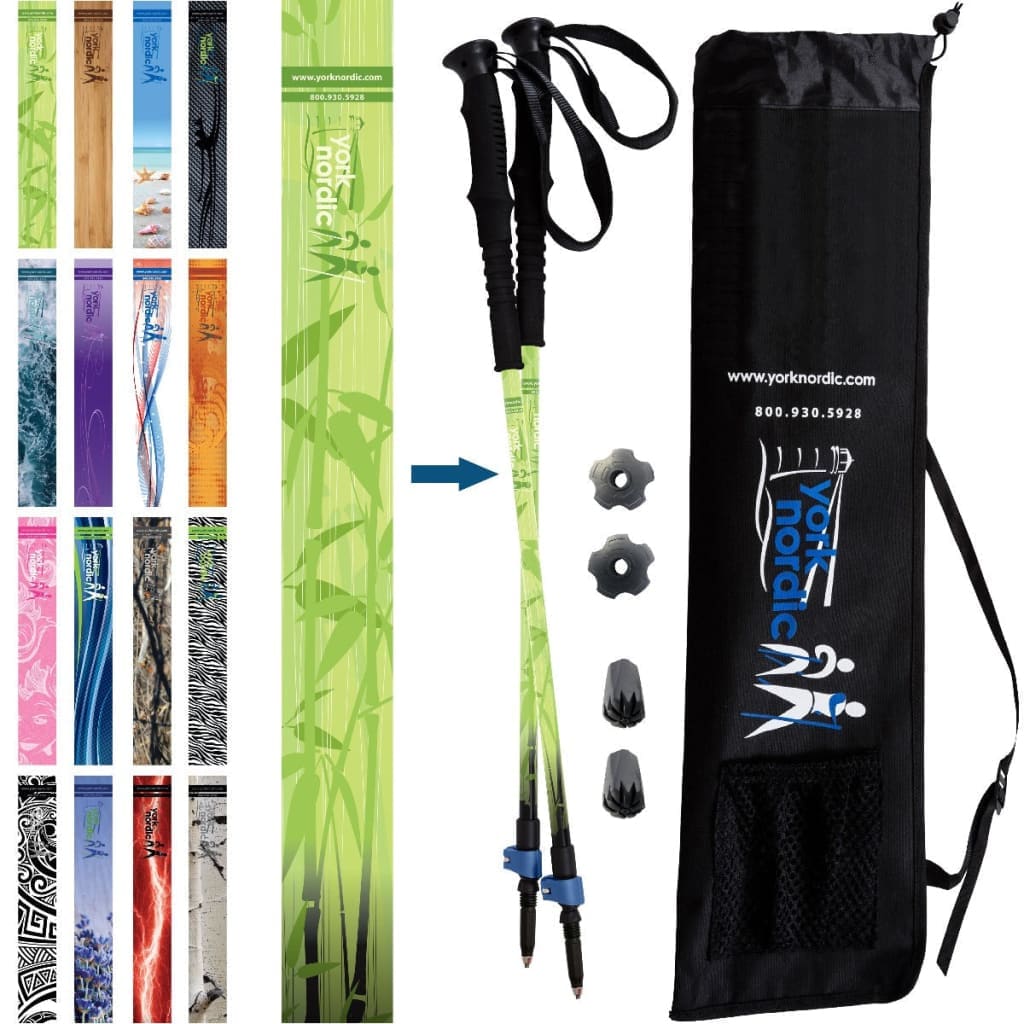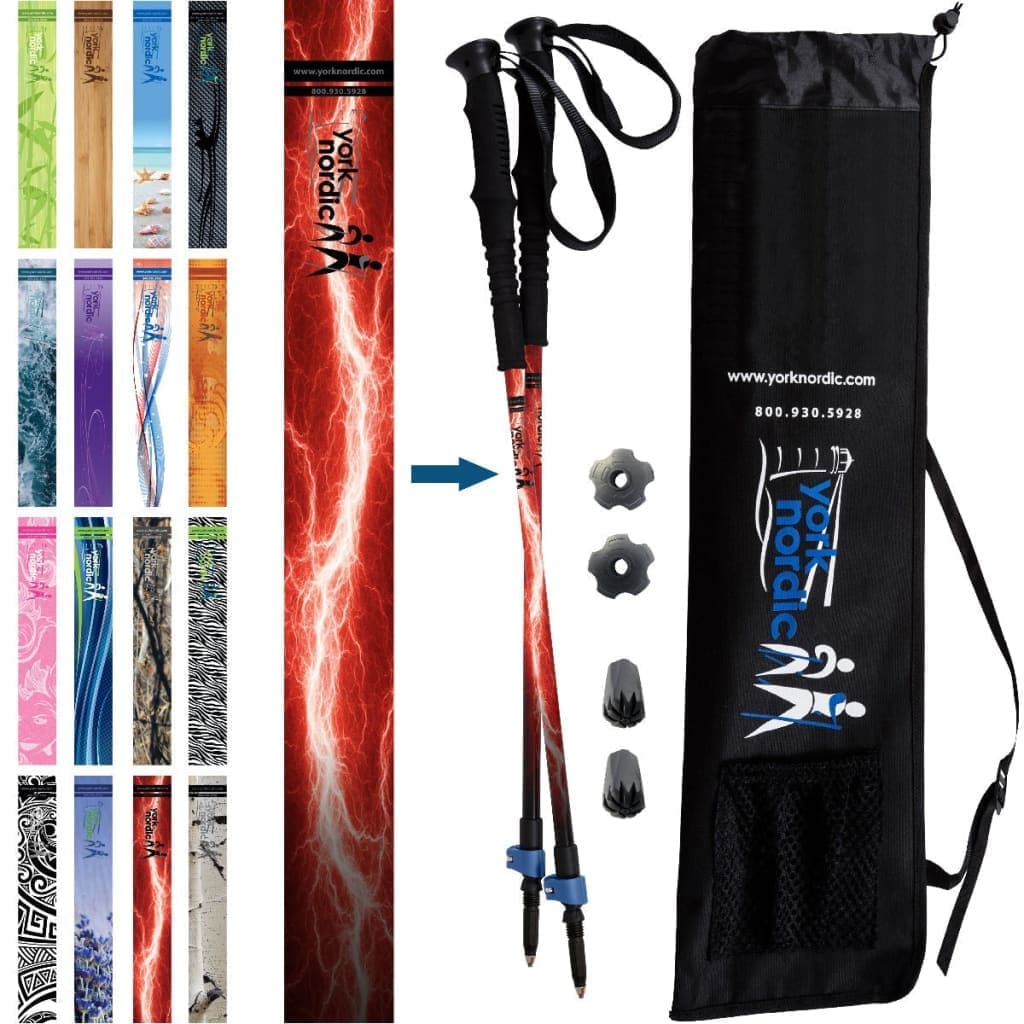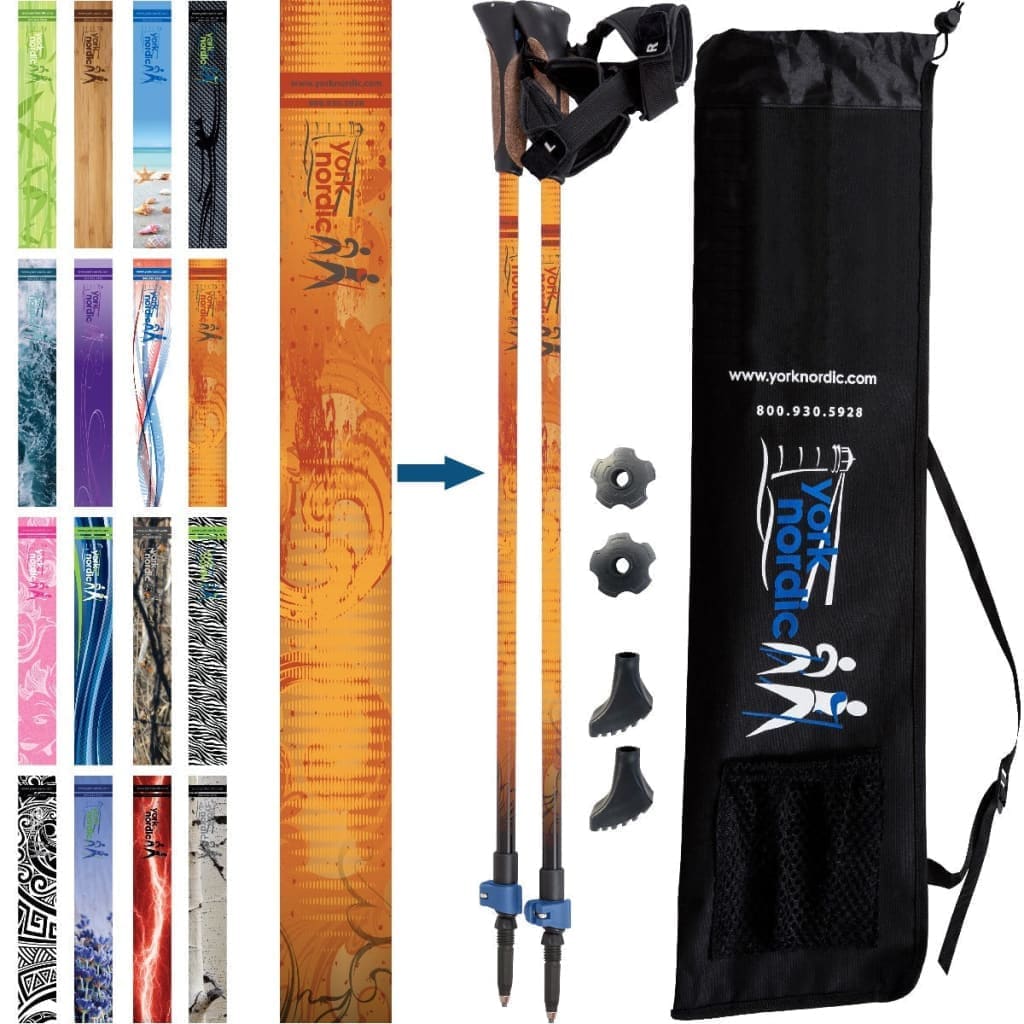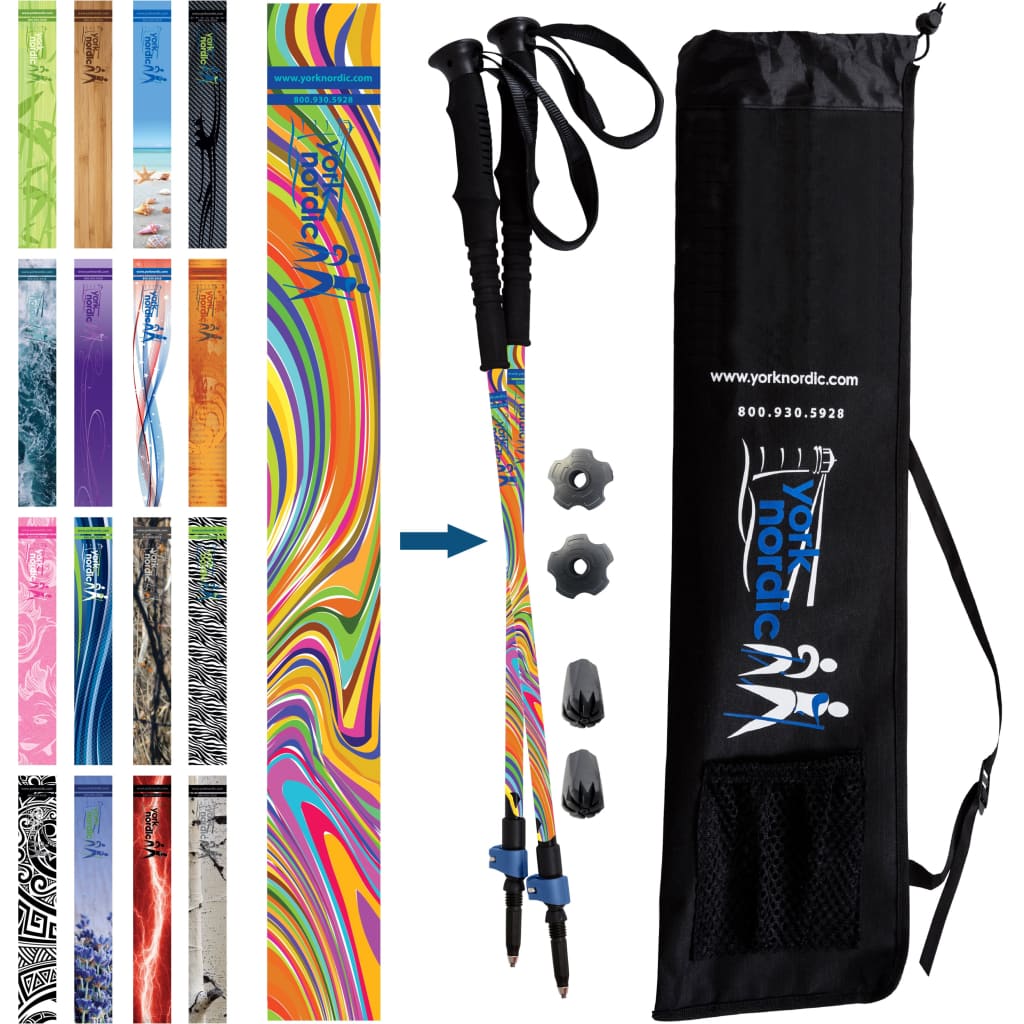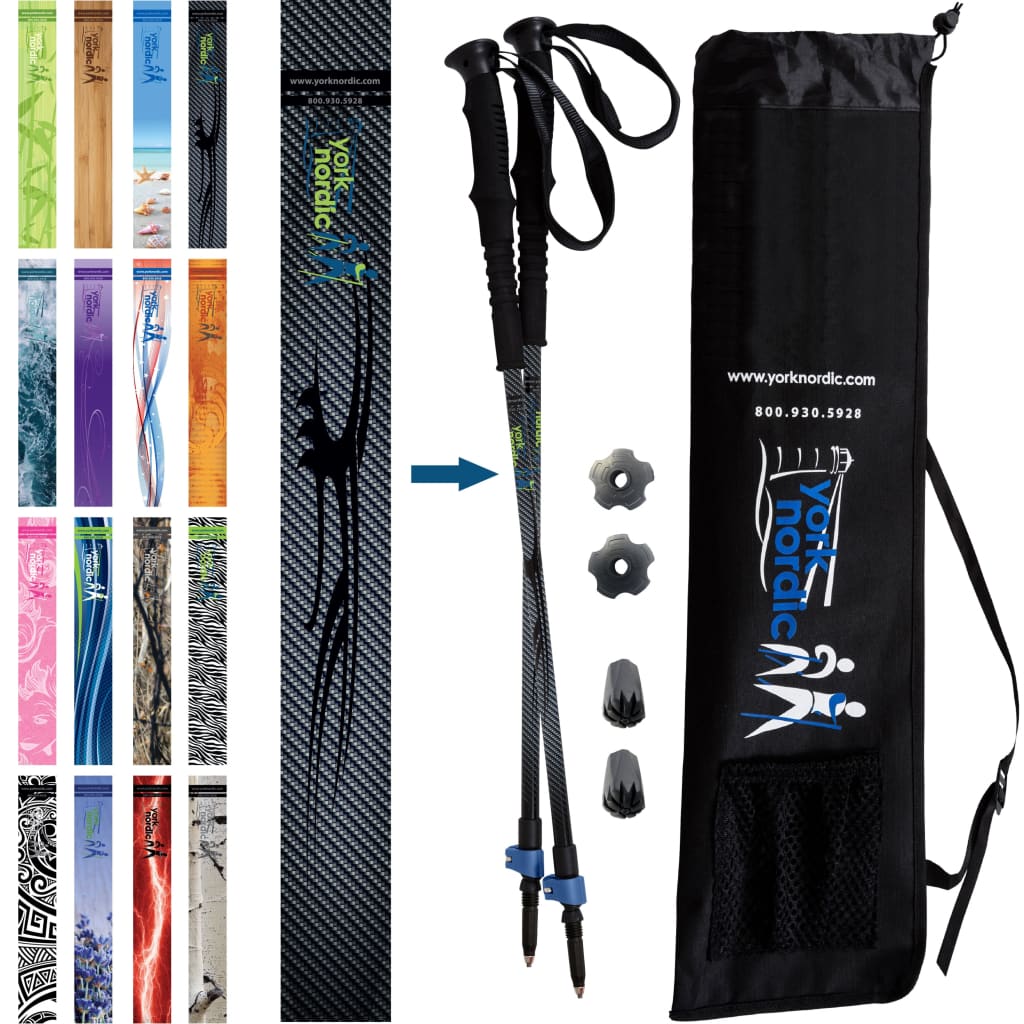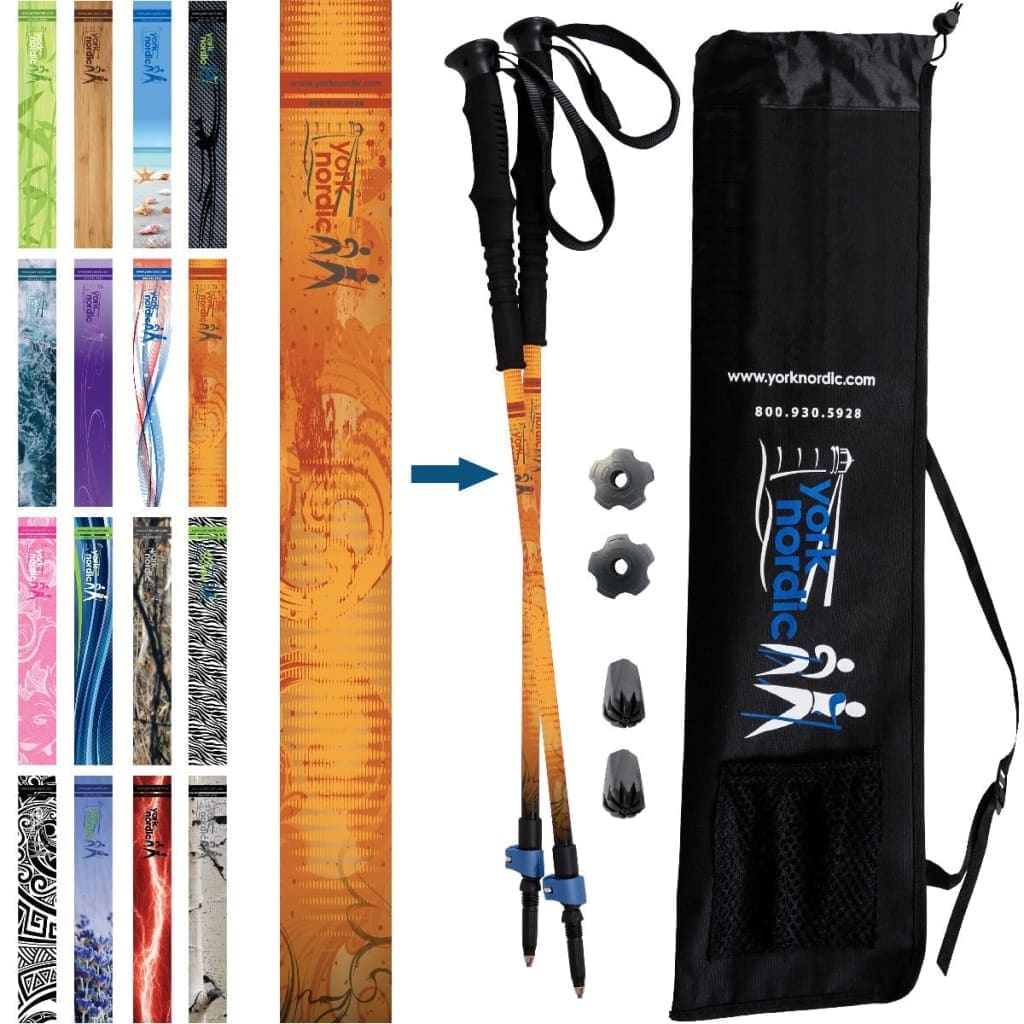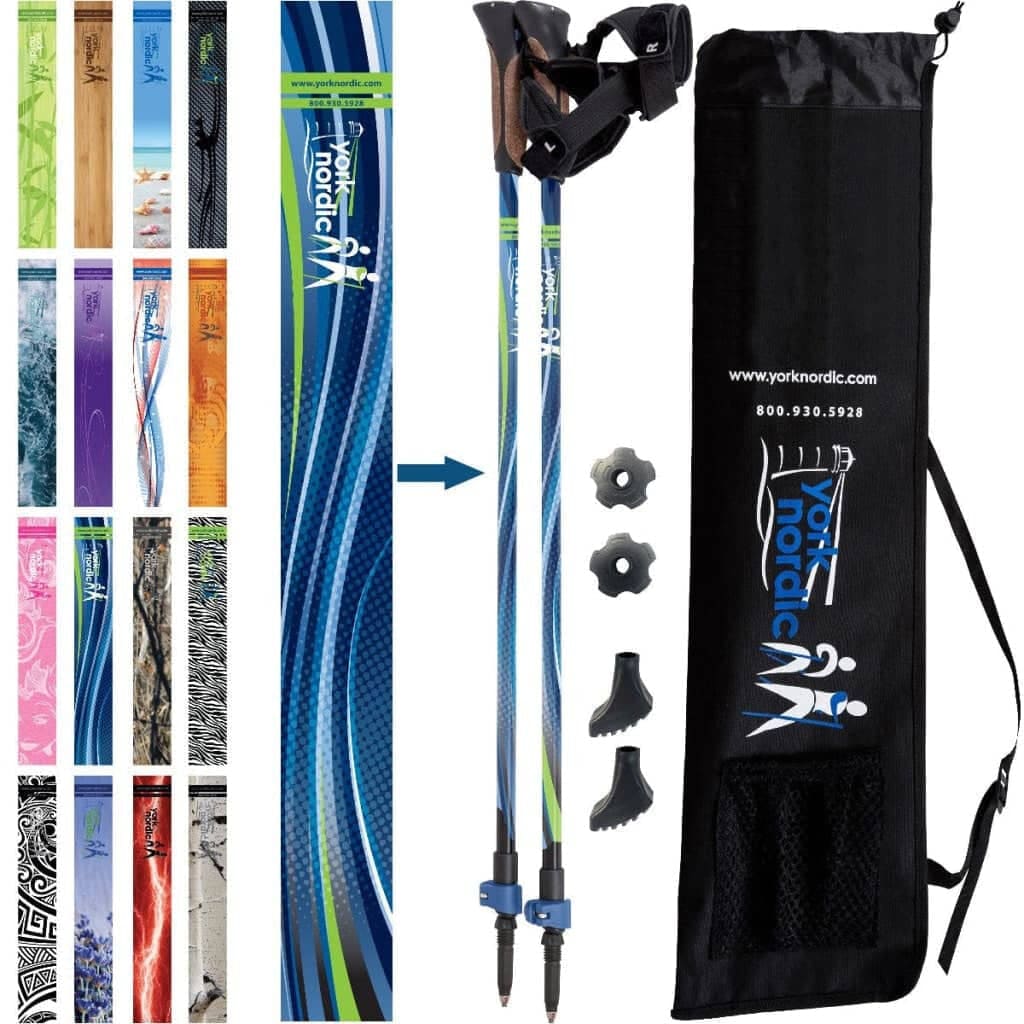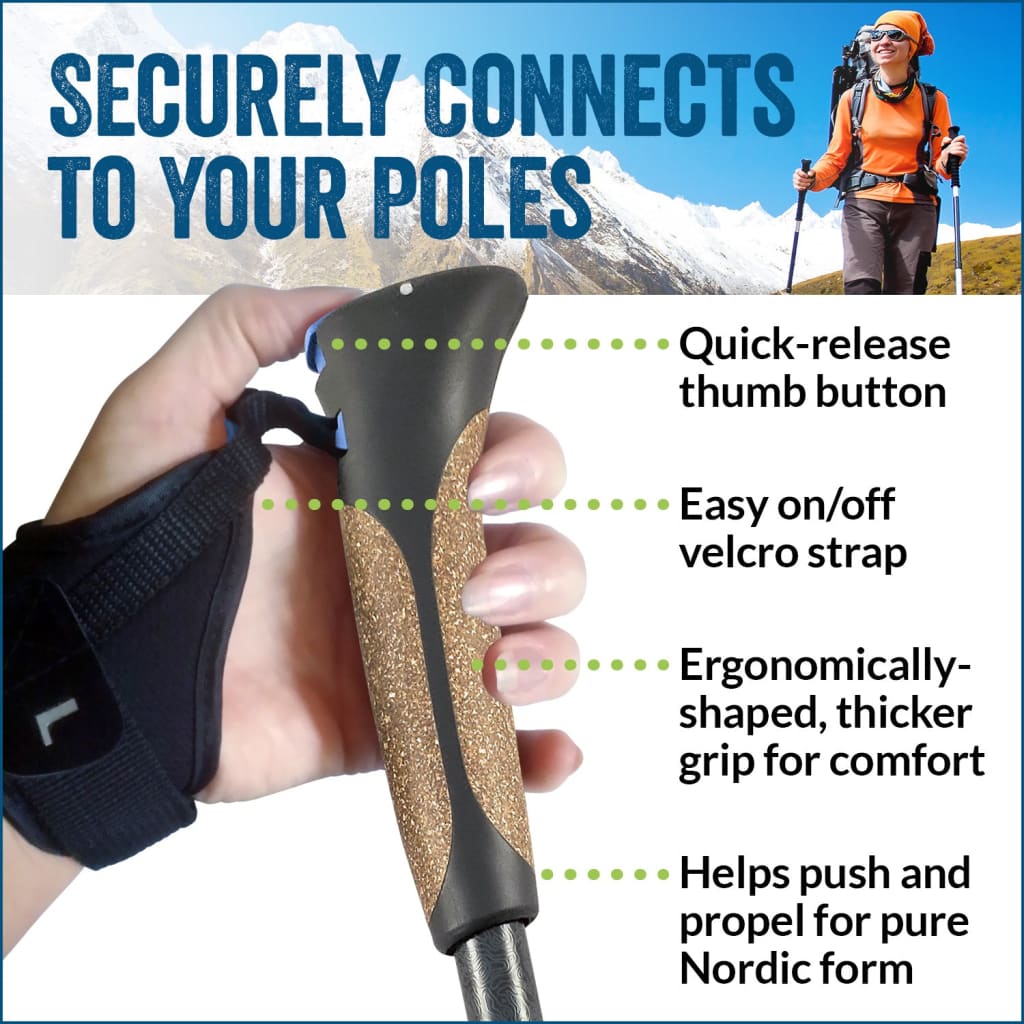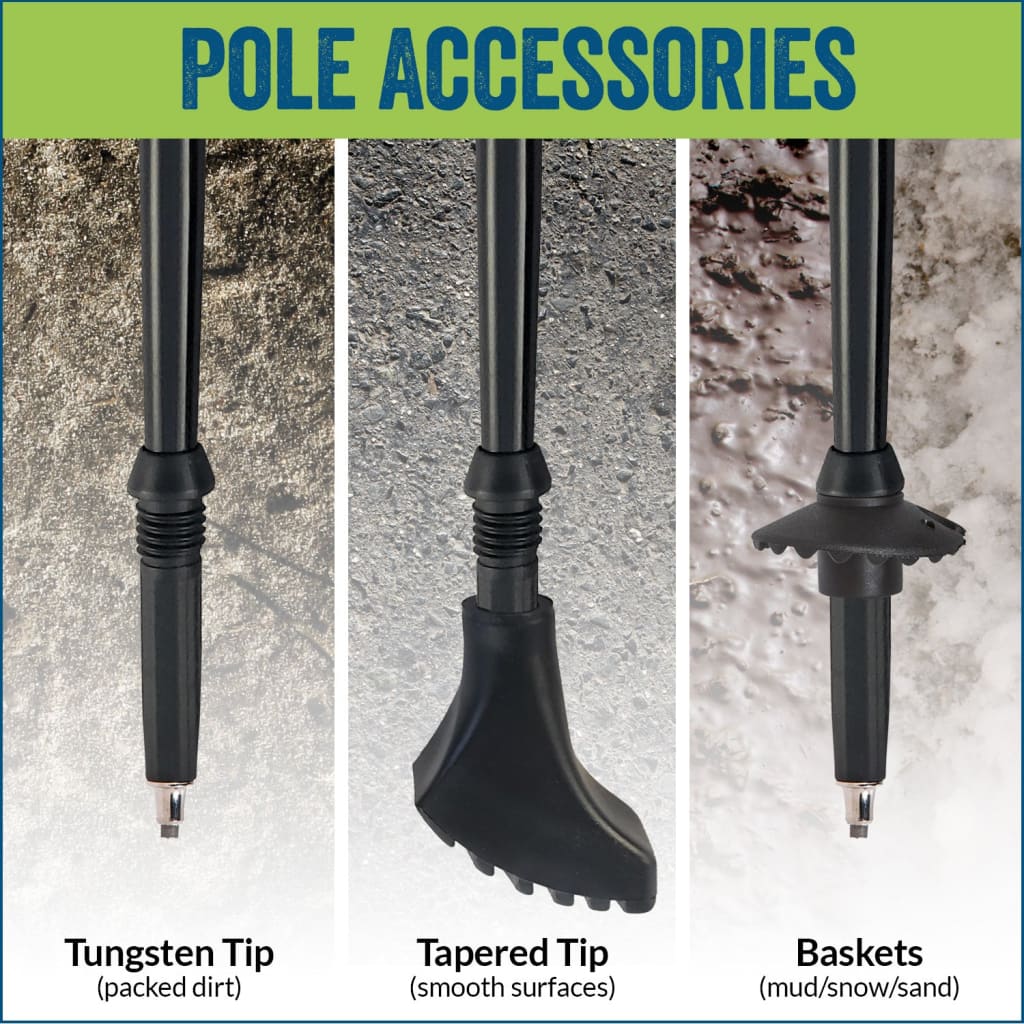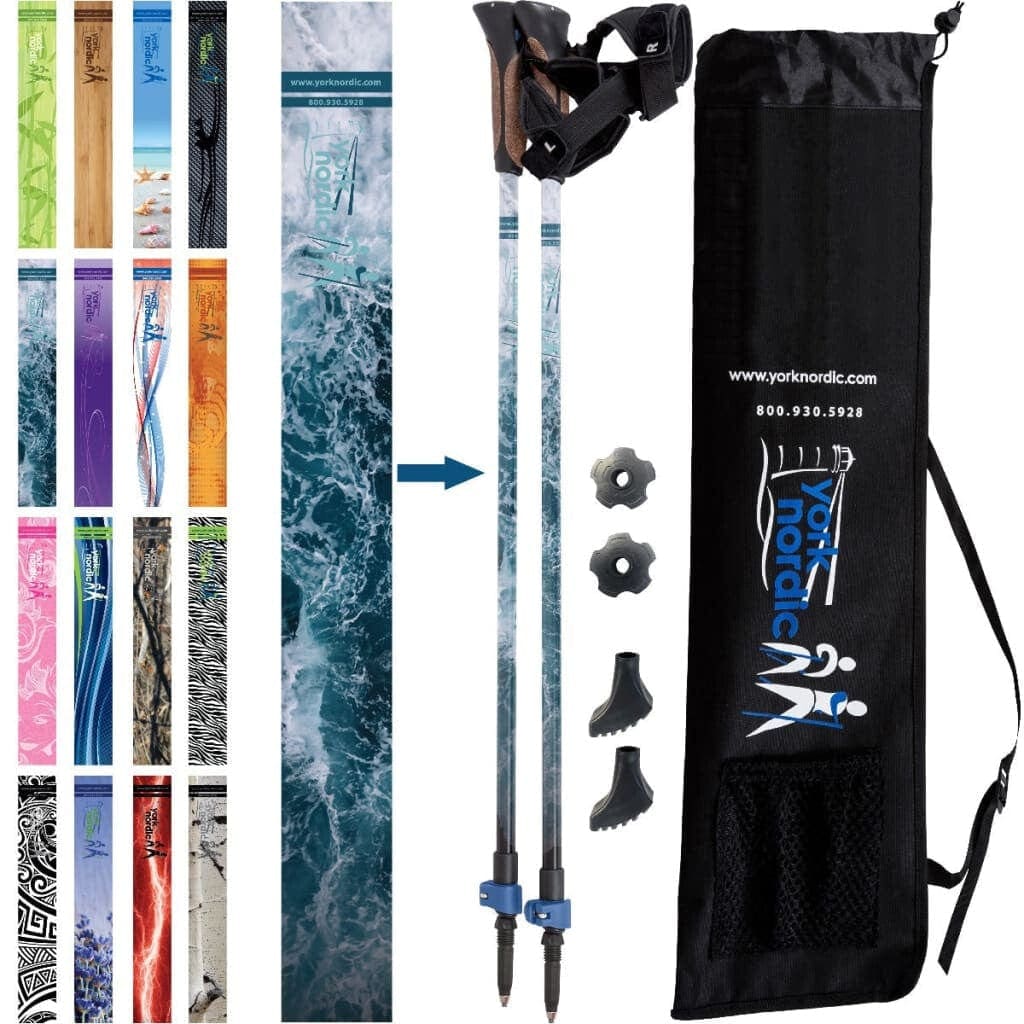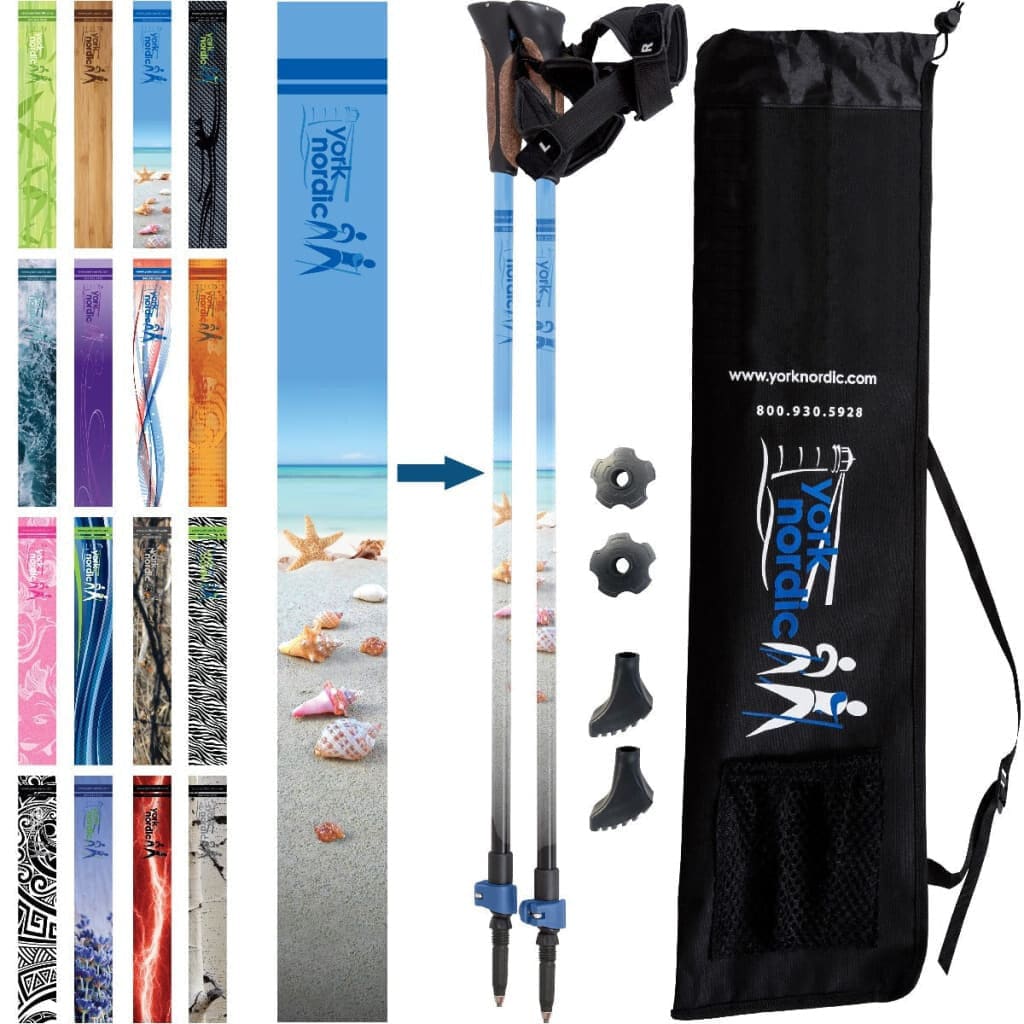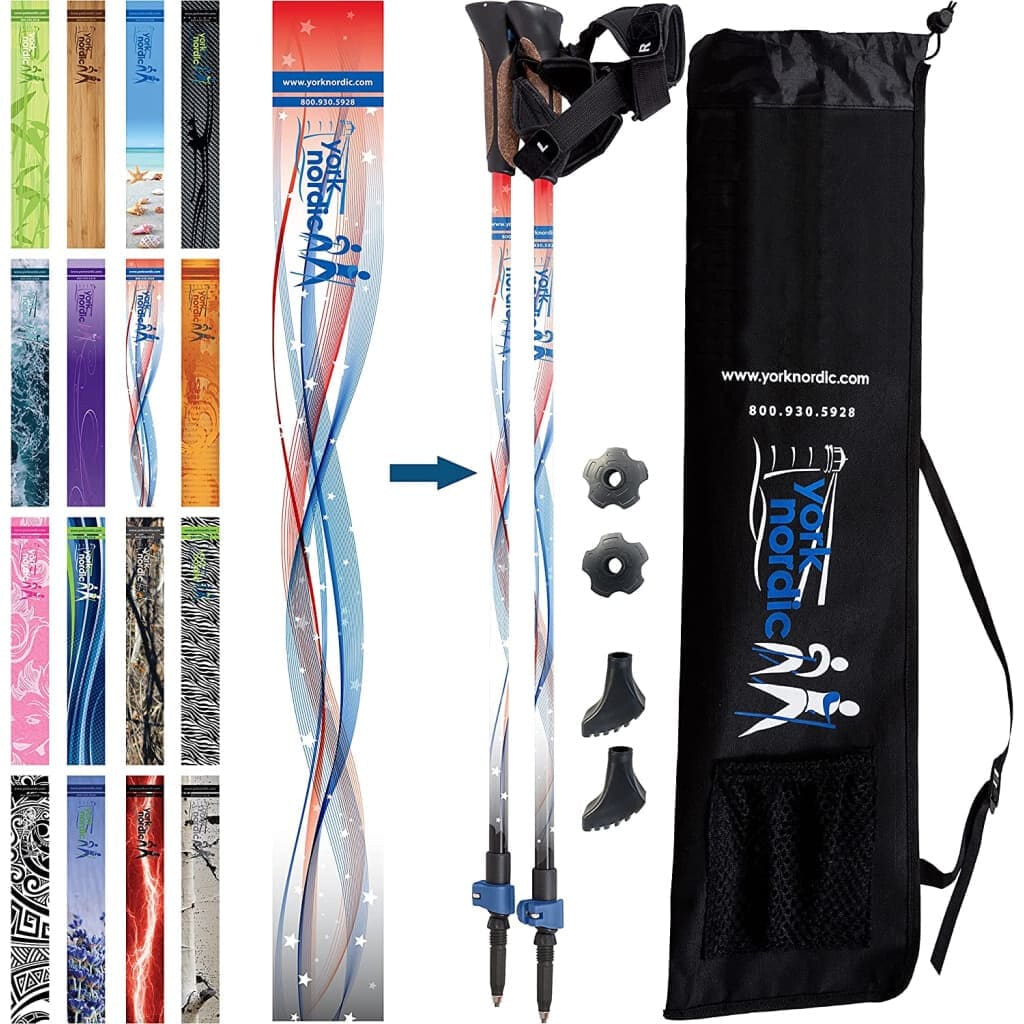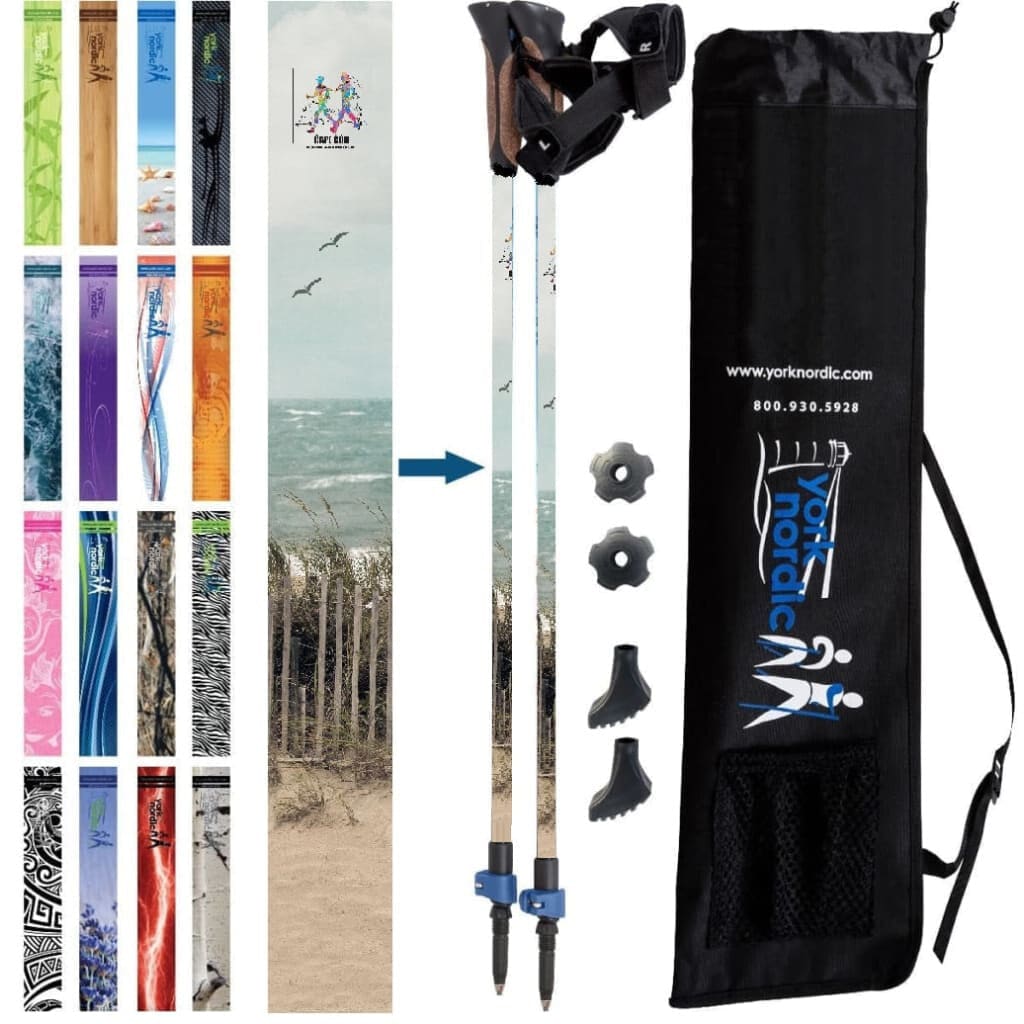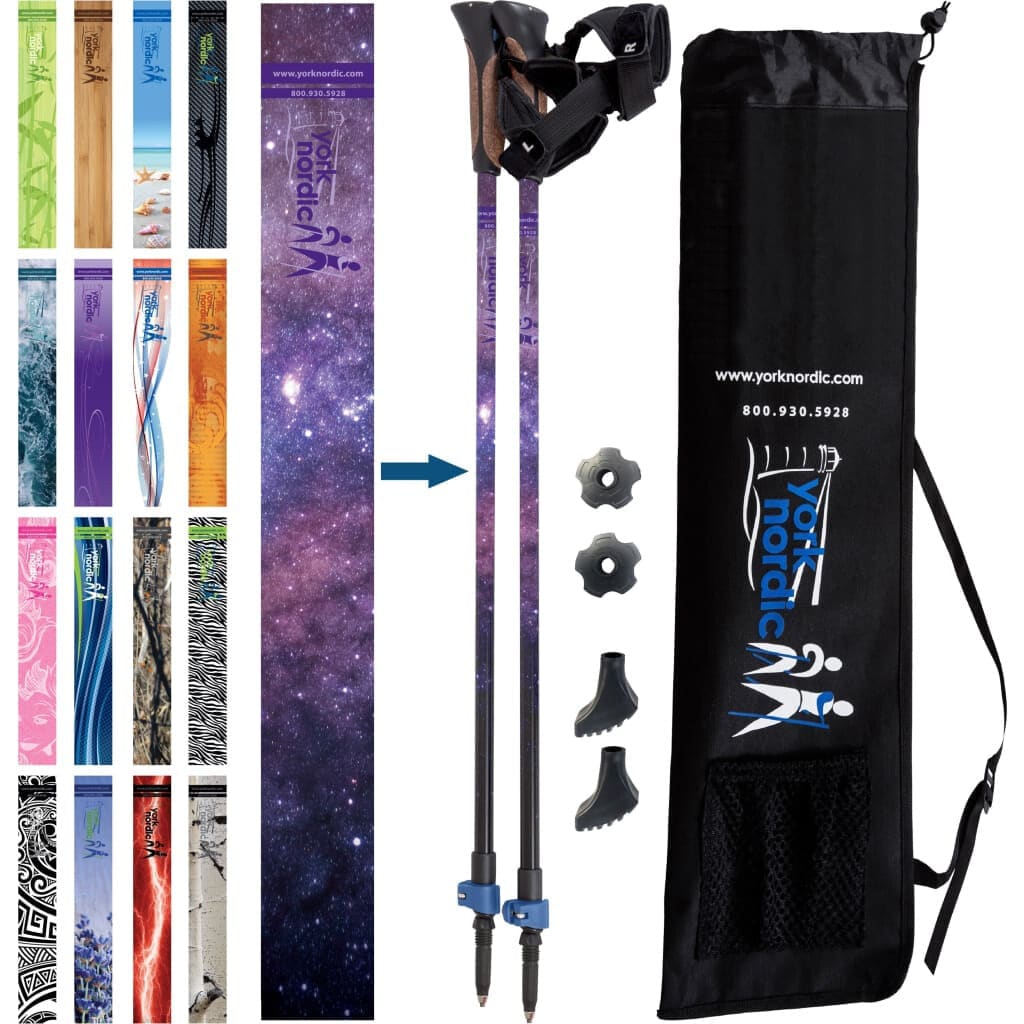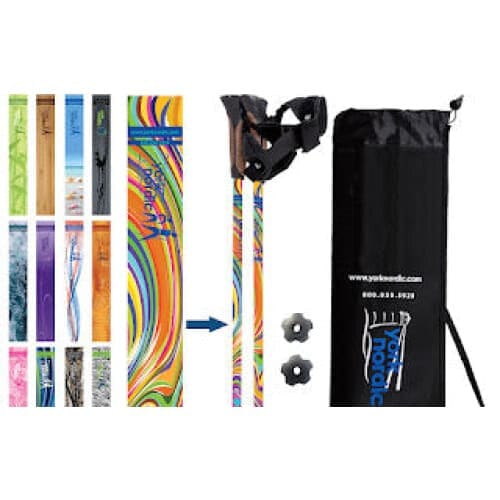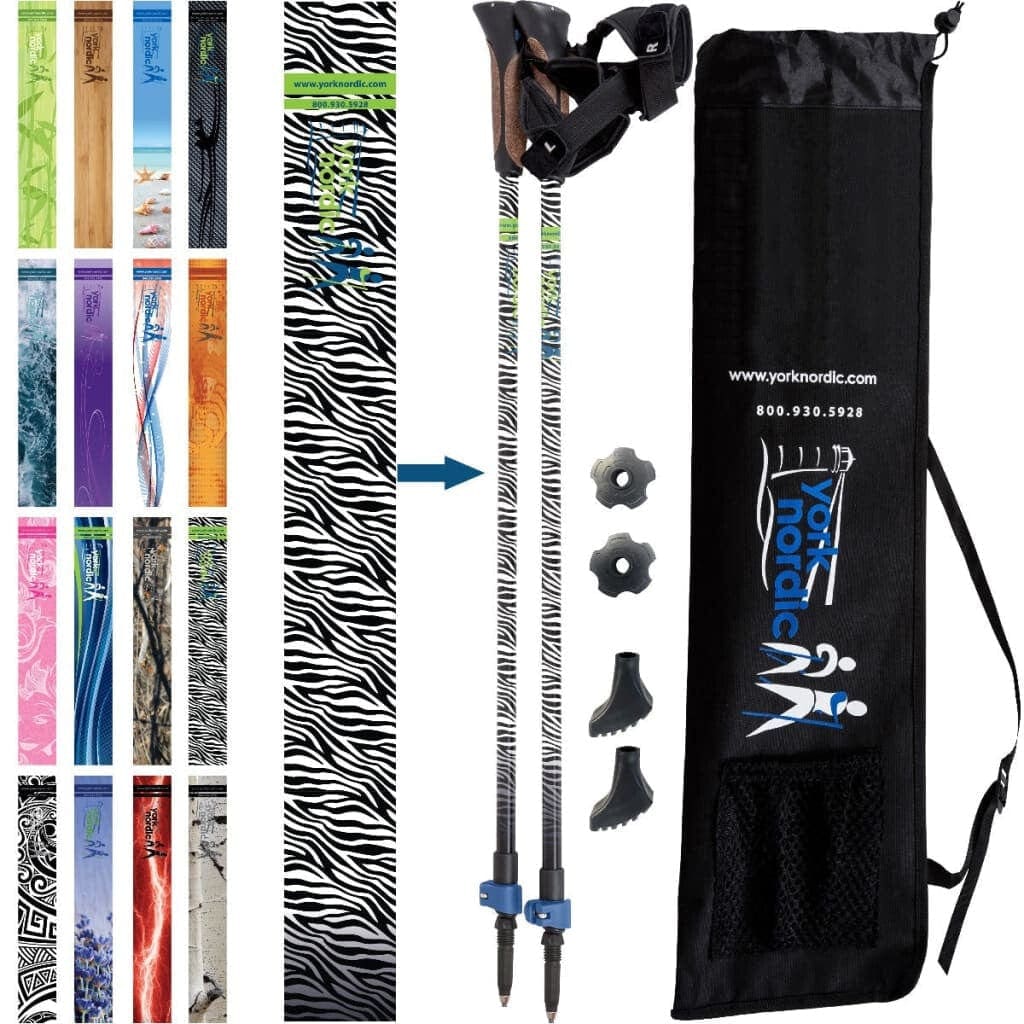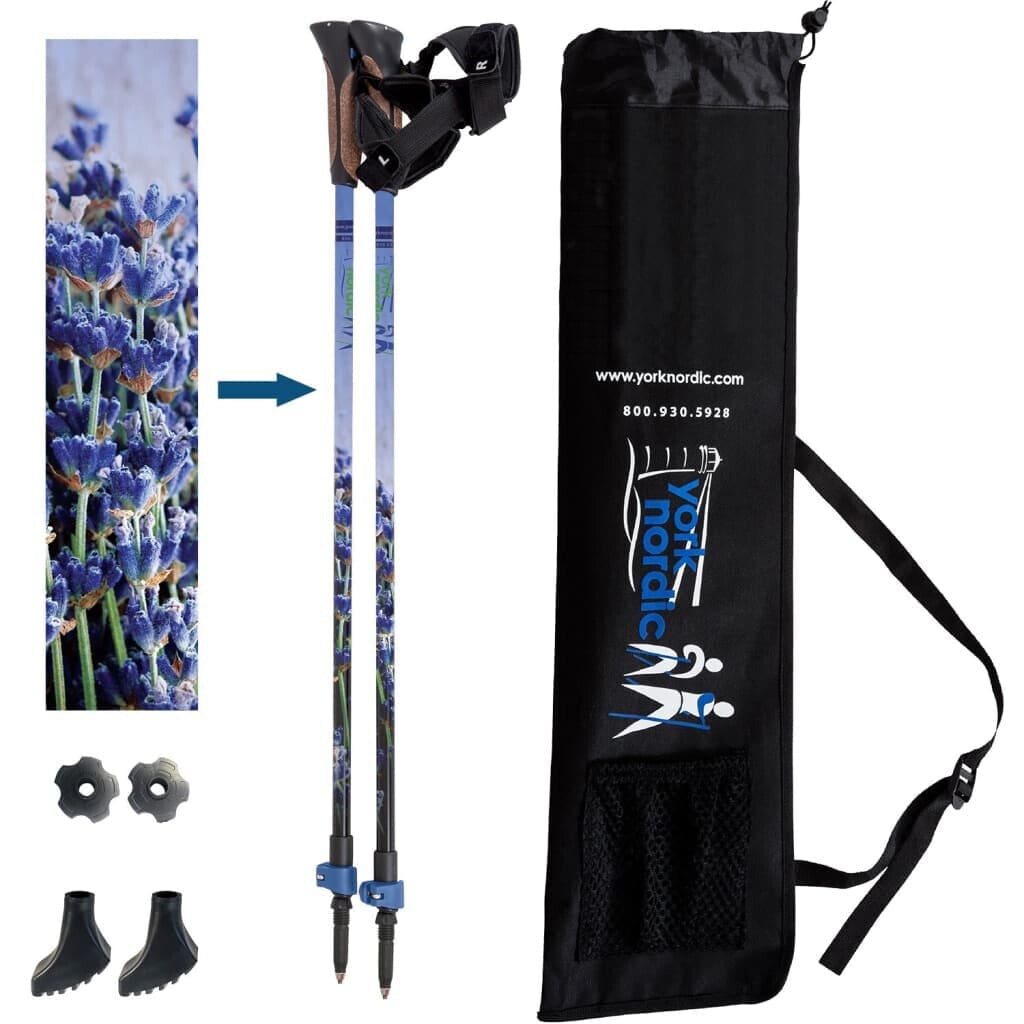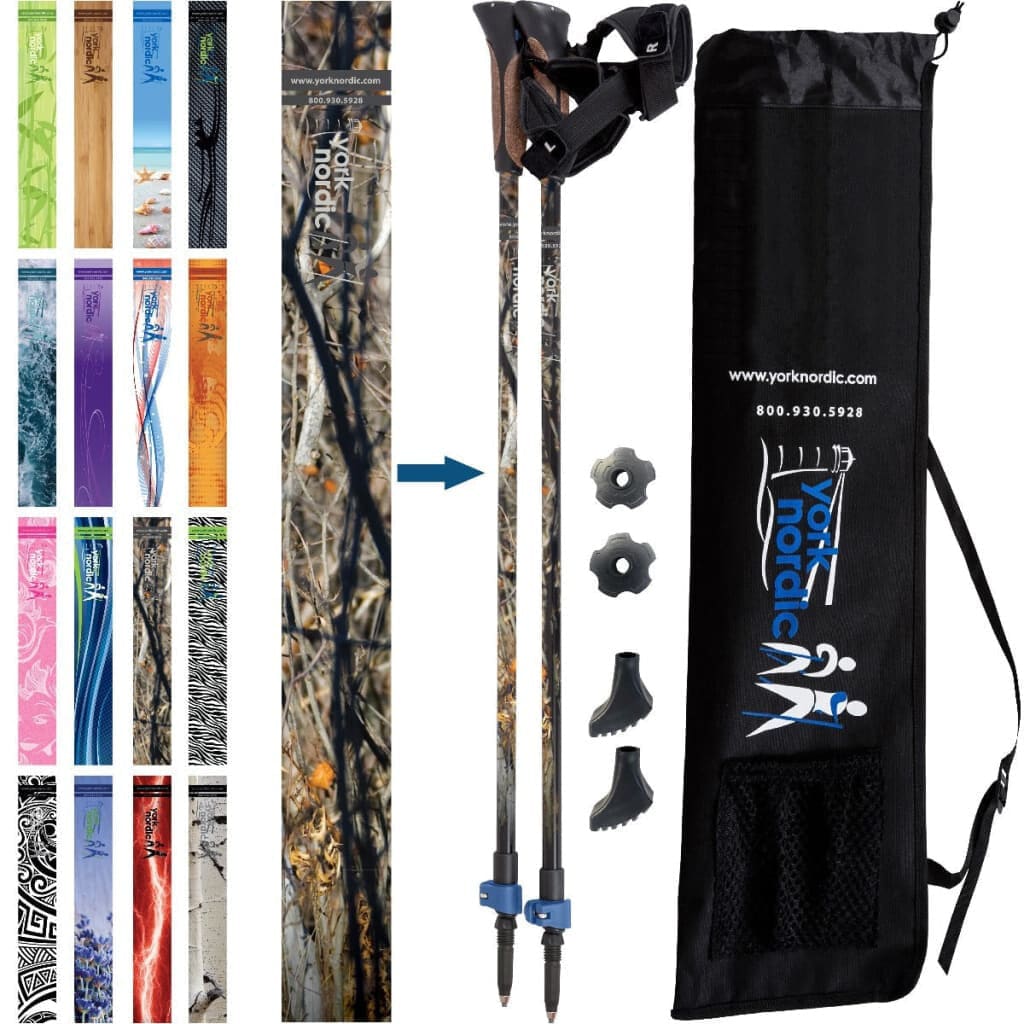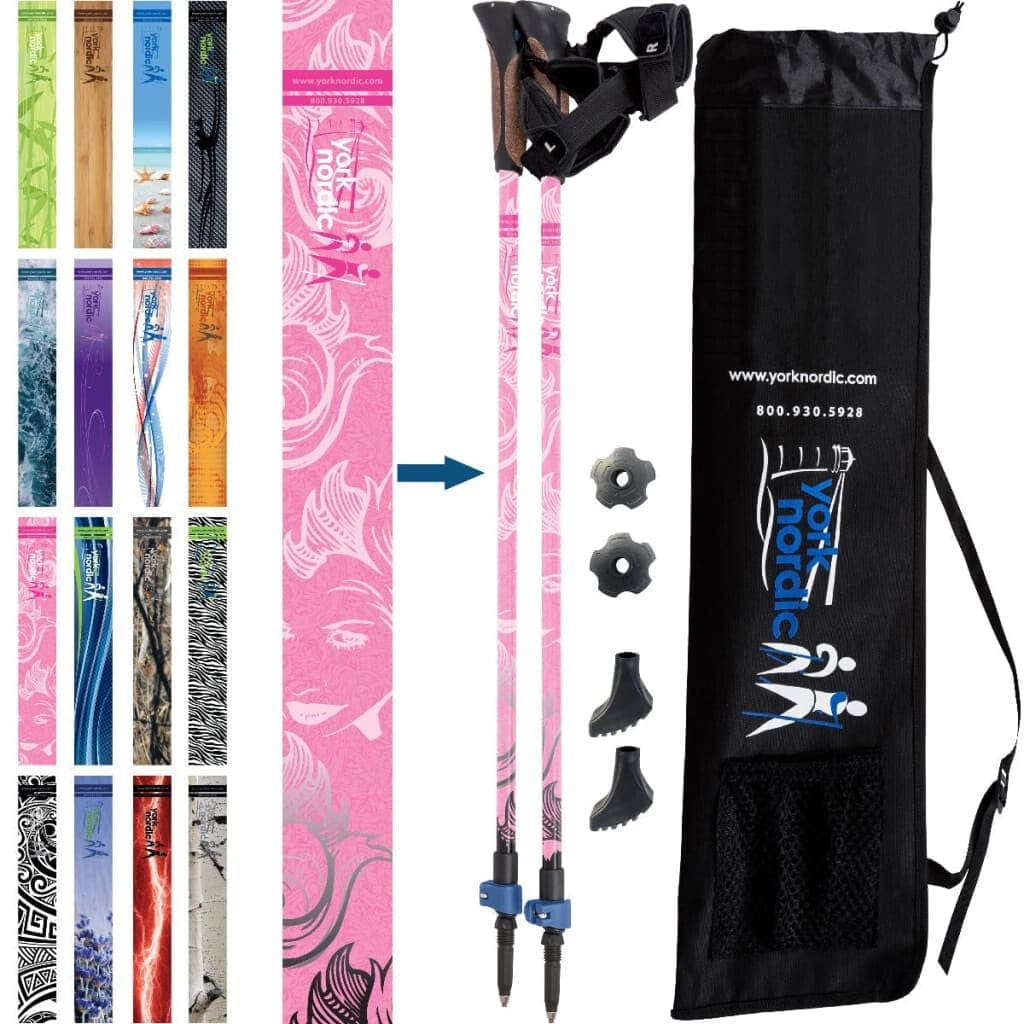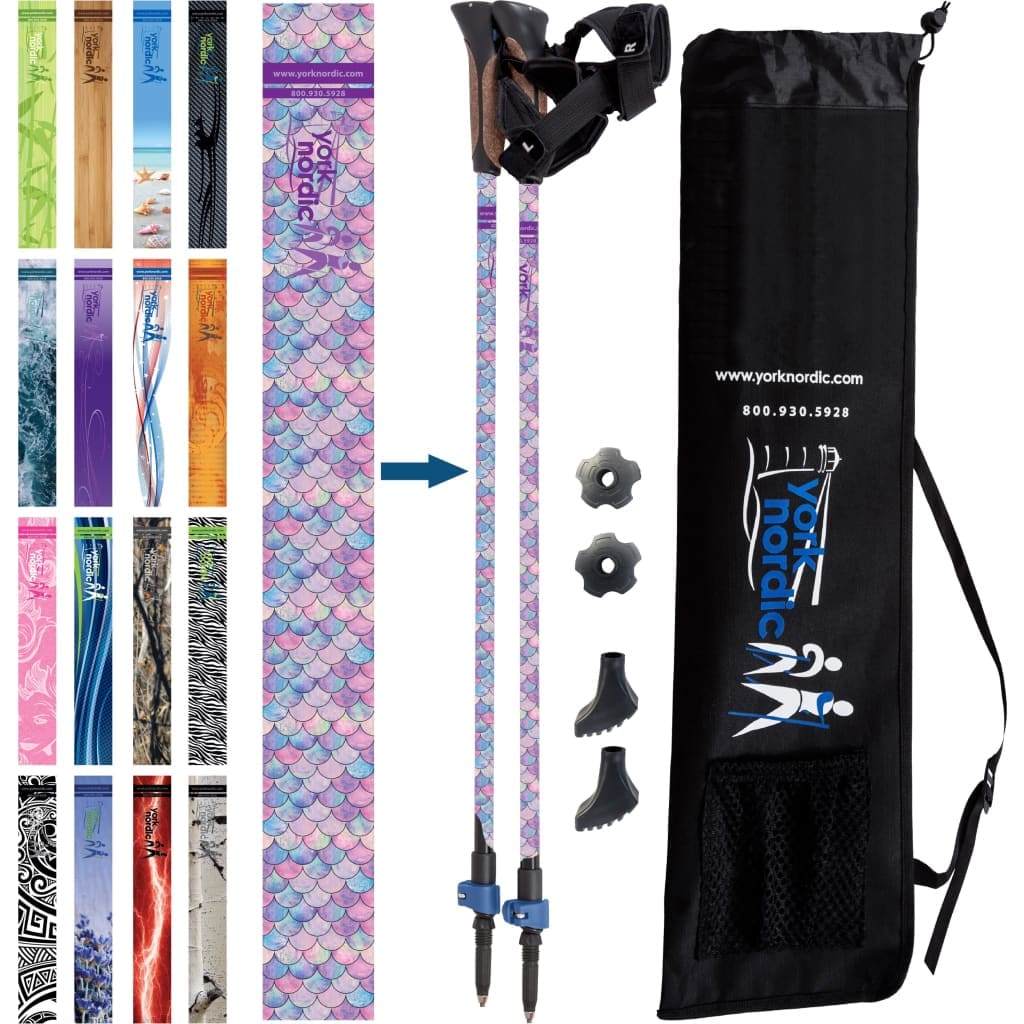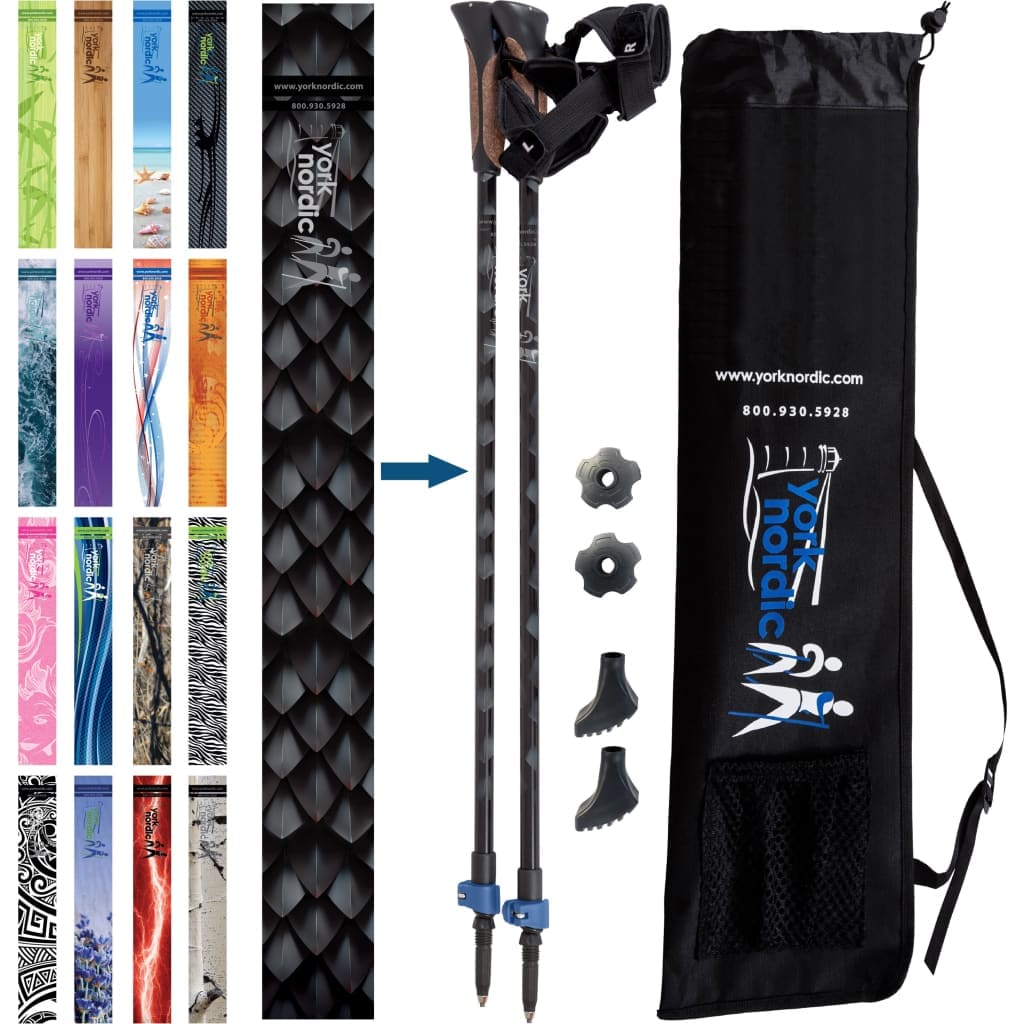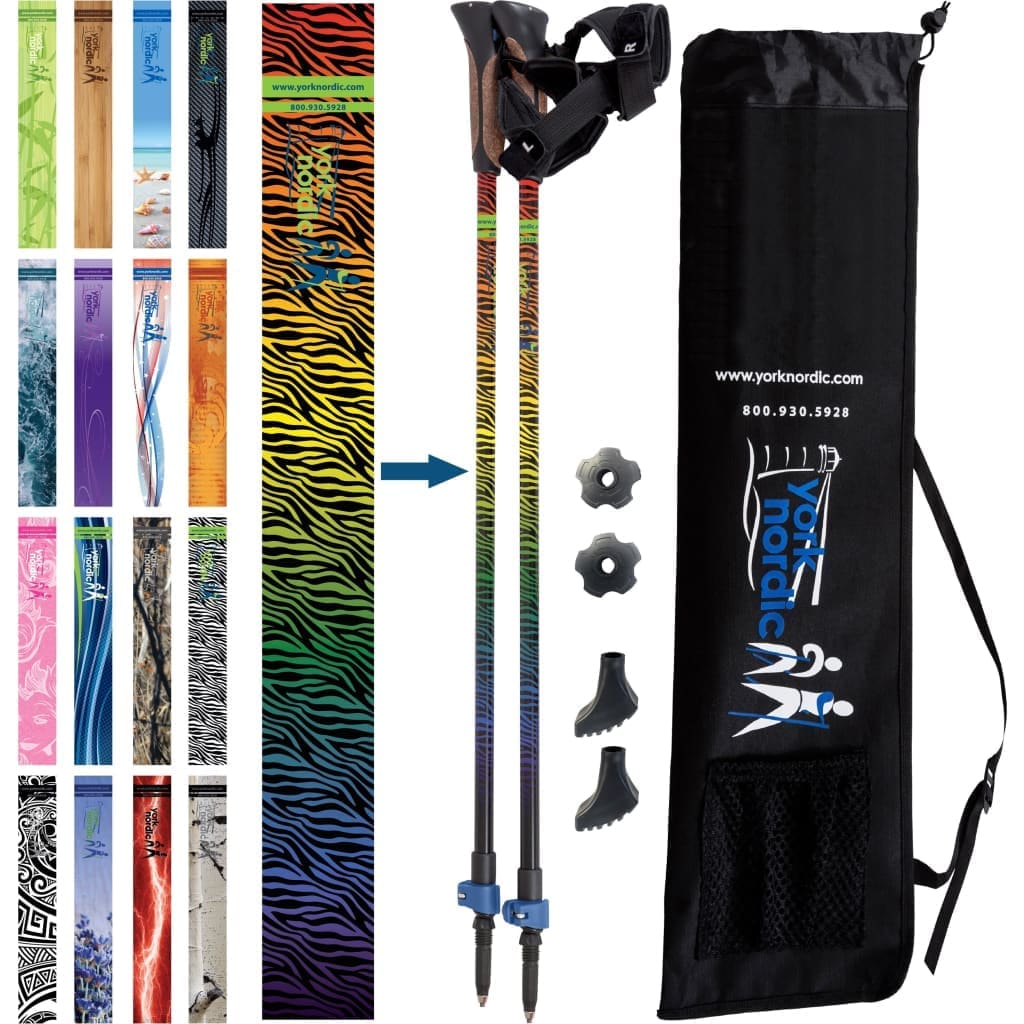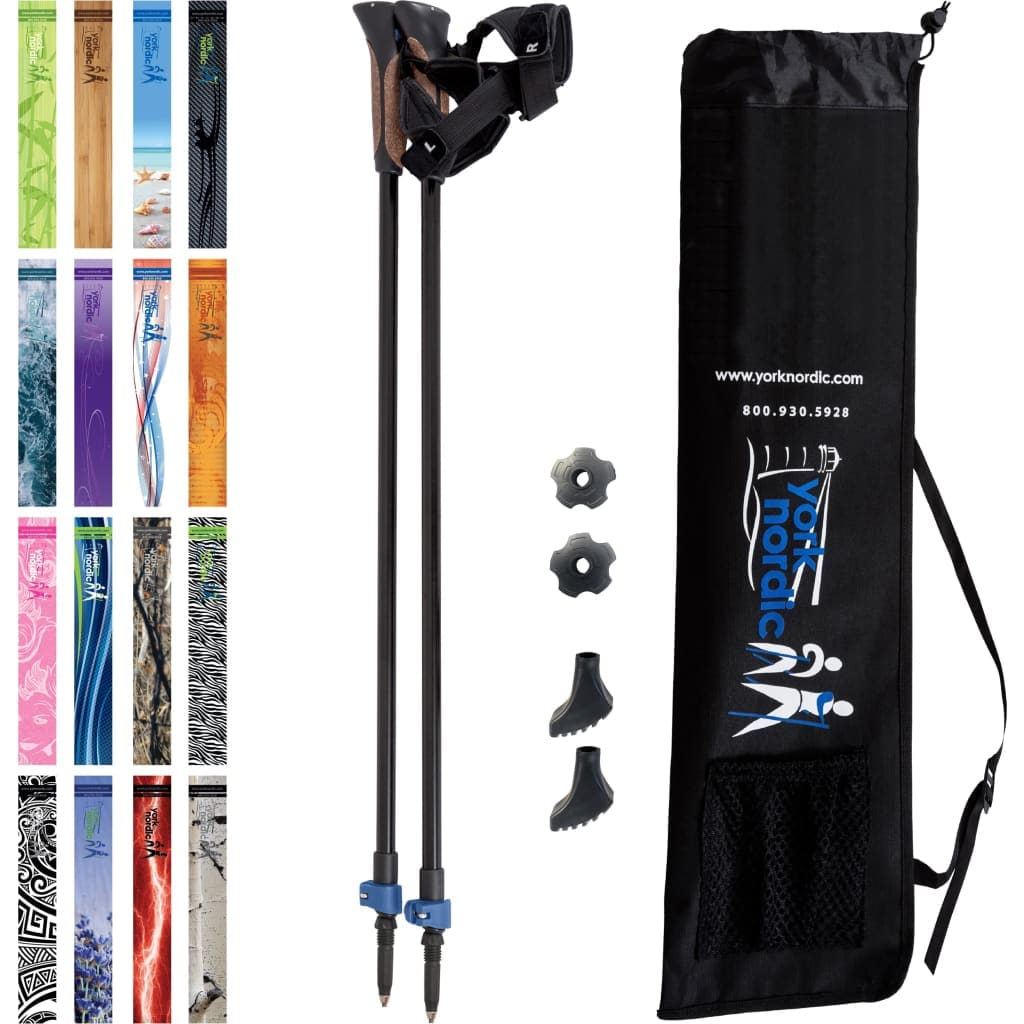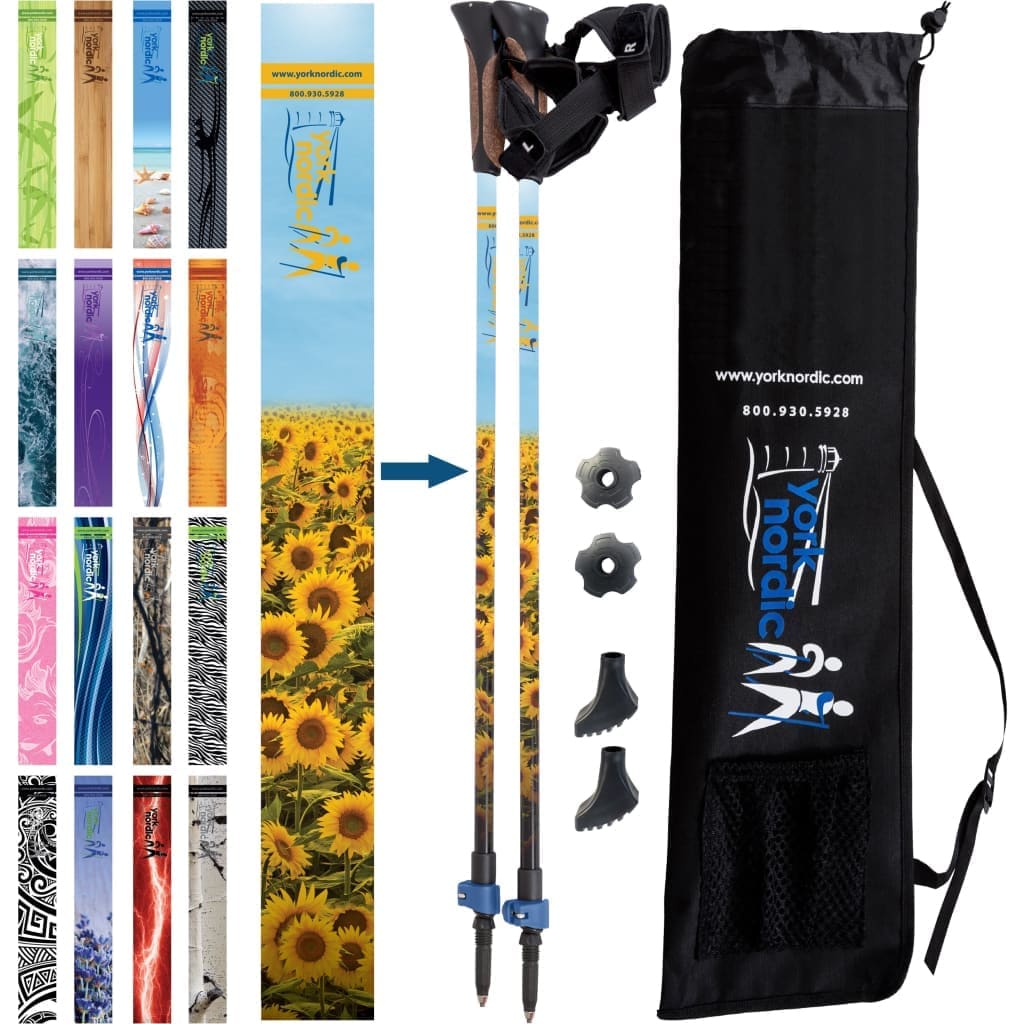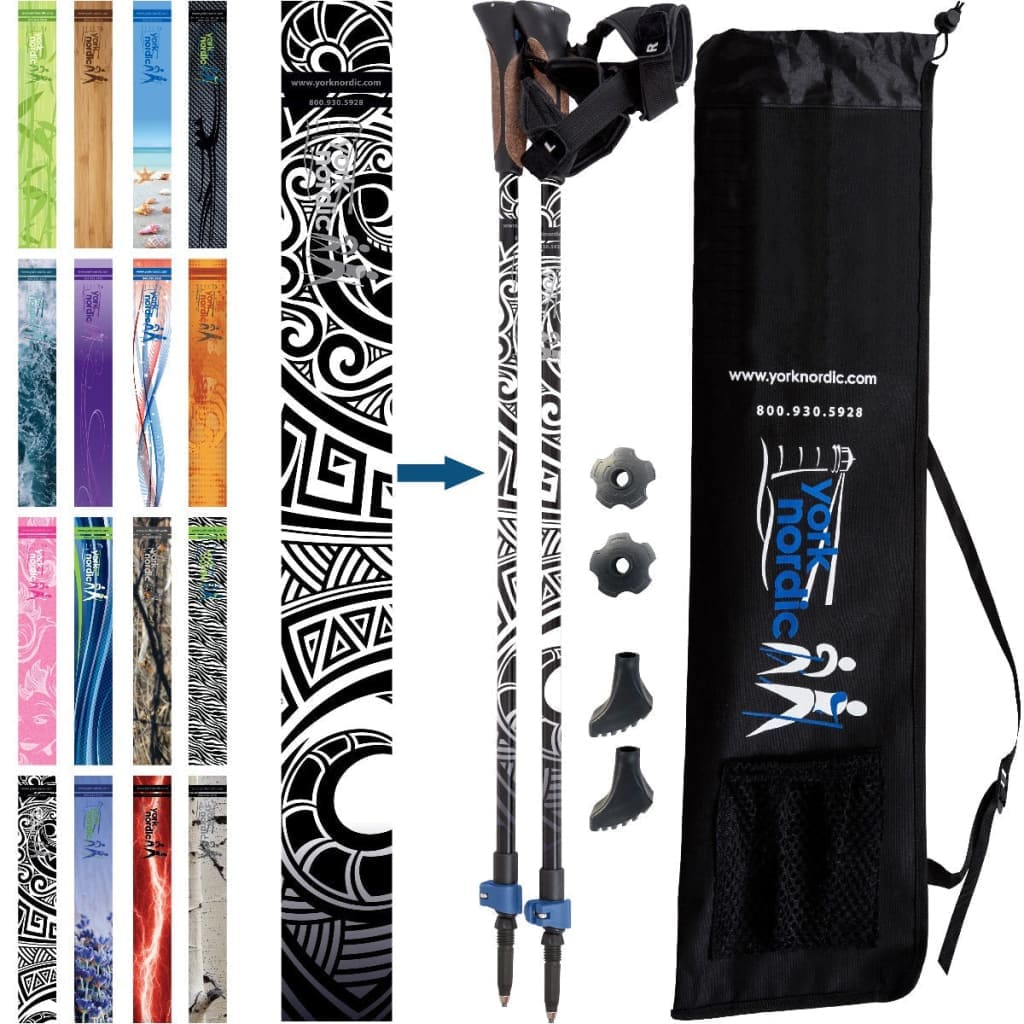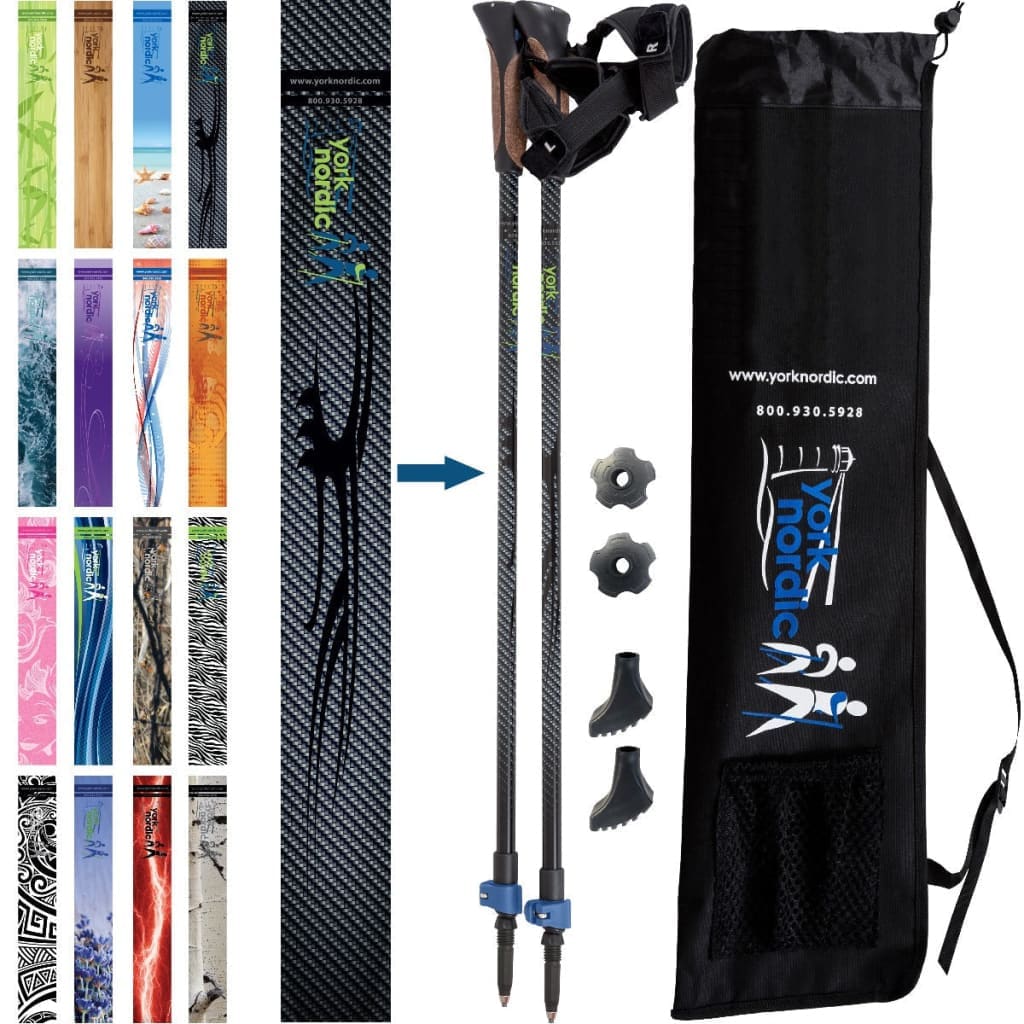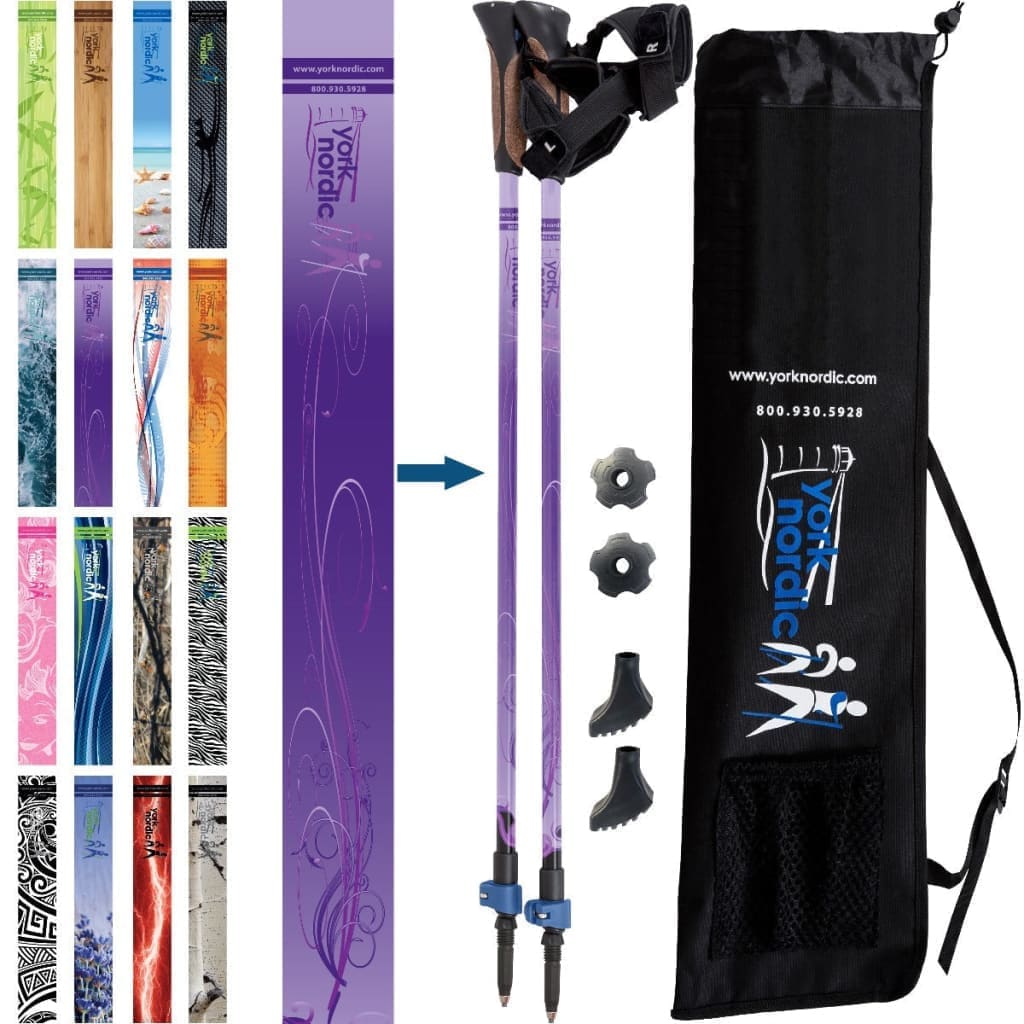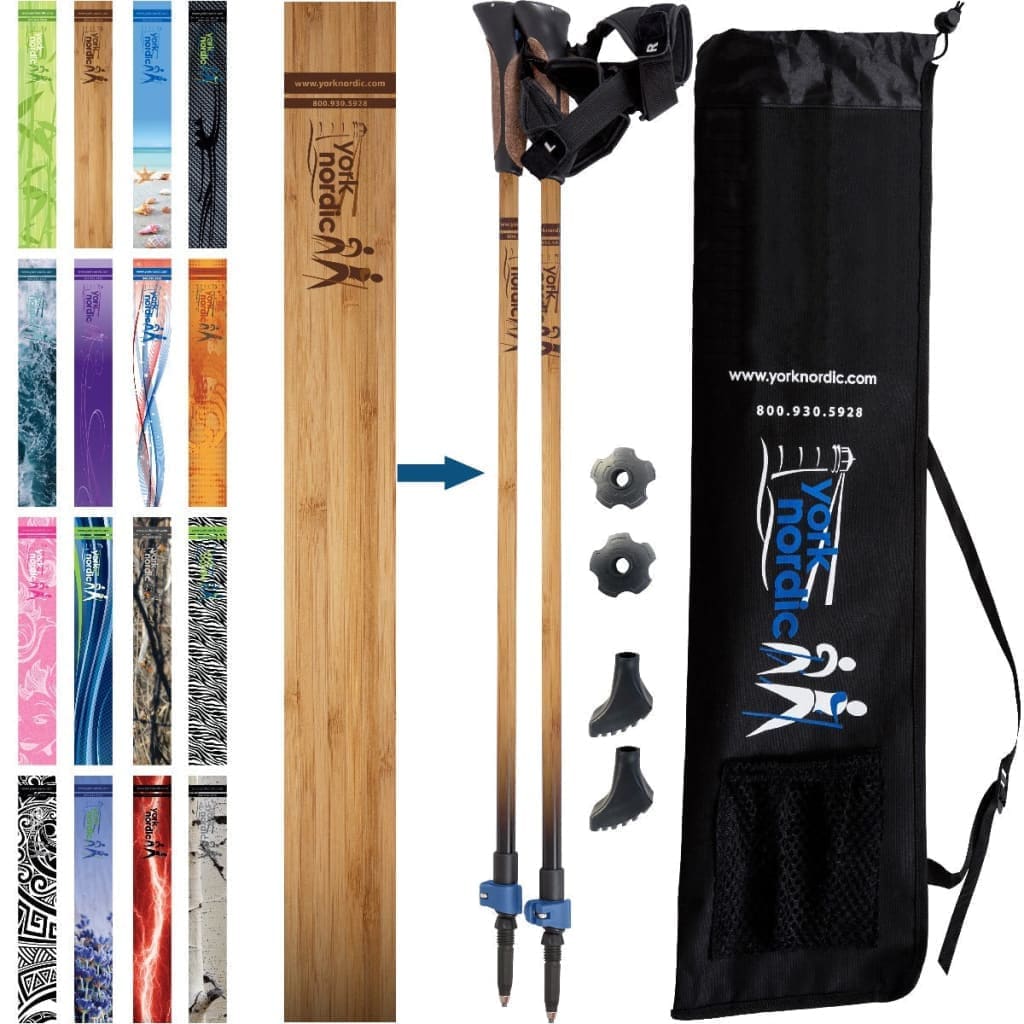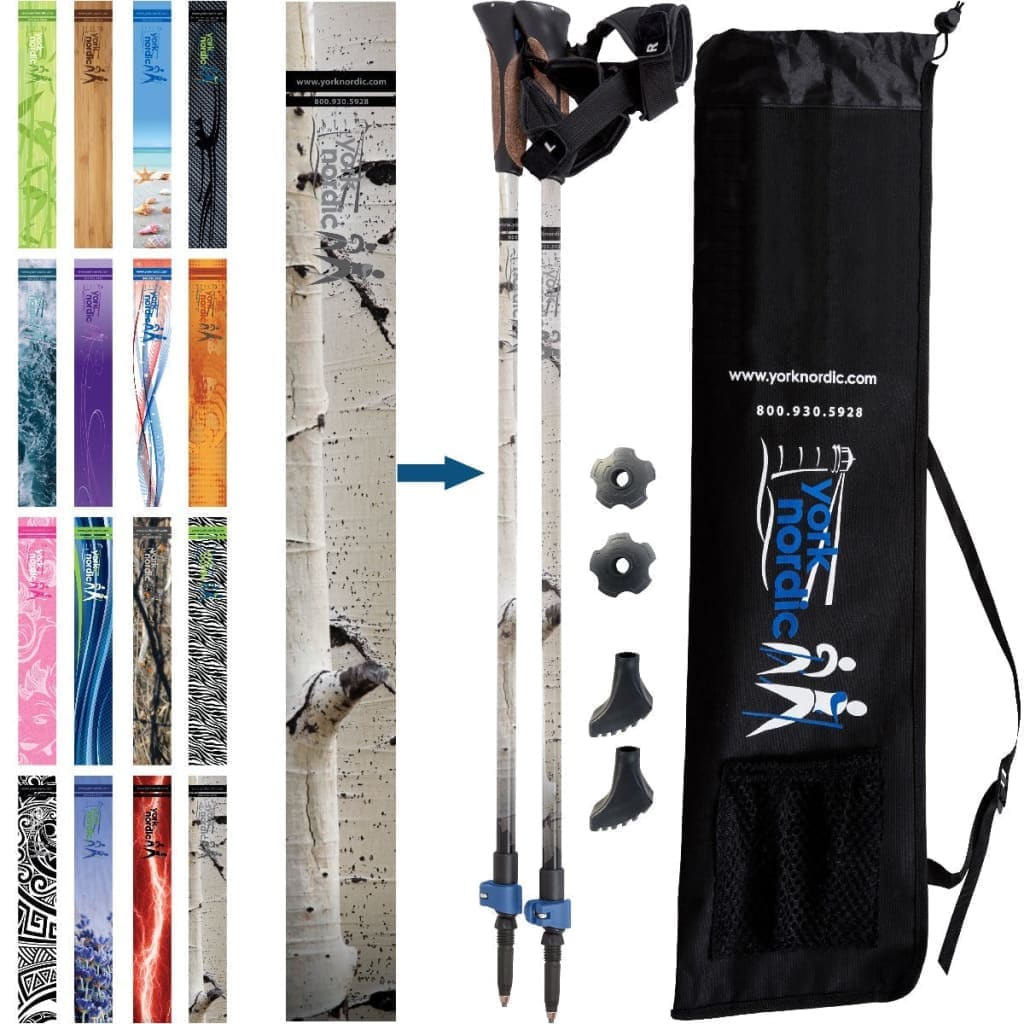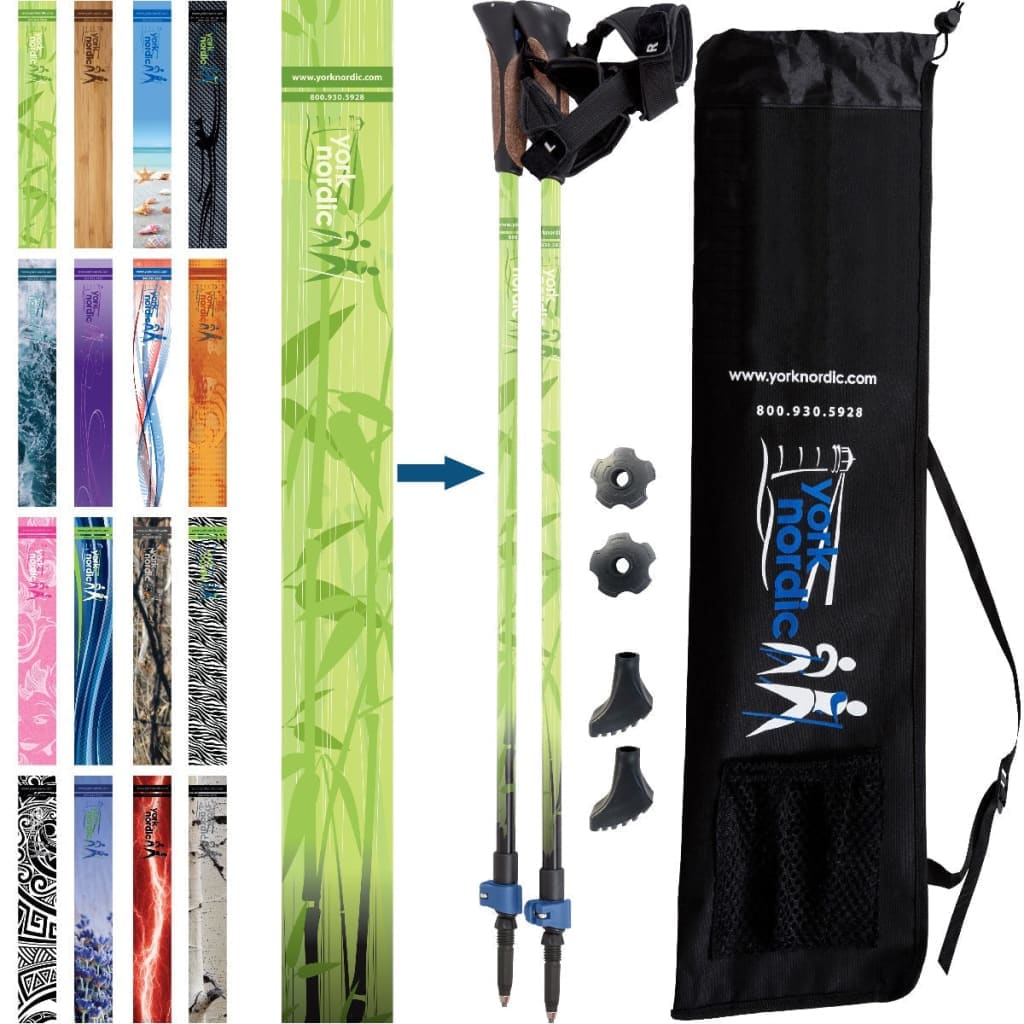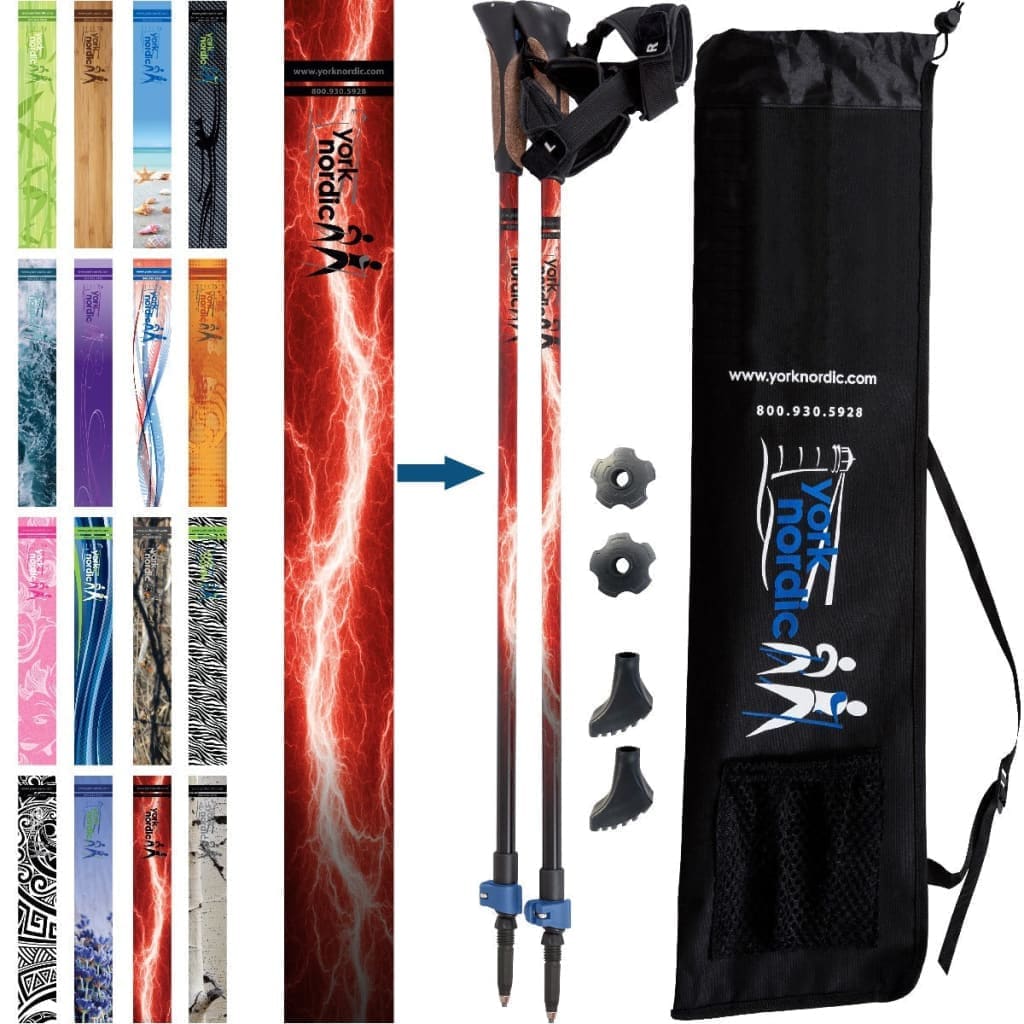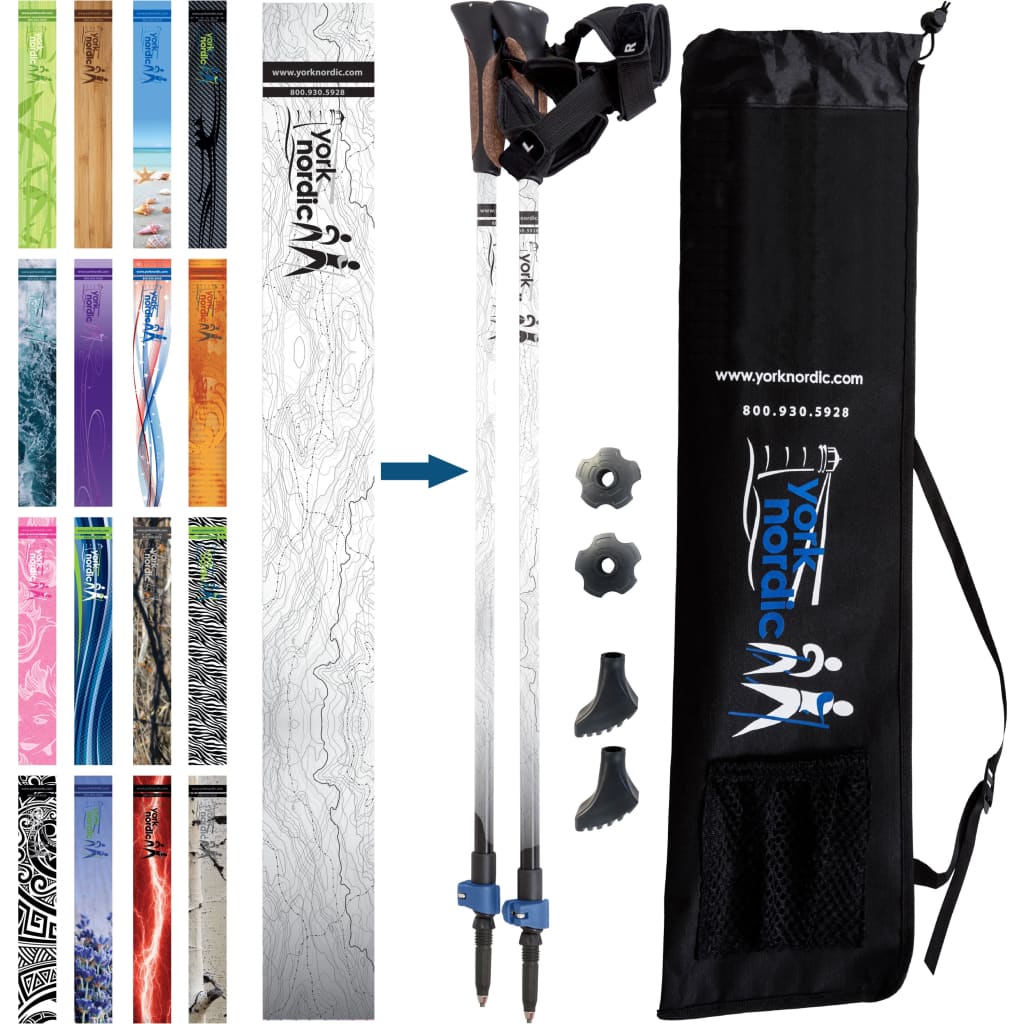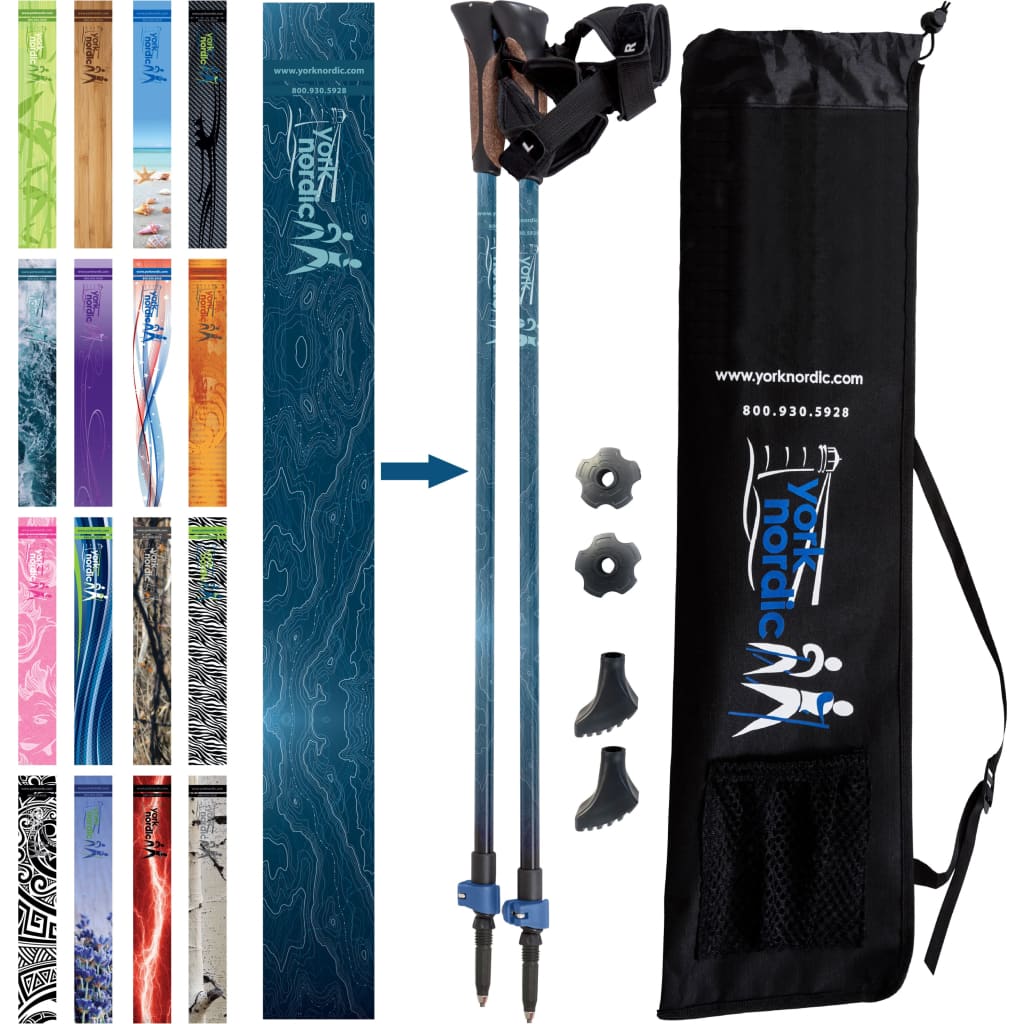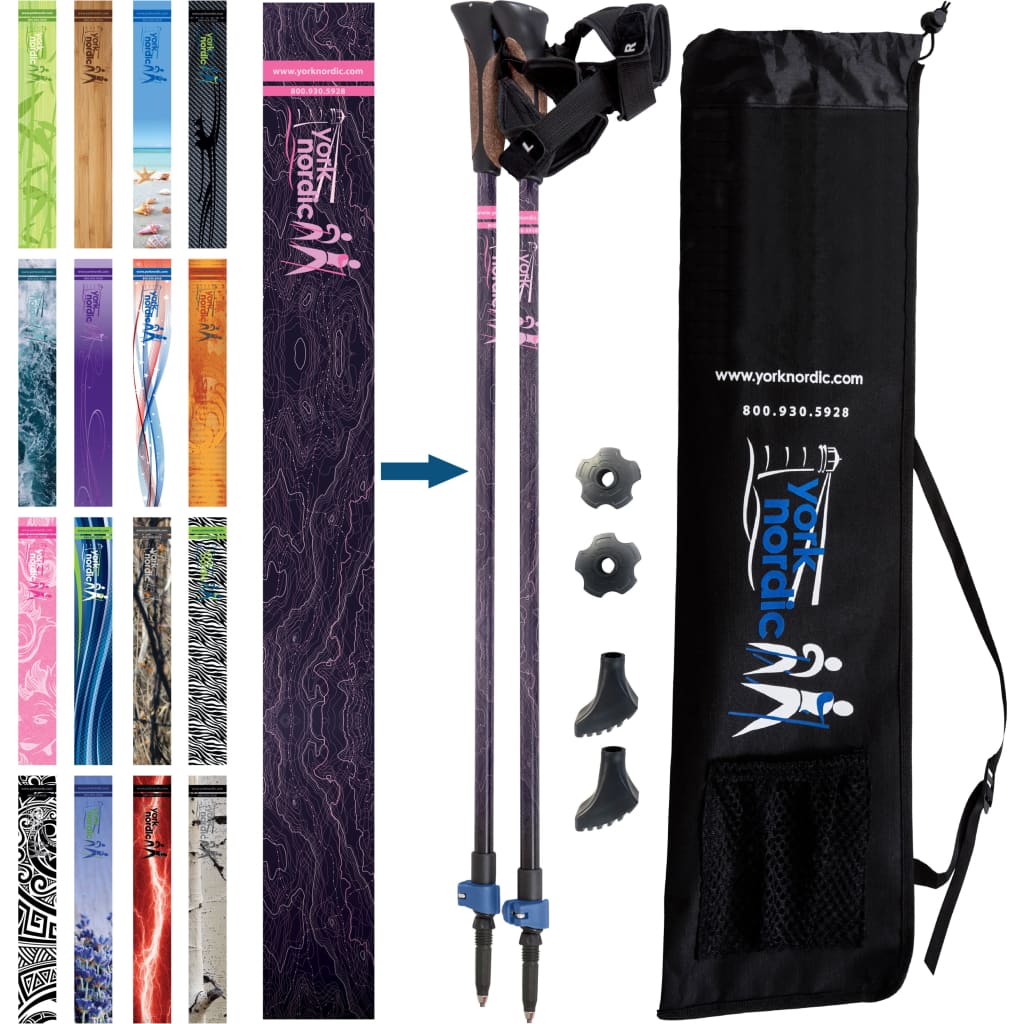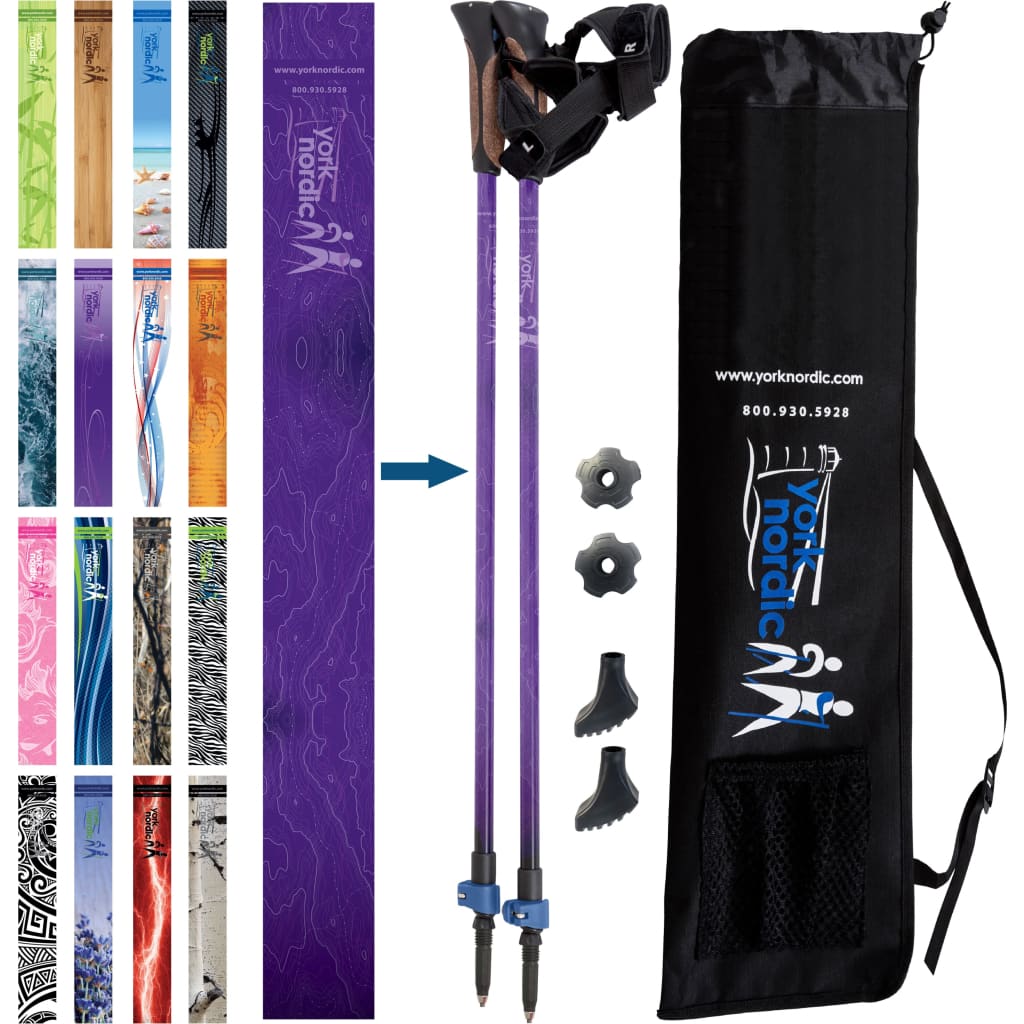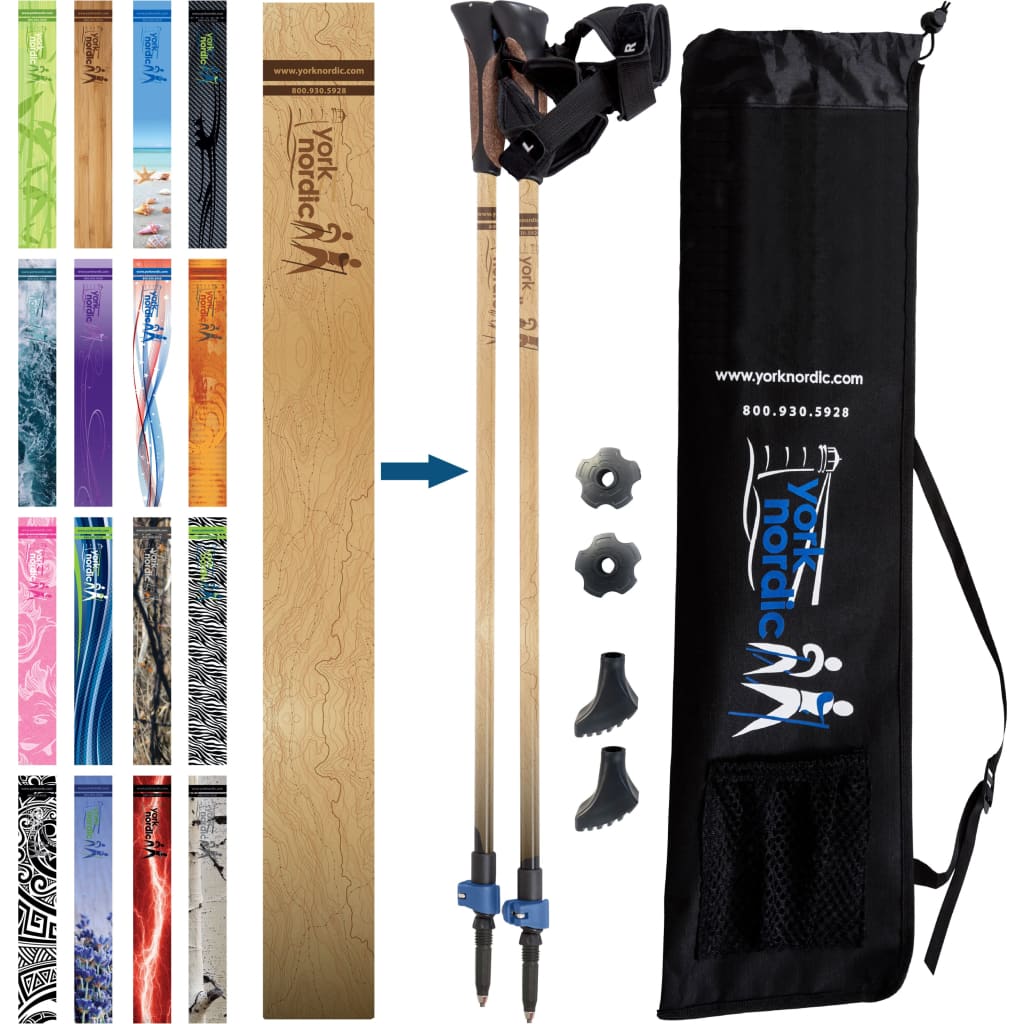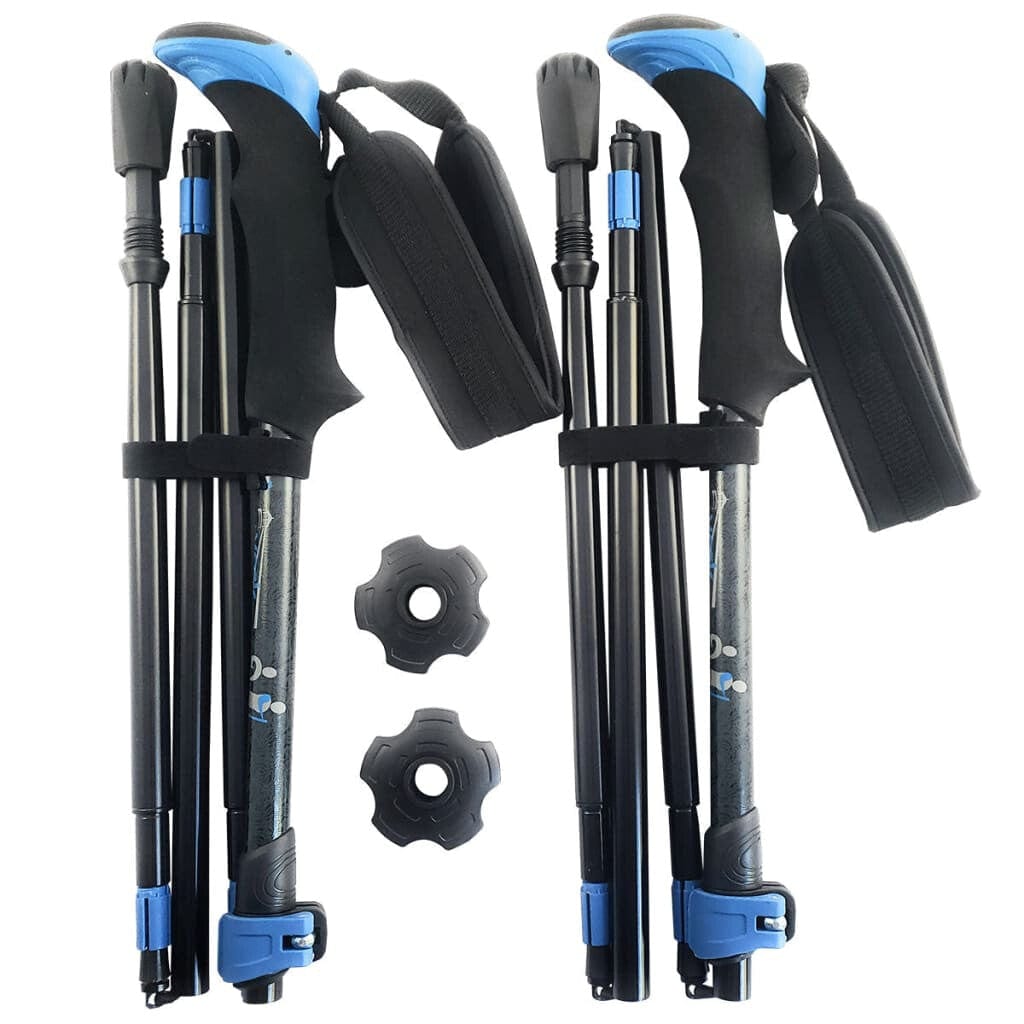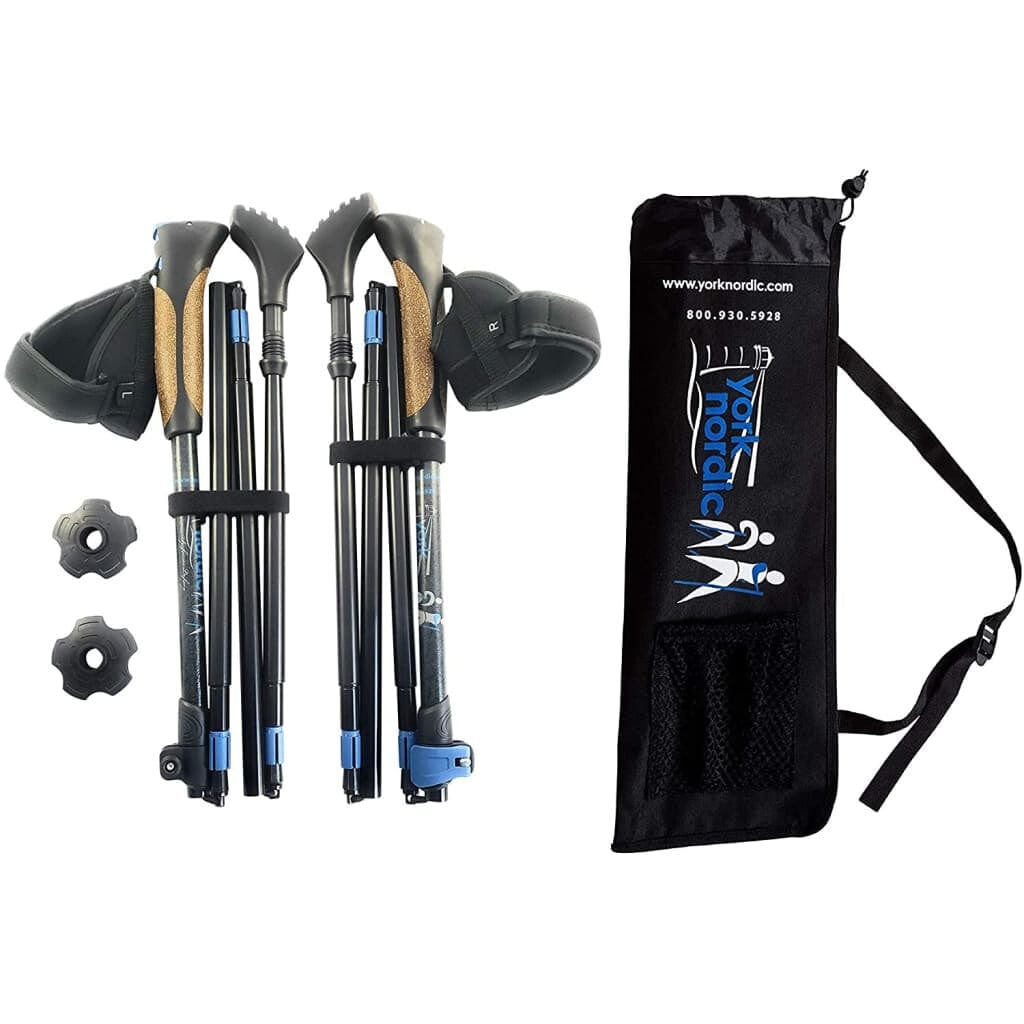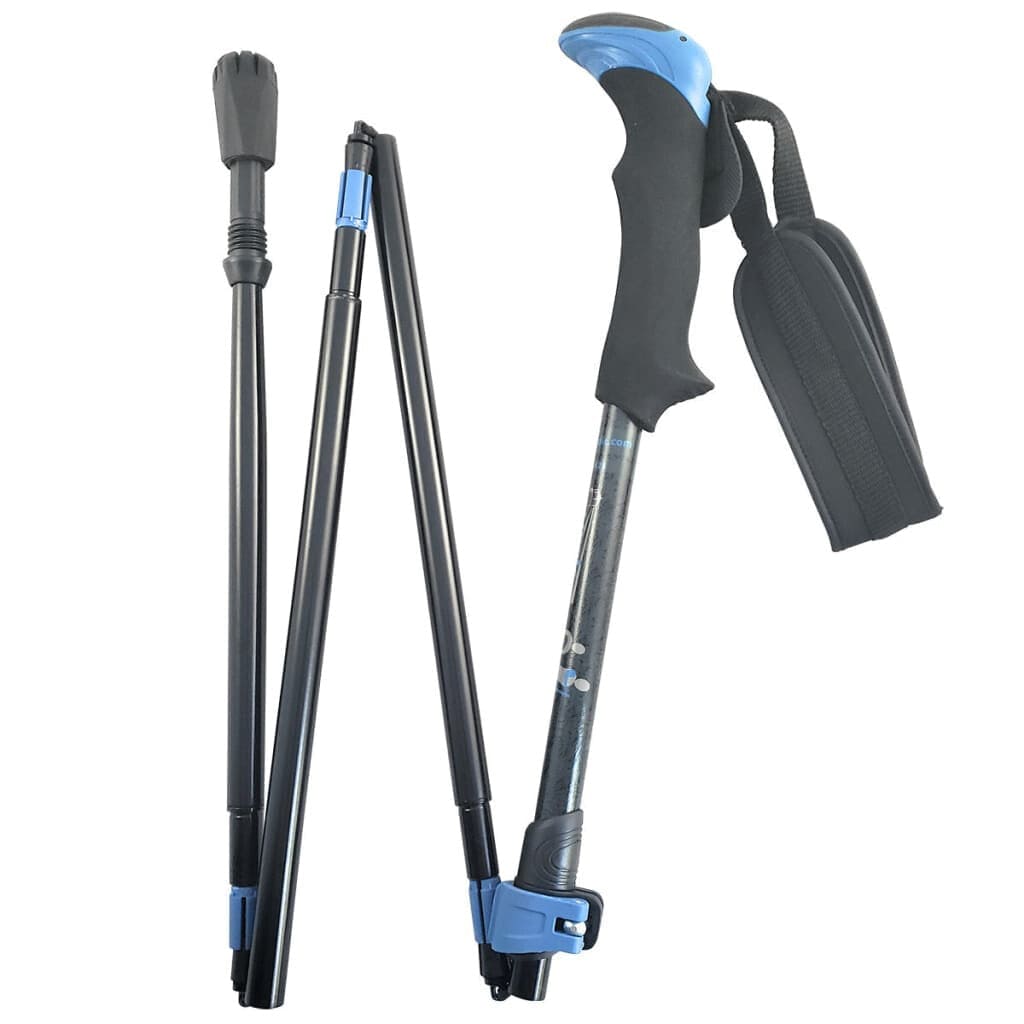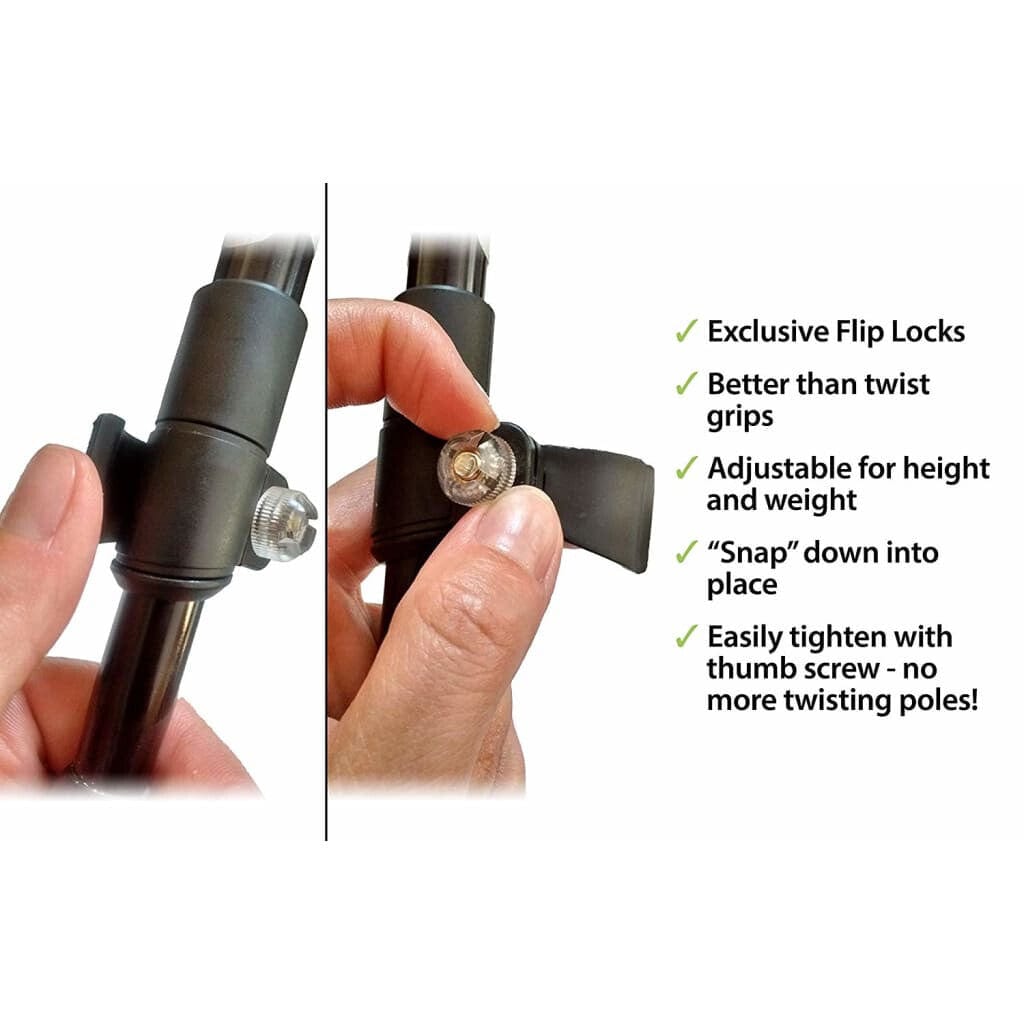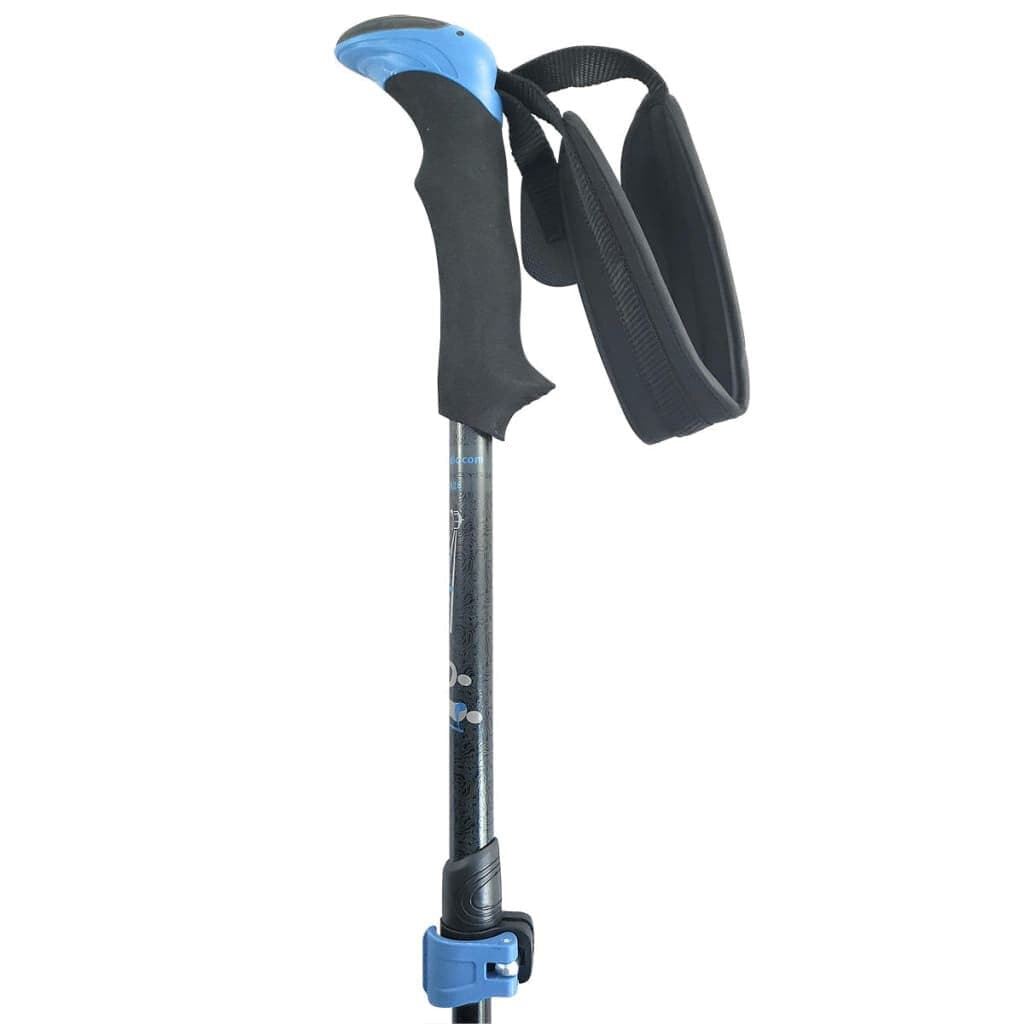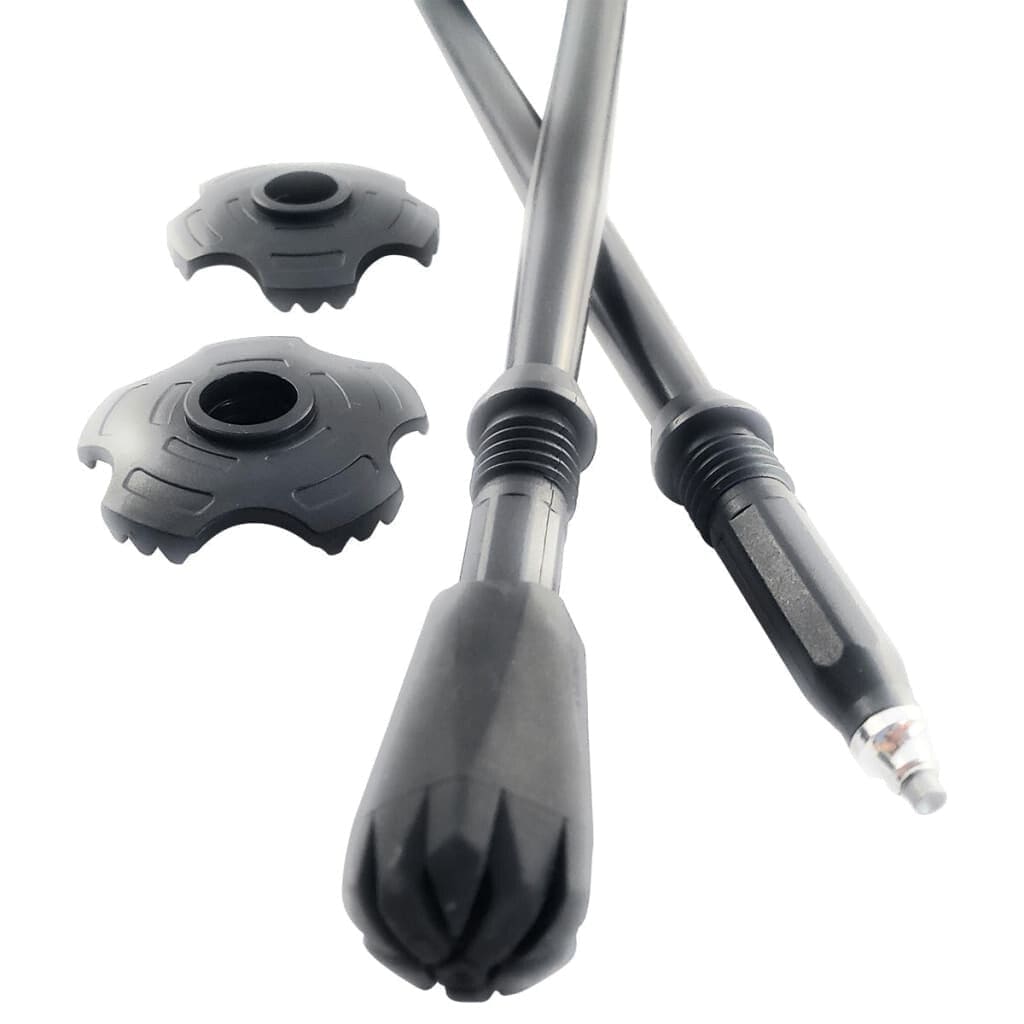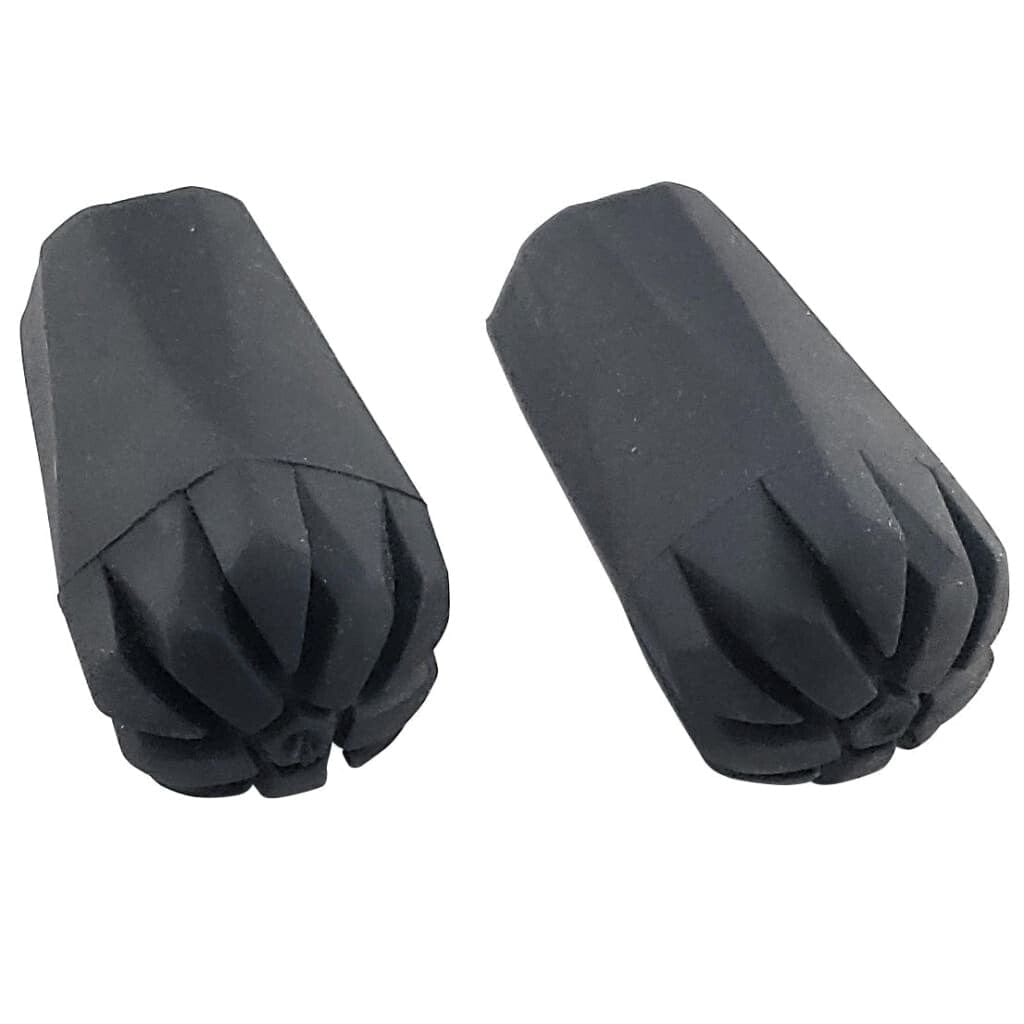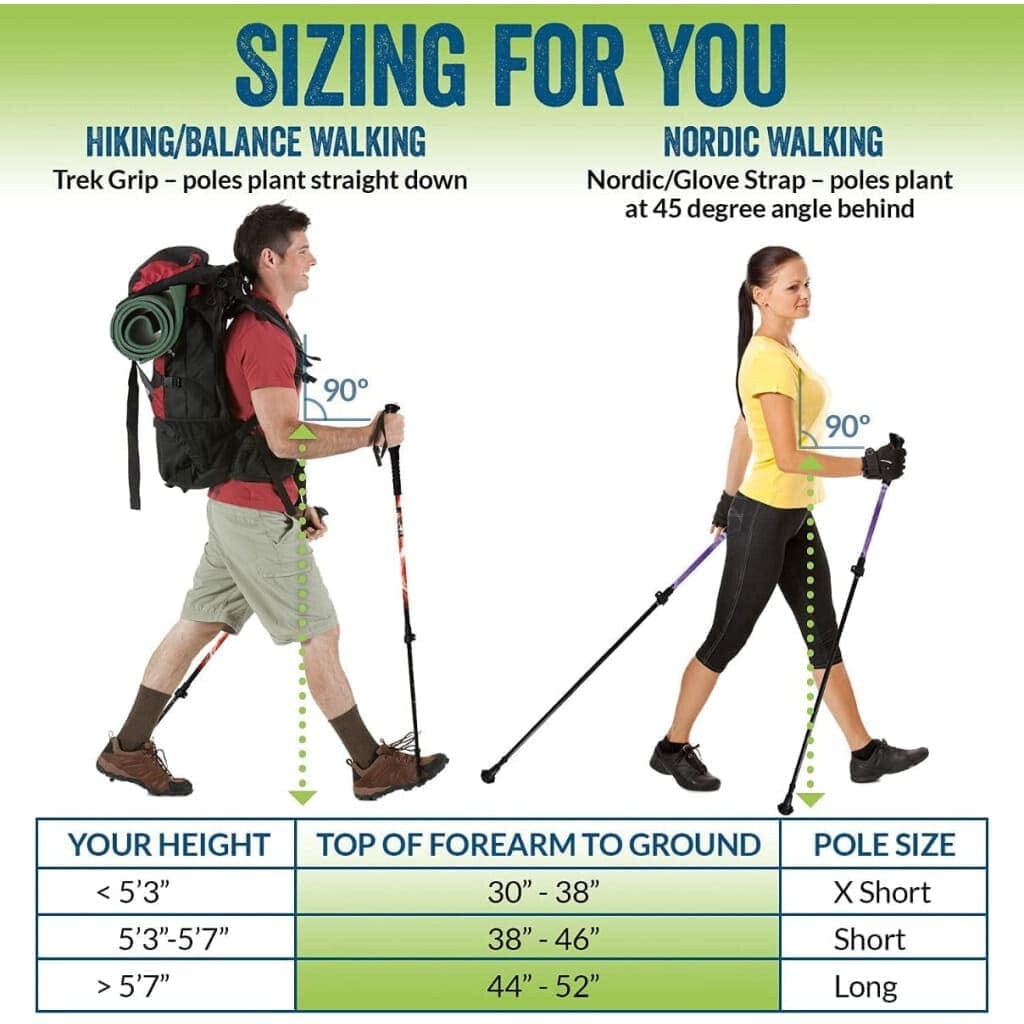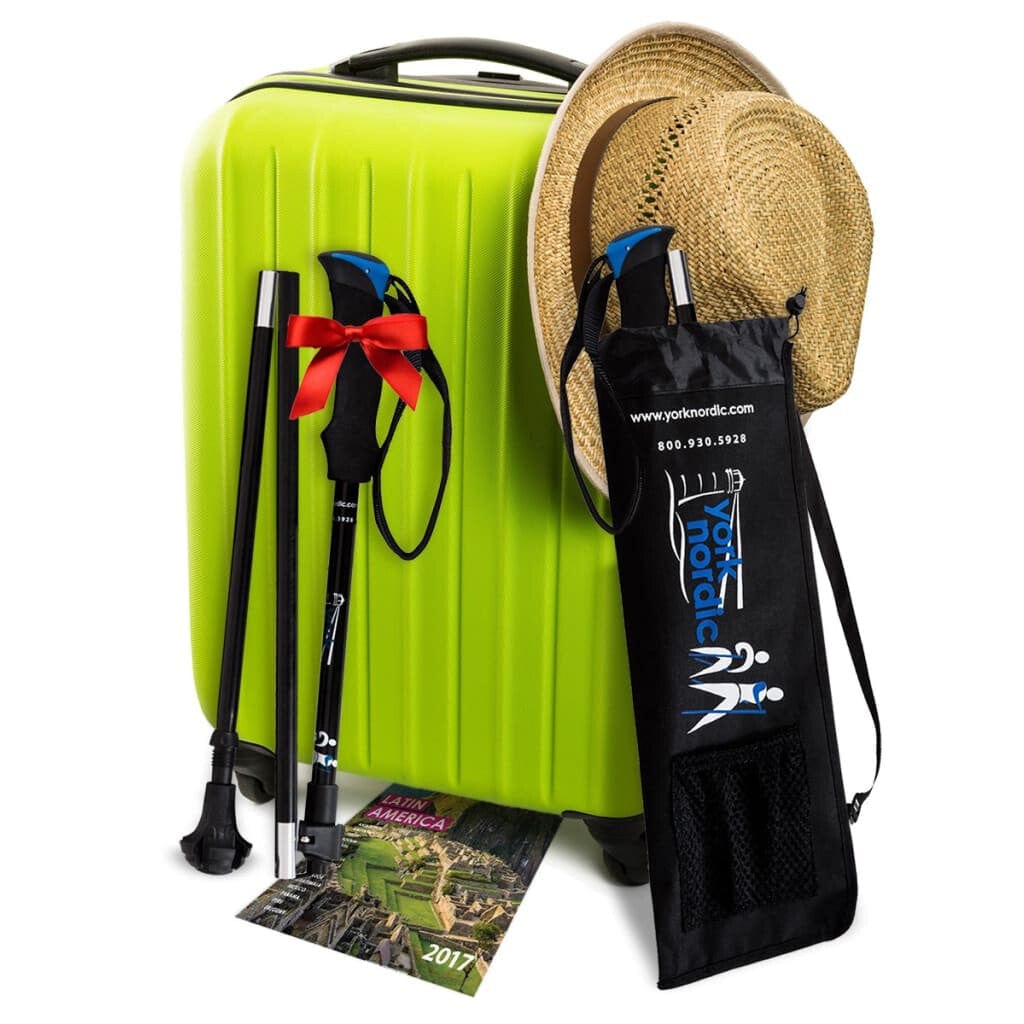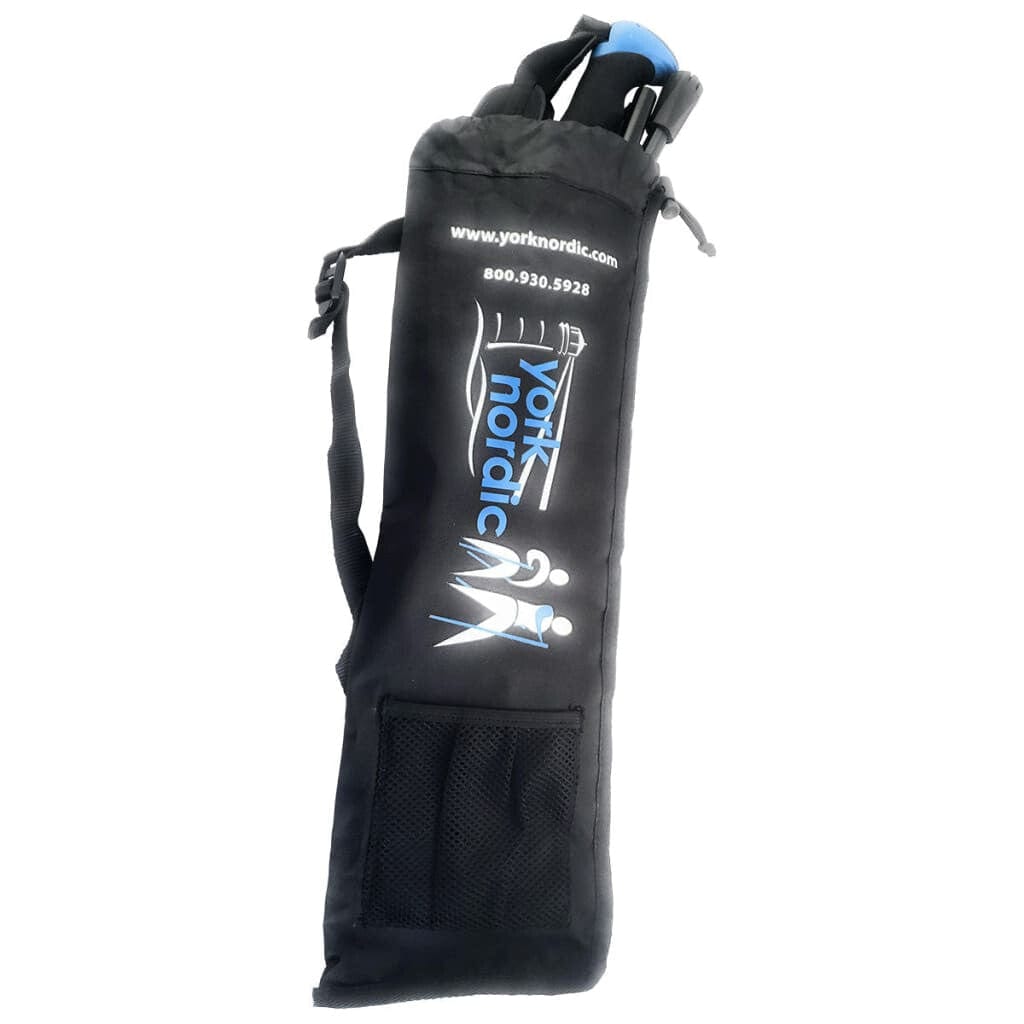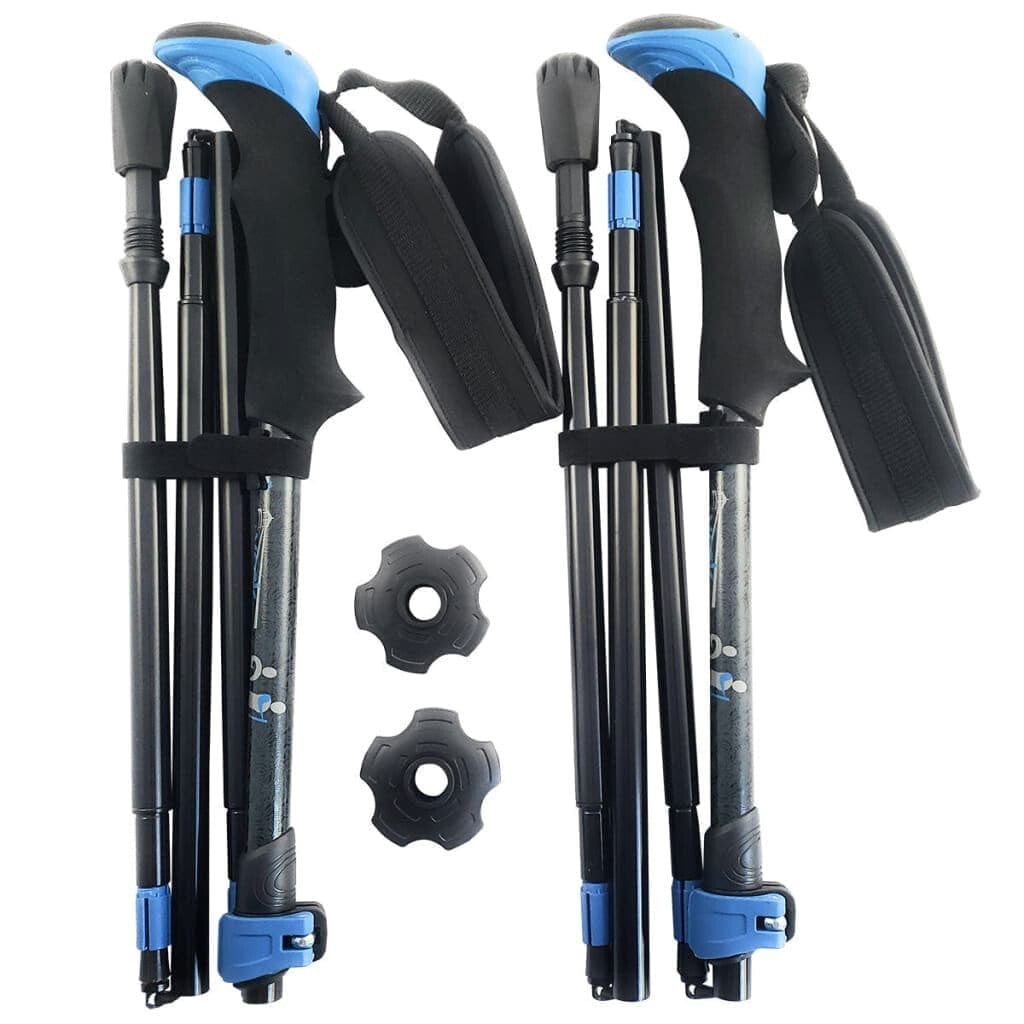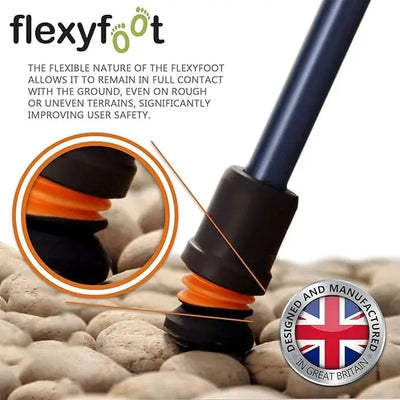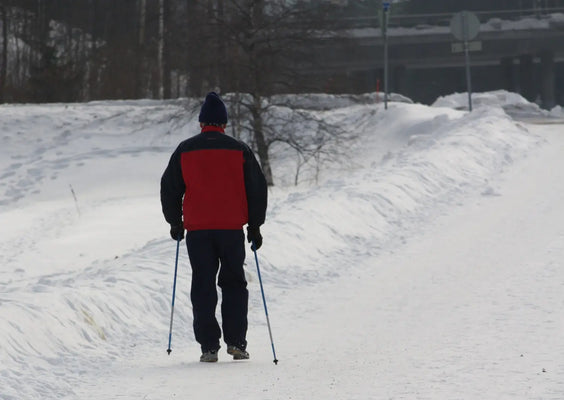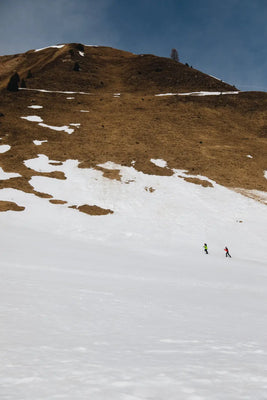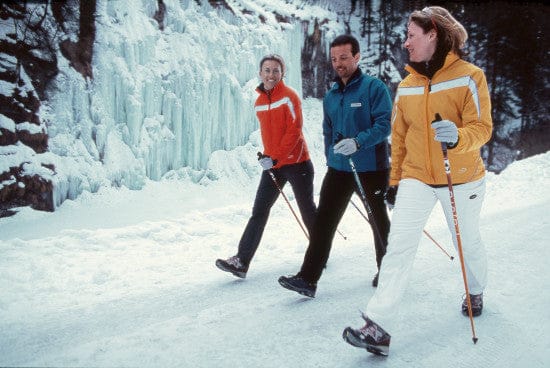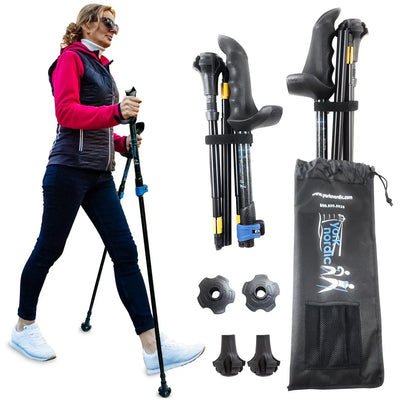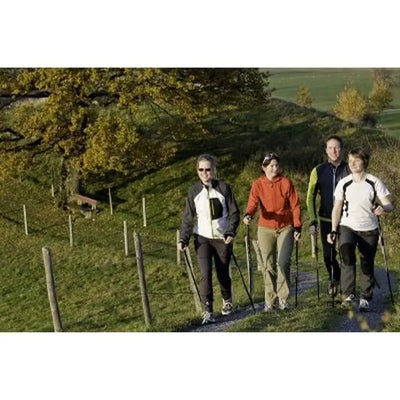
Nordic Walking News and Updates
How to Choose the Best Trekking Poles for Seniors
Are you thinking of going hiking during your retirement?
Retirees often get the chance to enjoy some peace as soon as it presents itself. Most of them have had enough excitement in their life to set it all aside and focus on spending time with the people they want to spend time with. Some retirees don’t like settling down though.
They can’t stand the thought of missing out on a lot of the excitement they missed while working in their industries. This is why a lot of seniors tend to look up trekking poles online and consider going hiking.
Unlike other exciting pass times, hiking is a safer option and it even provides benefits to one’s health and mental well-being. To ensure safety and ease of travel for seniors though, getting the right poles is essential. Read on for a list of the best features in hiking poles today.
1. Pole Adjustability
The main function of trekking poles is to provide stability and support for the hikers. Getting the right pole length for each hiker is essential to provide the right support.
Poles should make your arms bend at a 90-degree angle to provide stability. If they’re too long or short, it can cause the hiker’s arm to start aching as the trek goes on. It can even cause them to slip if they climb at an angle.
This is why it’s important to look for poles with adjustable lengths. This allows hikers to adjust the height of their poles to any length they’re comfortable with. There are even telescoping poles which extend and retract at set lengths.
While you’re at it, look for a locking mechanism you’re comfortable with as well. The simplest lock available for poles today is the external lever lock. It’s a clamp system which is easy to adjust on the go.
If you’re looking for a quicker way to lock in your pole’s length though, you’ll want a button lock for your sticks. Pressing the button will first loosen the pole for adjustment and pressing it again will lock in the current length. Useful for convenient and quick adjustments.
2. Pole Weight and Durability
Before, choosing a durable pole meant settling for a heavier one. This resulted in hikers tiring out quicker due to carrying around a heavier pole. Today, materials are better and you don’t have to sacrifice either weight or durability when choosing your pole.
A pole’s durability comes down to the material it’s made from. Aluminum poles are a popular choice because of their durability and cost. A pair of aluminum poles often weight a total of 22 oz.
During a rough hike, aluminum poles may bend but that’s the worst you can fear. These won’t break from any hiking accident.
You can also choose composite poles if you want lighter poles. These find themselves made from carbon and are lighter than aluminum poles. They also do a great job absorbing vibrations which may lead hikers to have aches in their hands.
The only problem with composite poles is the carbon they’re made from doesn’t do as well under extreme pressure and stress unlike how aluminum hiking sticks do. Unless you know you’re hiking on a gentle trail, it’s best to pass on the composite poles.
3. Foldability and Collapsibility
When you’re going out to hike, there are lots of essential gear you have to take with you to ensure the best experience on your trip. With how much you’ll be carrying, getting poles which are easy to carry around is essential.
If you’re looking for this kind of convenience, you should look for foldable or collapsible poles. Foldable poles act much like the poles of a tent when they’re loose. They’re often lightweight, hence, easier to carry around.
The collapsing feature allows you to carry them around in the nifty travel bags they come with. When you’re ready to use them, they’re quick to deploy, sometimes with only a push of a button. This leads to no lag time while on your trek.
4. Pole Grips
Your pole’s grip is also something you consider when browsing your options. The material it’s made from can change your entire experience in the end.
Rubber grips are a common choice for first-time hikers. This is because they absorb a lot of the vibrations from hiking. This prevents some mild aches hikers tend to experience on a long trek.
The only problem with them is they’re likely to chafe your palms. This only happens when your palms start sweating. If you’re susceptible to sweating, you may want foam ones instead.
Foam grips absorb a lot of moisture and prevent chaffing or blisters from appearing. Cork grips, on the other hand, can resist the moisture coming from your palms while molding itself to fit your grip.
5. Shock Absorbers
Some poles have an internal spring which absorbs shock when it hits the ground. This is a useful feature when you’re going downhill. This feature is also useful if you have bad hips or other joints.
Lots of seniors with backpains find this feature to be a blessing as it reduces things like back pain and such. What’s great about this feature too is that you can turn it off when you don’t need it. If you have a history of joint pain, this feature can help make your hiking experience better.
6. Camera Attachments
Today, poles have built-in camera attachments which make recording your hike easy. Poles with a camera attachment often have stabilizers as well. This prevents the footage from being shaky even when you’re walking with the pole.
If you’re looking to preserve a record of your trip, look for a pole with a camera attachment.
Choose Among the Best Trekking Poles Today
There are a lot of trekking poles in the market today. Make sure you get the best one for you with the help of our guide! Pick yours up and start hiking now!
Still can’t find the best trekking pole for your hike? Contact us here and we’ll help you find the pole which suits you best!

